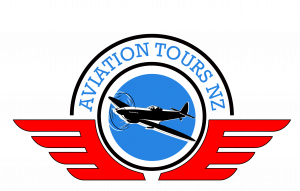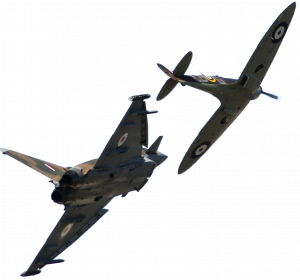Topics
Related Posts
Singapore
Our stopover in Singapore included the Air Force Museum covering the history, heritage, and values of the Republic of Singapore Air Force. Very creative with interactive media, fighter jets, missiles, and anti-aircraft systems. Nice to see a few new exhibits.
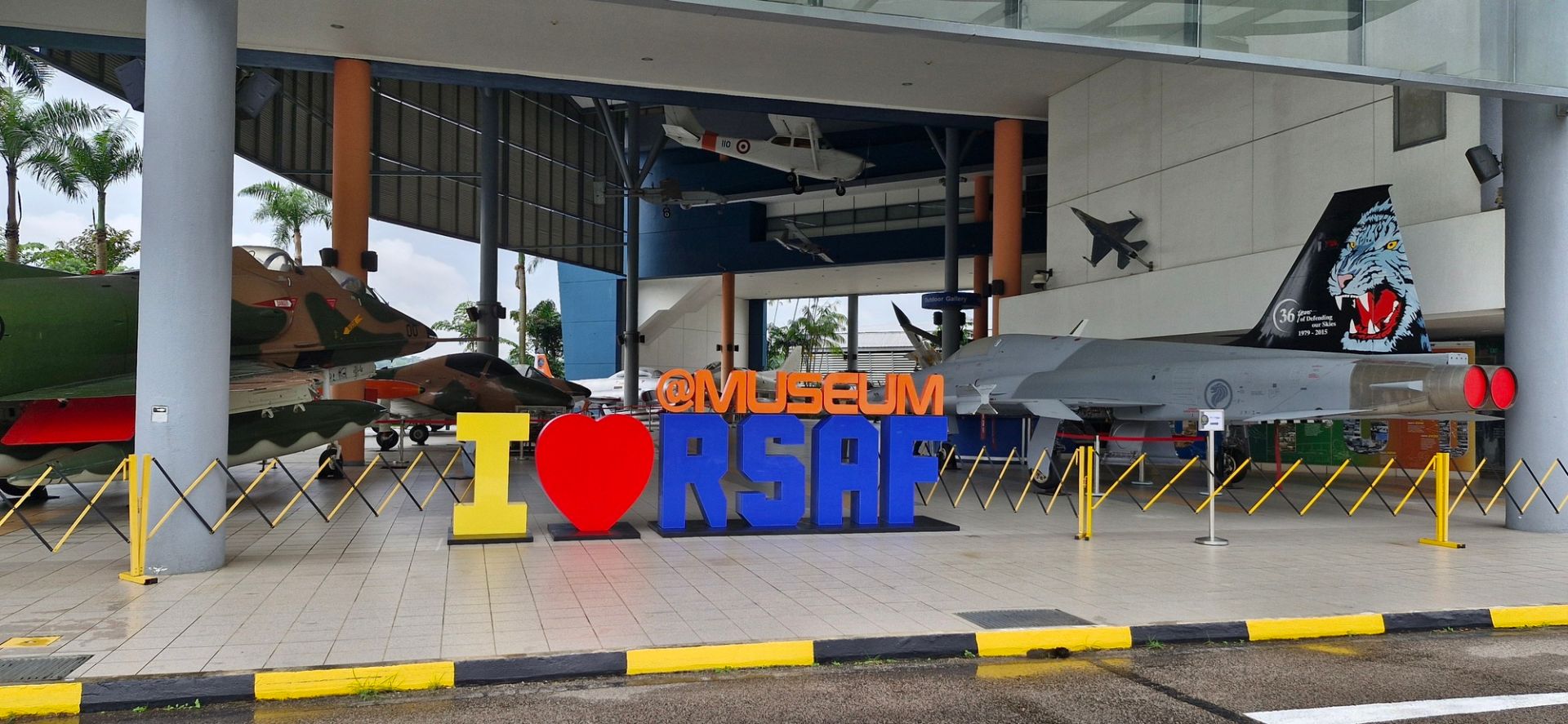
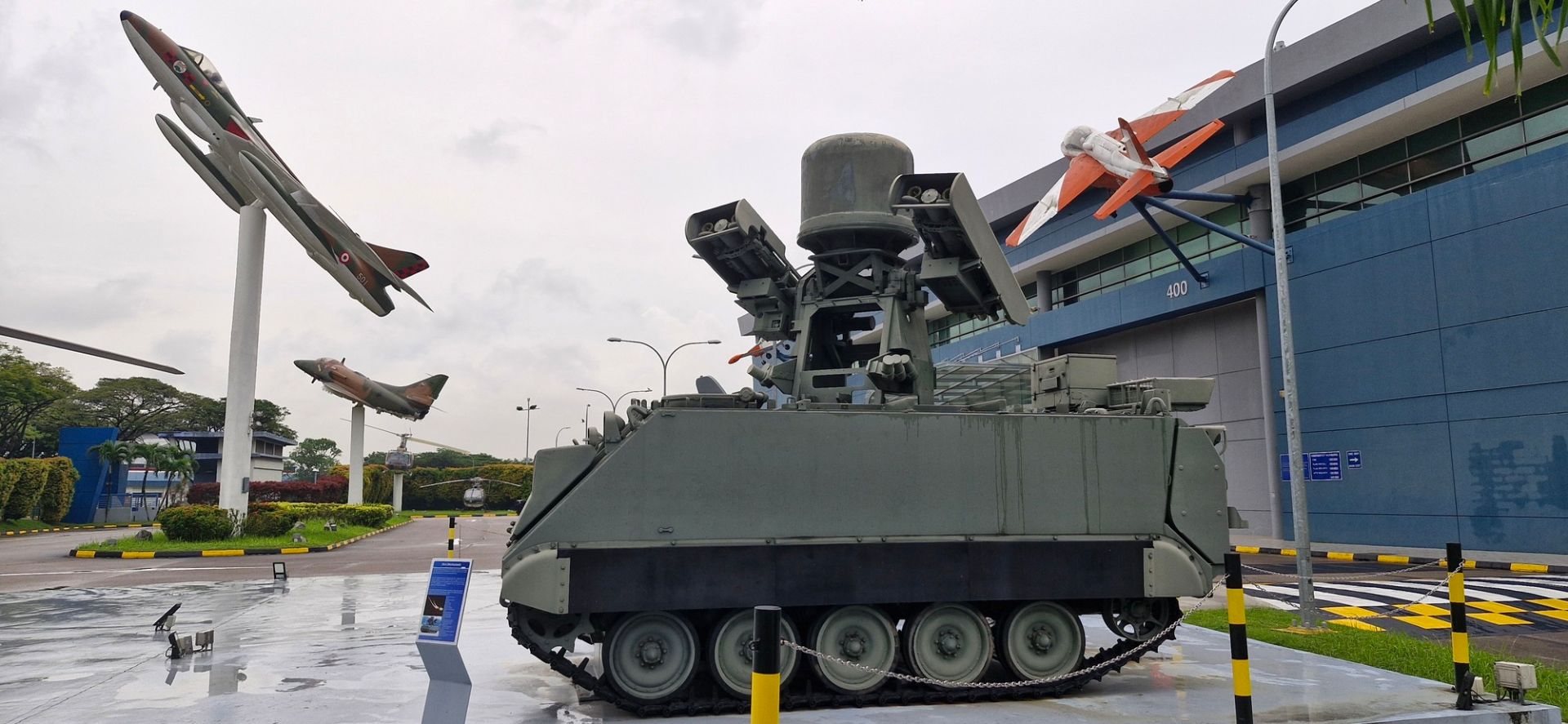
We had lunch at a lovely café in Fort Canning Park, perched on top of what became known as Singapore Hill and site of the bunker completed in 1938 which housed the Headquarters Malaya Command Operations until 1942 when British commanders led by Lieutenant General Percival surrendered Singapore to the Japanese. The bunker was abandoned after the war and re-opened to tourists as The Battle Box in 1992. Staying at the top class Crowne Plaza Changi Airport meant that we also had time to visit the Jewel Changi which is a nature-themed entertainment and retail complex linked to the airport. Its centrepiece is the world's tallest indoor waterfall, the Rain Vortex, that is surrounded by a terraced forest setting. It’s quite stunning.
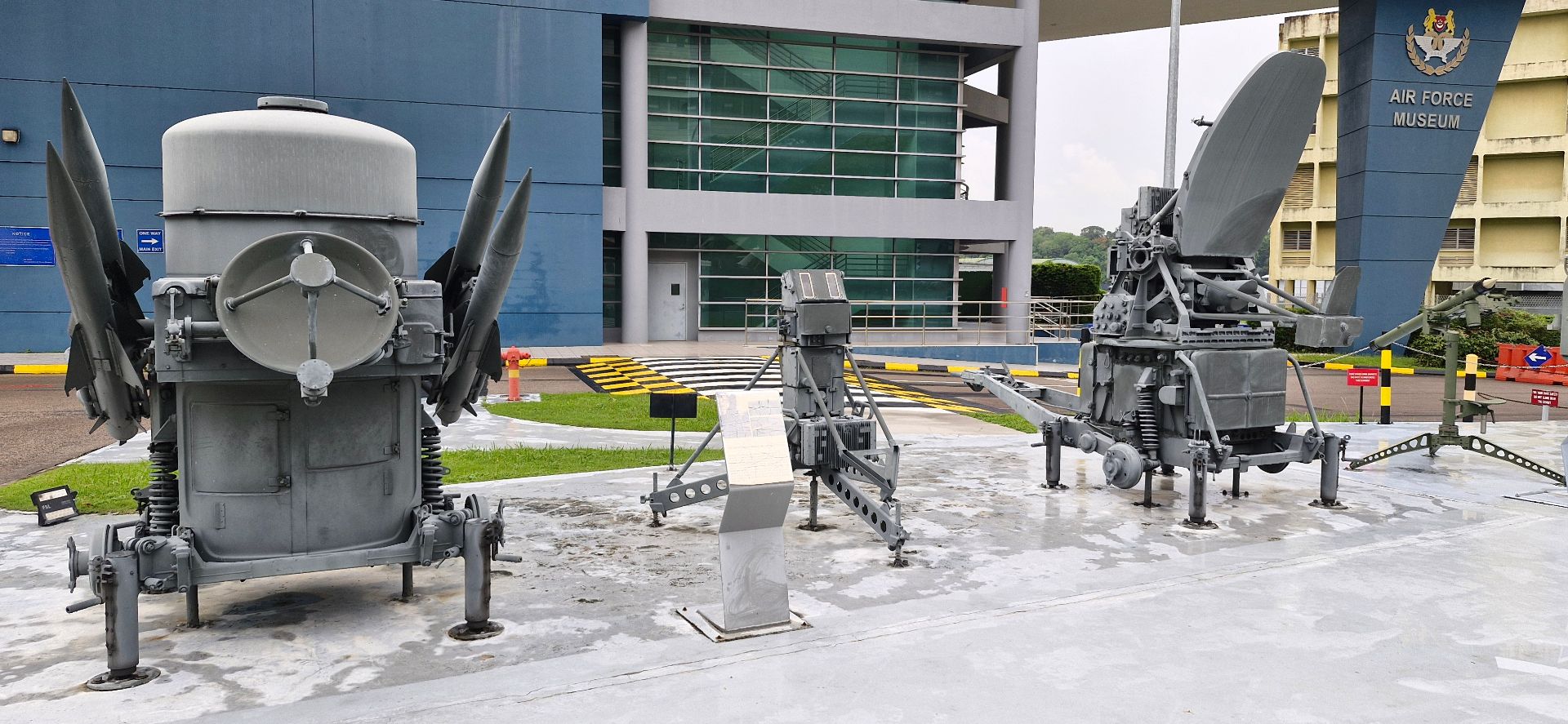
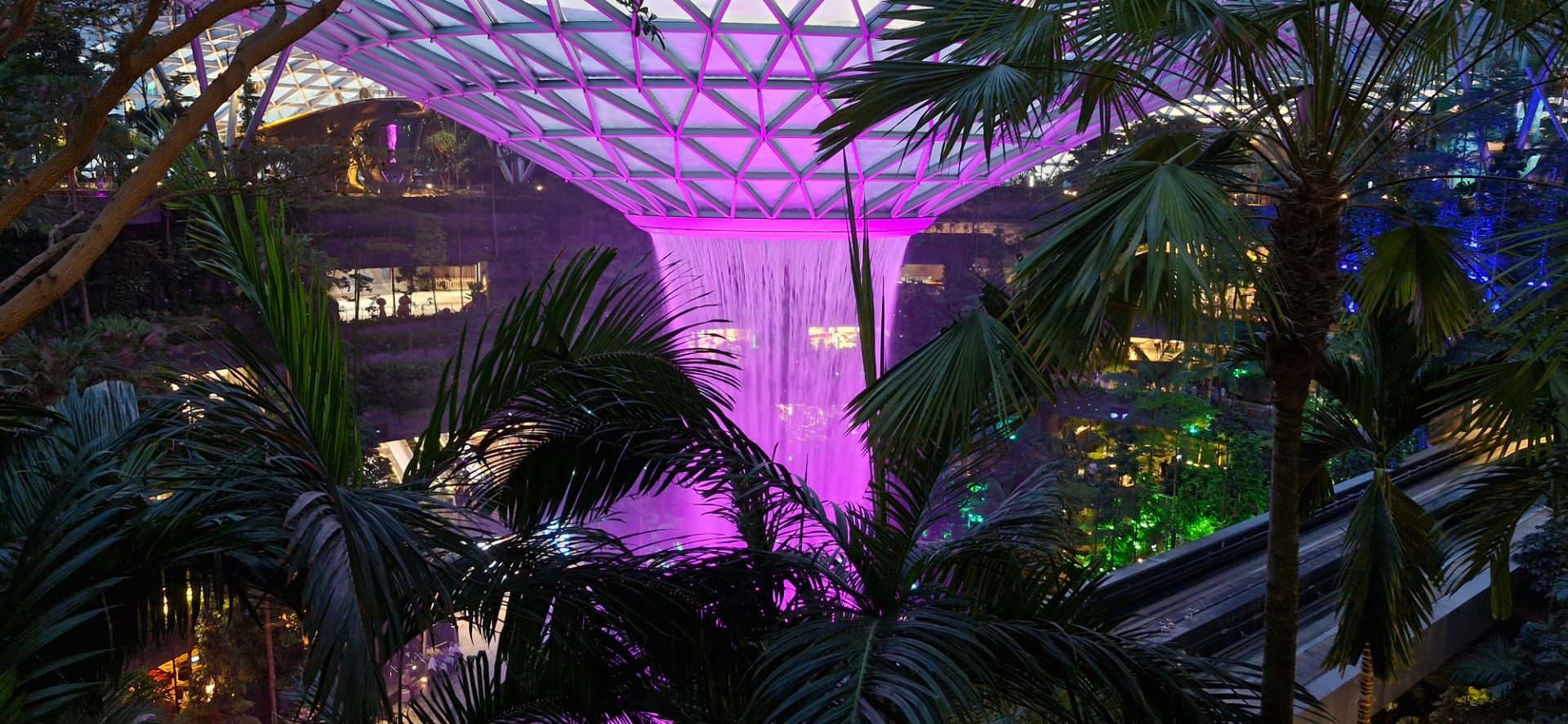
Dover Castle
Rising above the famous White Cliffs high above the Channel, Dover Castle was our first stop. Built soon after 1066, this mighty fortress has been the site of royal intrigue and epic sieges and was at the centre of the crucial effort to evacuate hundreds of thousands of Allied troops from the beaches of Dunkirk.
We had a tour of the tunnels hidden deep within the White Cliffs with state-of-the-art special effects, dramatic projections and real film footage bring to life the dramatic rescue of the British Army from the beaches.
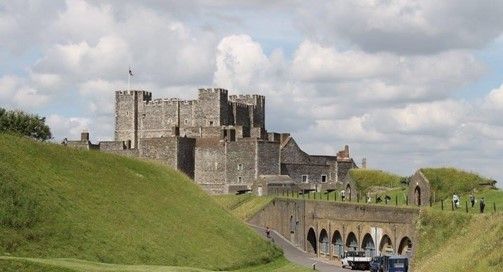
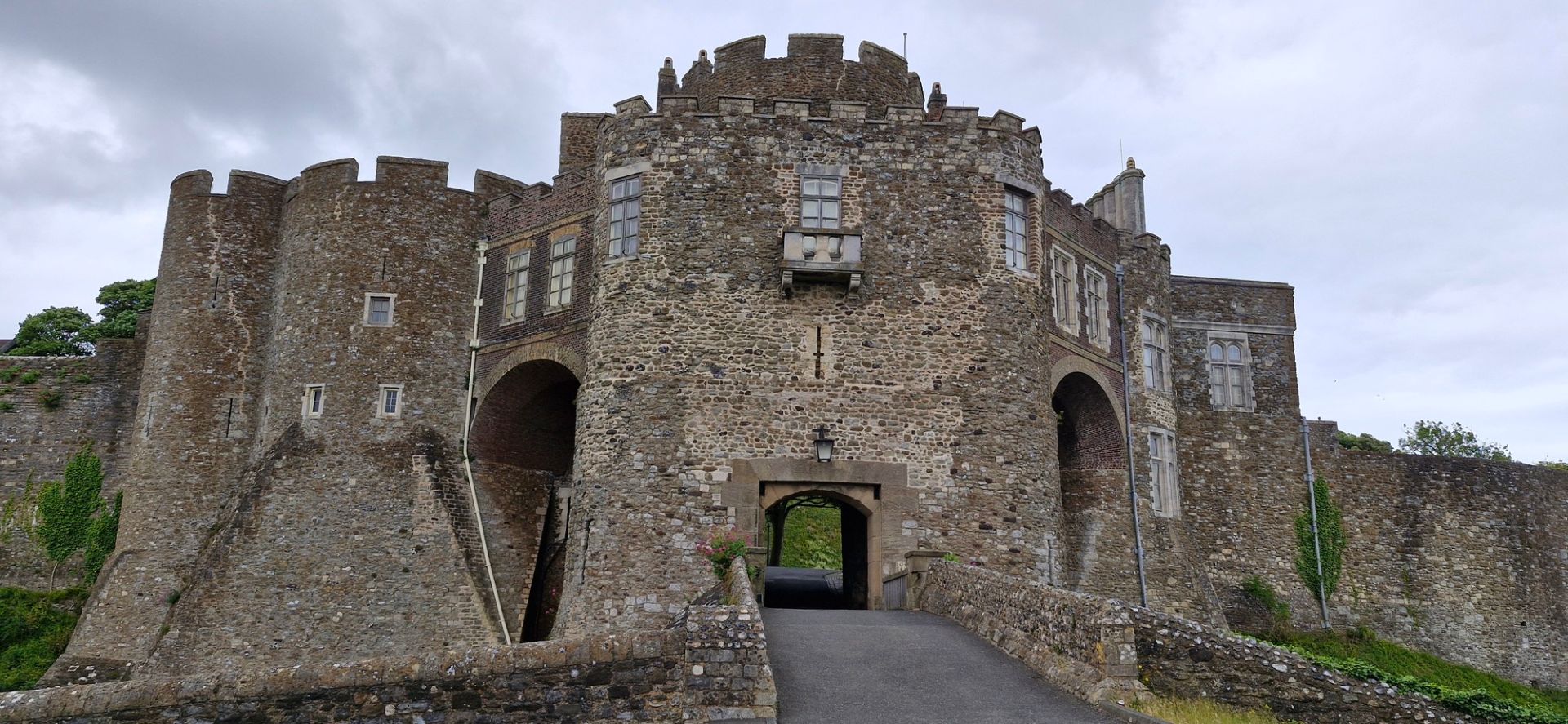
Pegasus Bridge
We took the LeShuttle, or Chunnel as it is more commonly known, over to Calais and headed down to Caen. On arrival we visited Pegasus Bridge Memorial Museum following the footsteps of the first troops to arrive to liberate France in 1944. Café Gondree was the first place to be liberated by the Red Berets who landed Horsa Gliders near the bridge, inland and just East of Sword Beach. One of the many stories told here is that of the 500 paradummies, nickenamed Ruperts, that were dropped as decoys to divert and distract German forces, in what was codenamed Operation Titanic.
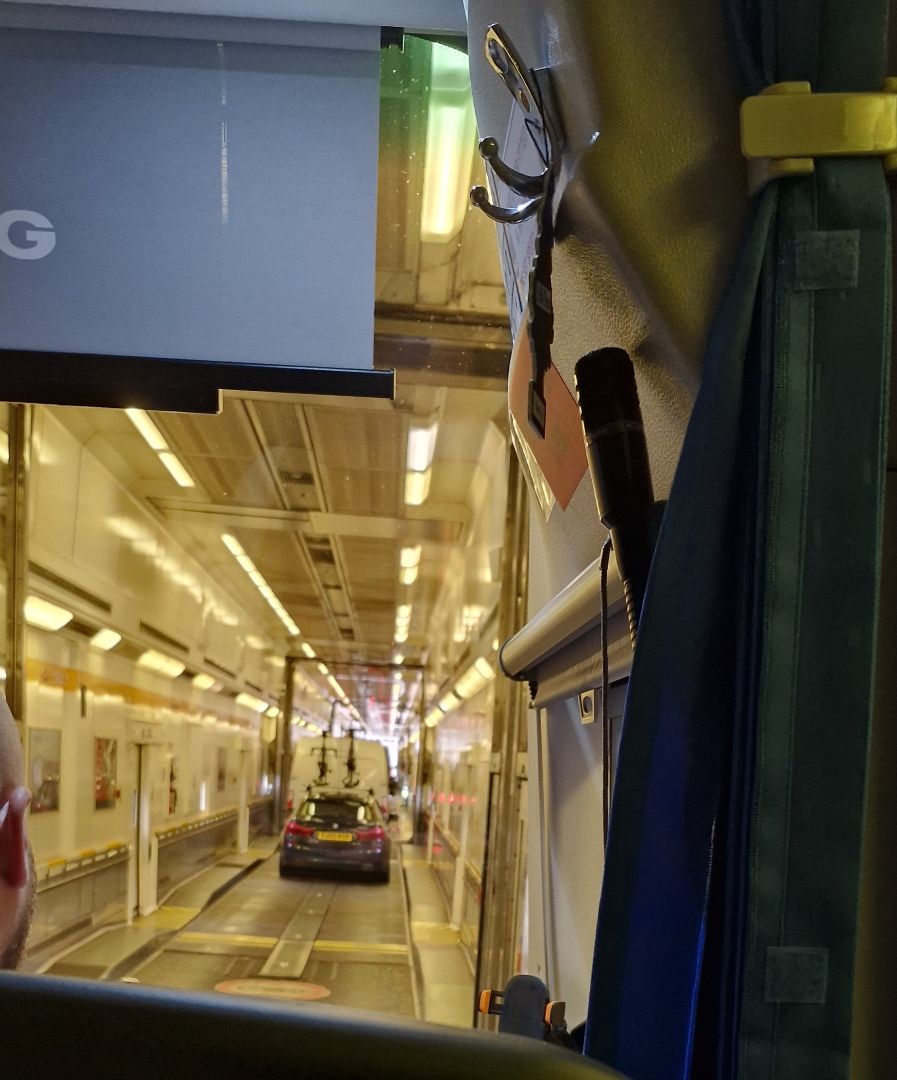
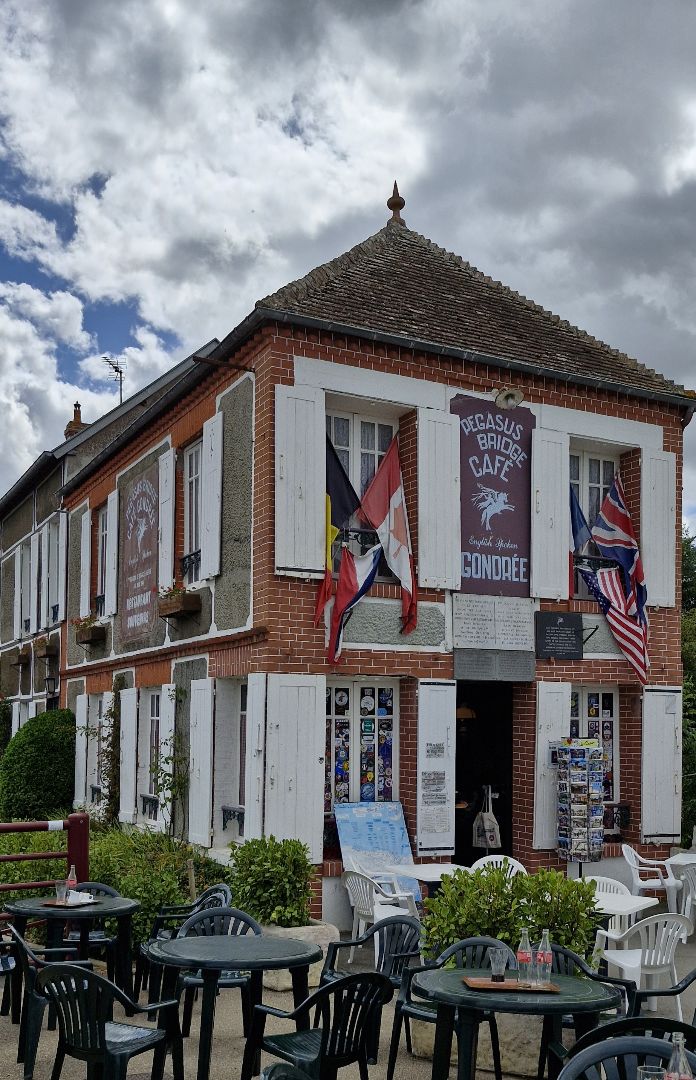
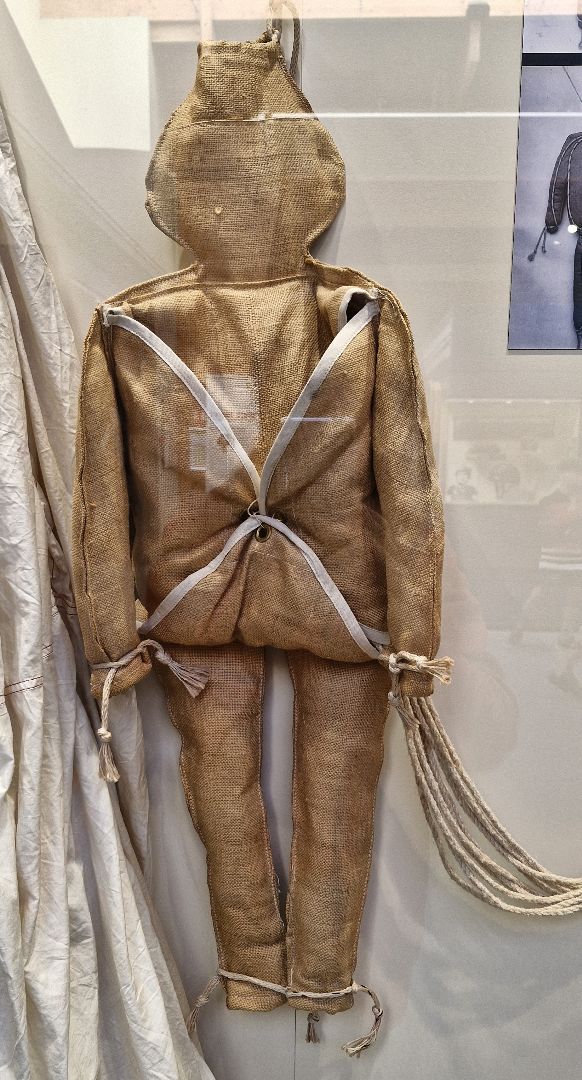
The original bridge is now the centrepiece of the museum, having been removed and replaced in 1994. The sites of the first three landings are marked with memorial plaques right near the bridge.
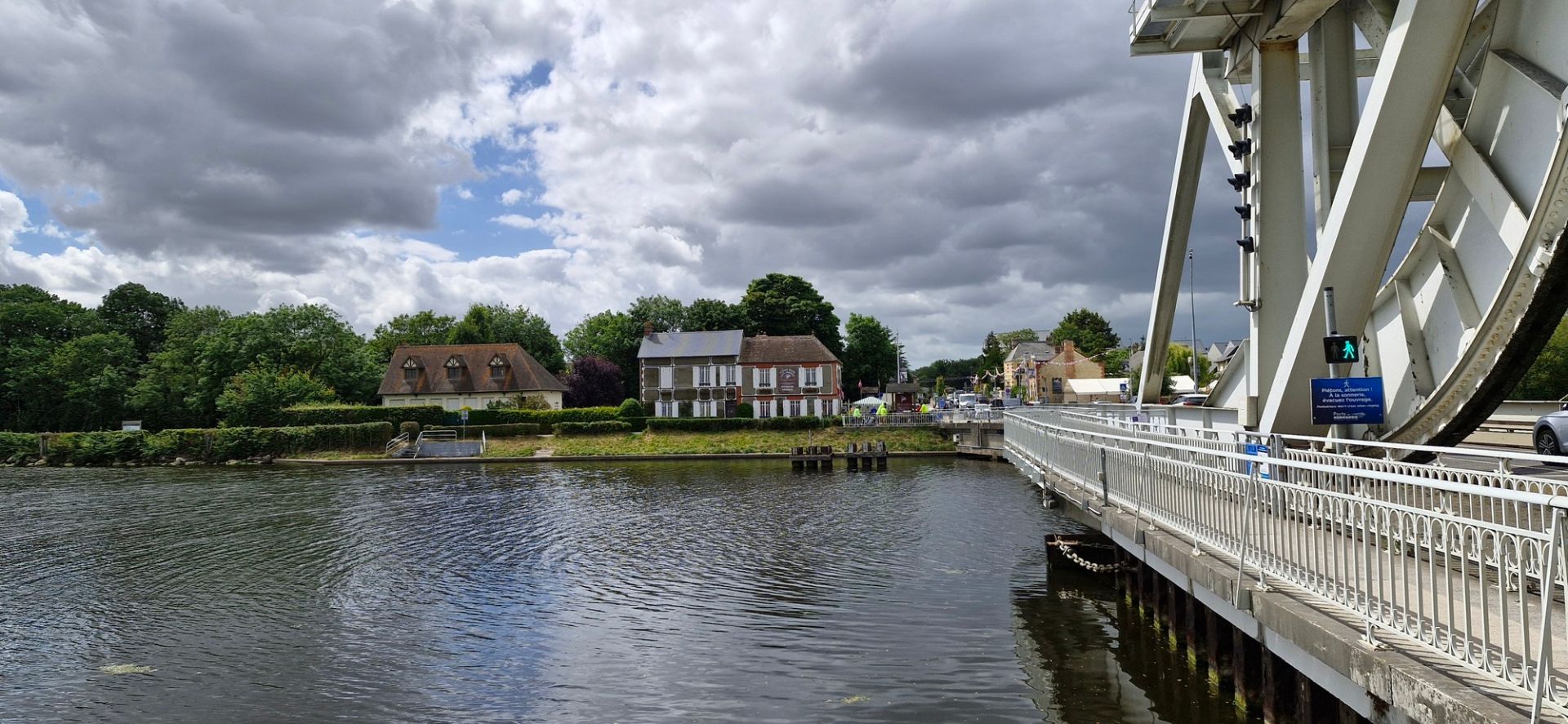
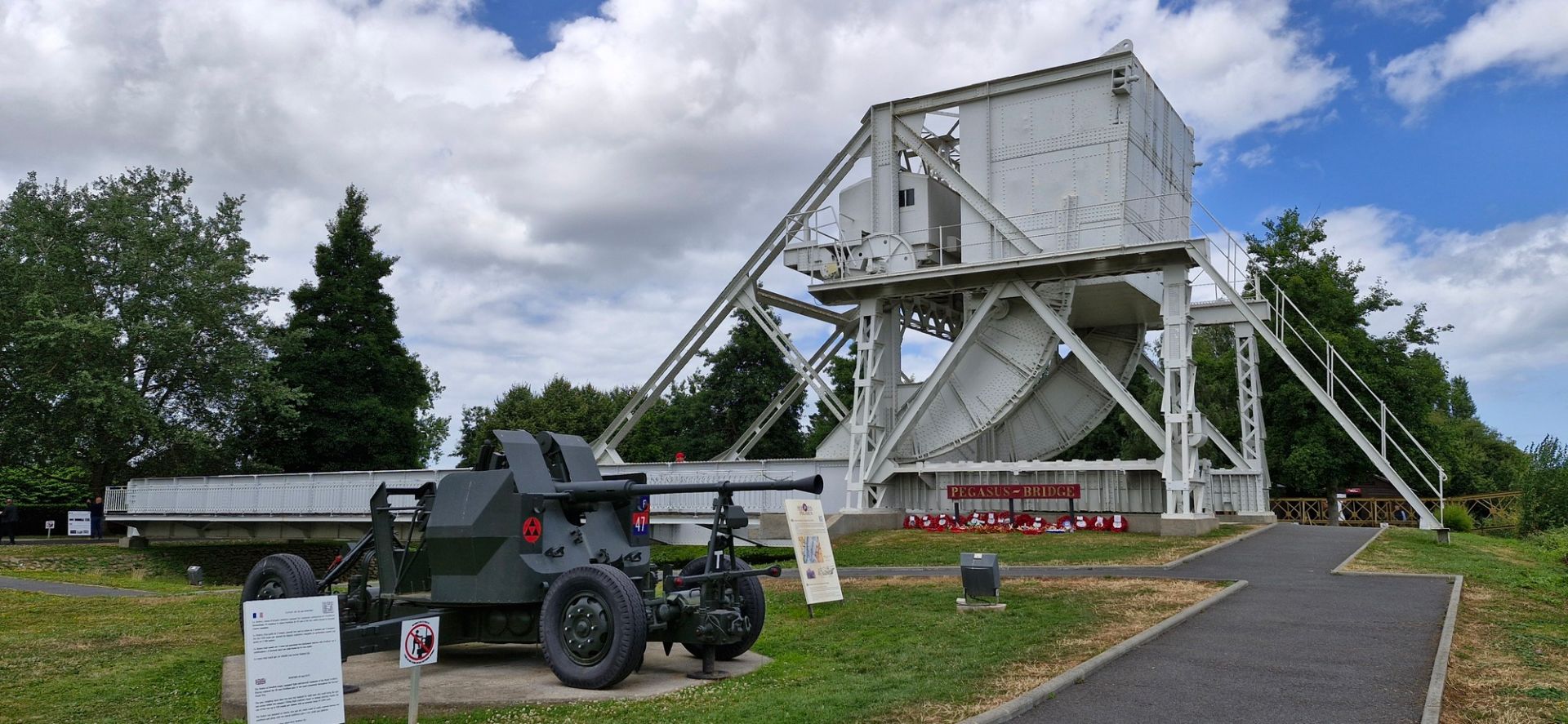
Looking across from the landings and musuem side to Cafe Gondree. Original bridge in the museum.
Memorial Caen & Merville Battery
The next day, the impressive Memorial Caen exhibitions took us through the story of the bombardment of the city, the D-Day landings and the Battle of Normandy. Underneath the museum, is the former command post of the German general Wilhelm Richter which played a crucial role during the first decisive weeks of the Battle. There is also a Cold War exhibition which takes you behind the scenes to discover the international tensions, the arms race, the propaganda, and the key events that shaped our world today.
The it was on to Merville Battery. This formidable German fortification was the site of some of the first fighting that took place on D-Day. Along with the three bridges in the area, it was critical that the battery was put out of action at the beginning of the invasion. The museum here is much improved with a new visitor centre and impressive hangar.
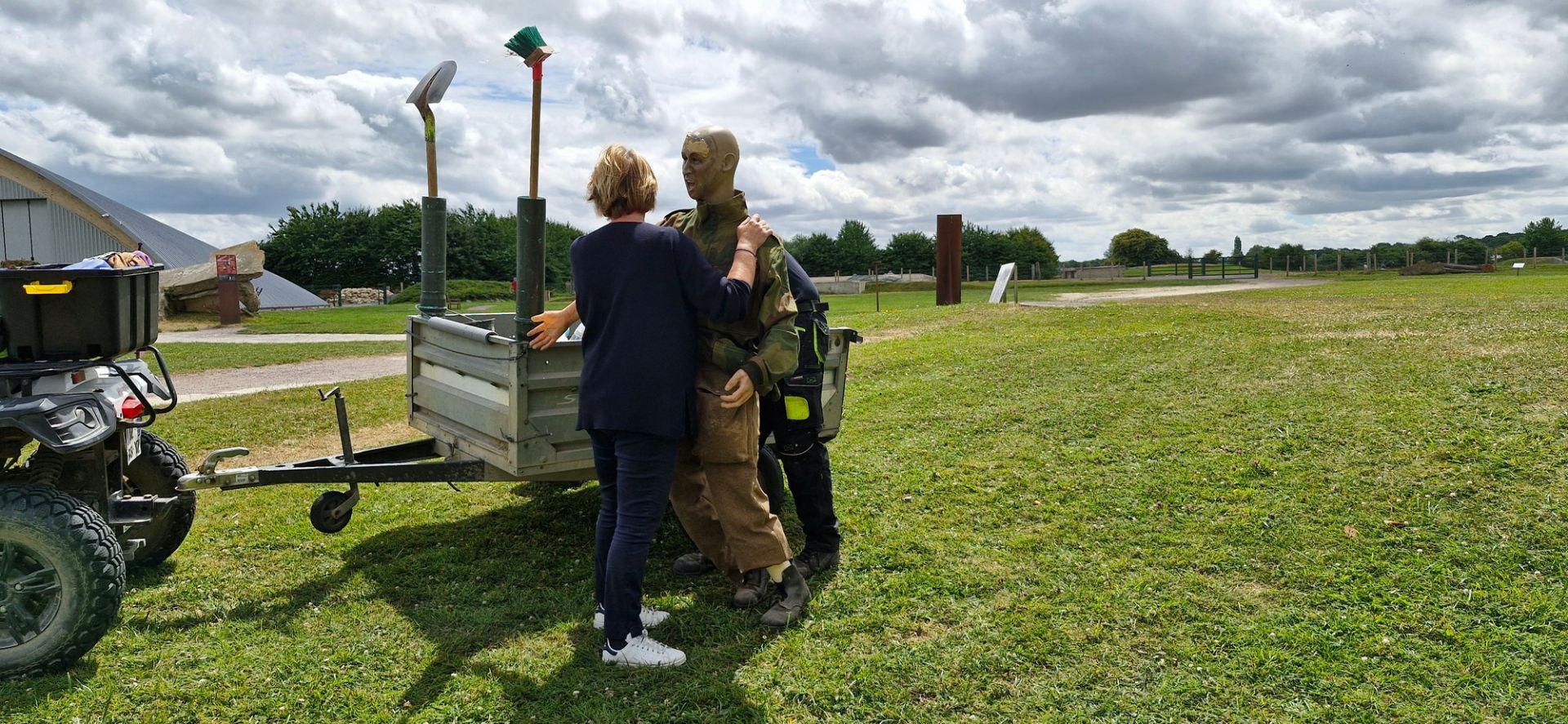

One of the dummies being dressed, she did an entertaining little dance with him! Mural inside the hangar
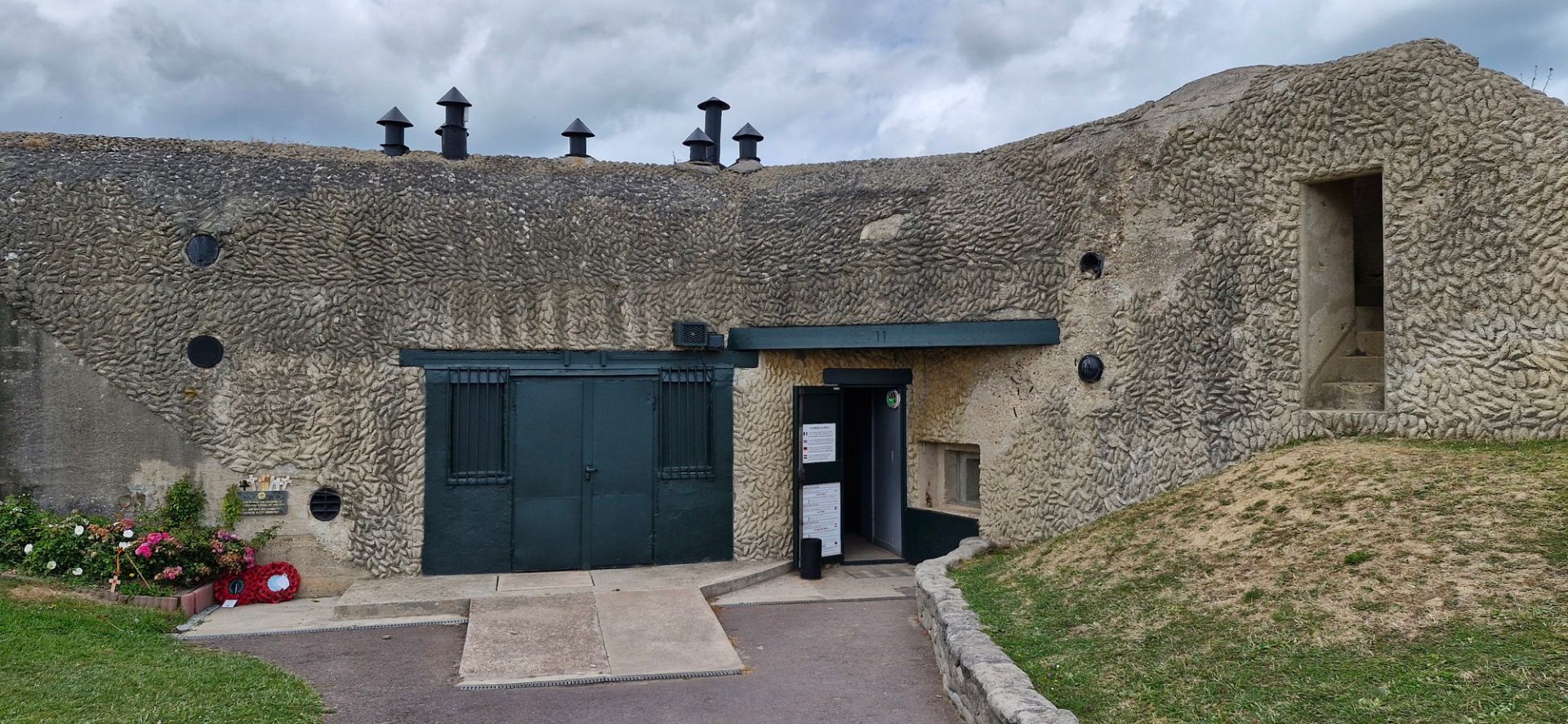
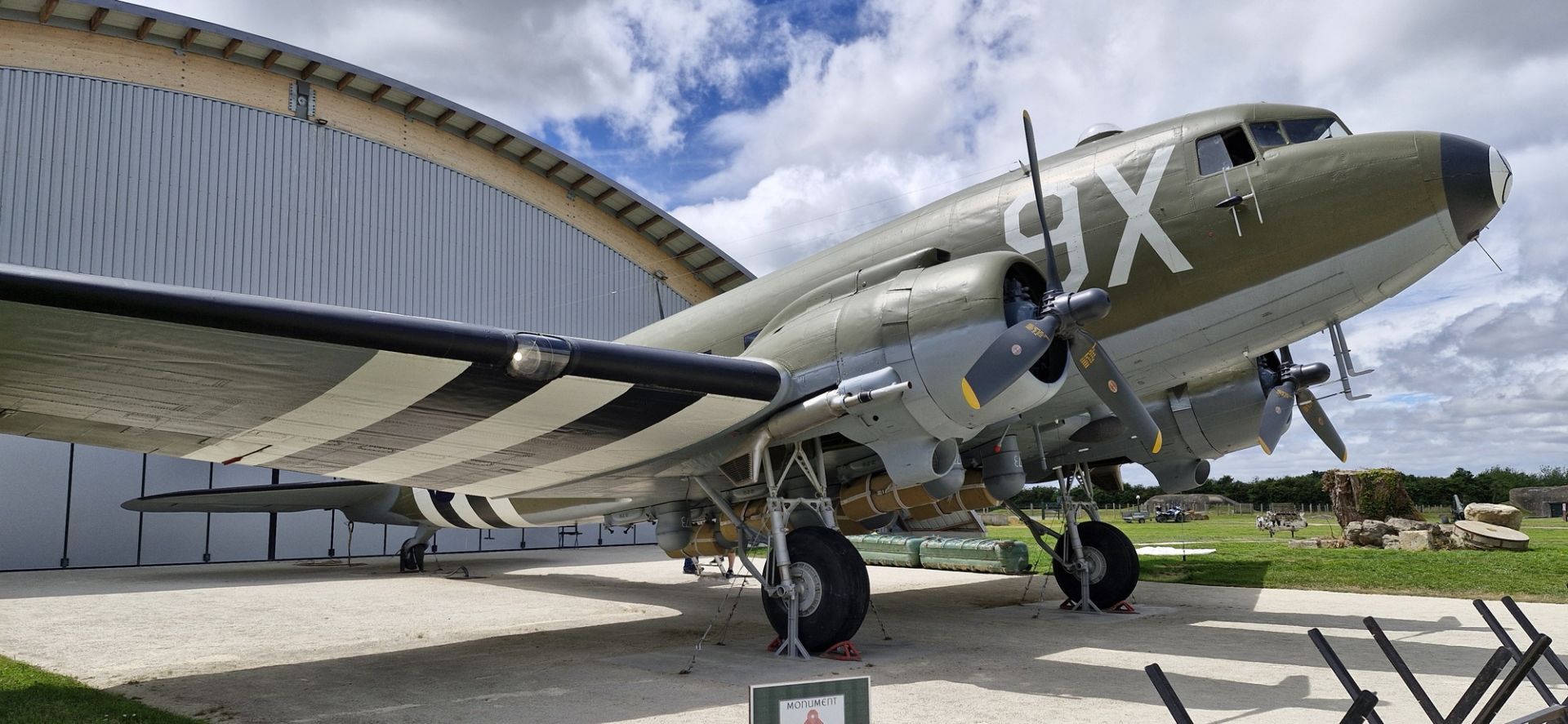
Bunker with light & sound show.
Omaha Beach
The beach here is quiet and peaceful but as you stand alone with your thoughts, you can’t escape the deafening sound in your head of battle and suffering. In the distance looking along the beach, you can see Pointe du Hoc rising up from the sea. There are two monuments, the original "Signal Monument" sits on a stone platform and the newer "Les Braves" monument consisting of three elements: ‘The Wings of Hope’, ‘Rise, Freedom!’ and ‘The Wings of Fraternity’ sit in the sand.
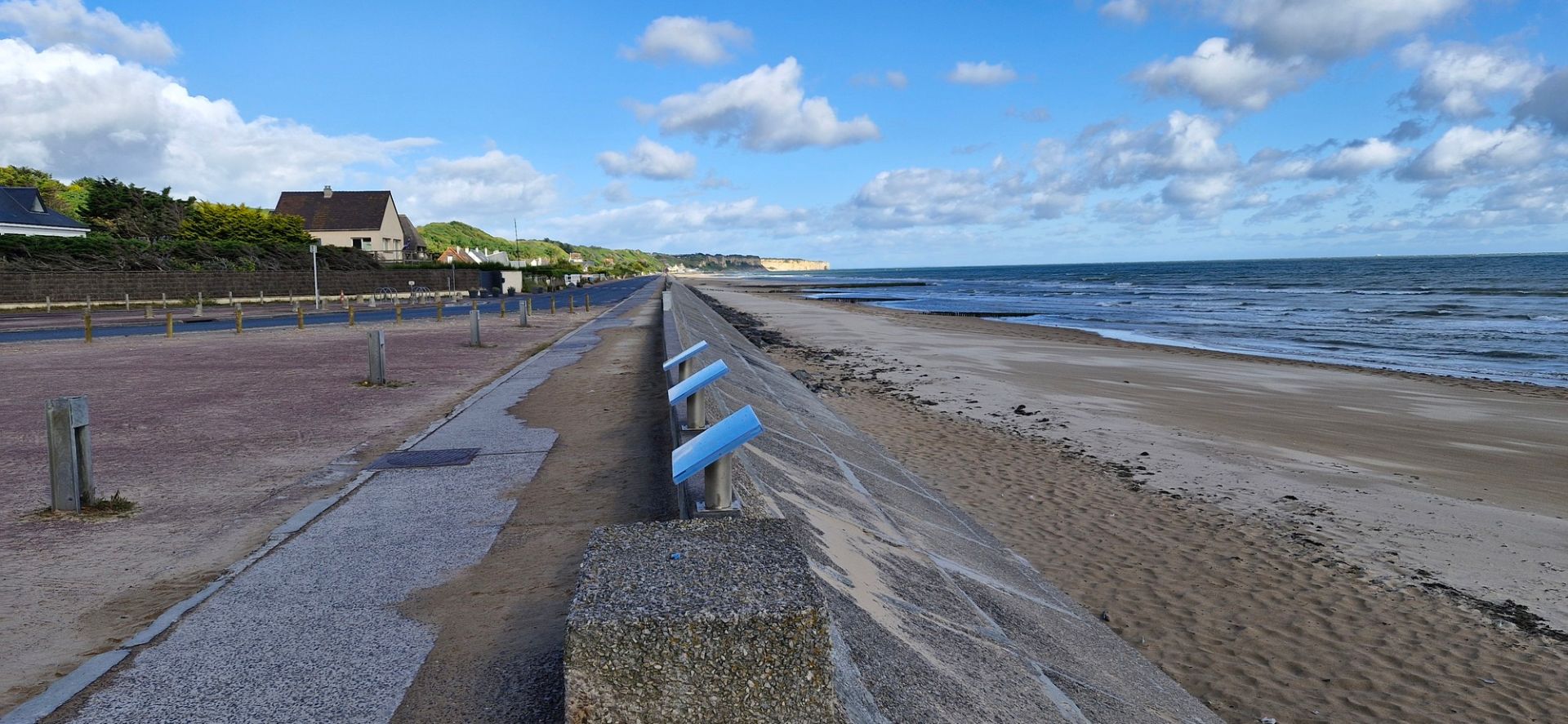

Overlord Museum
This museum is a little different in that it is all full scale dioramas and you really feel you are in the middle of it all. The collection has been assembled over 50 years but only opened in 2013, having previously been displayed in an old cheese factory in Falaise.
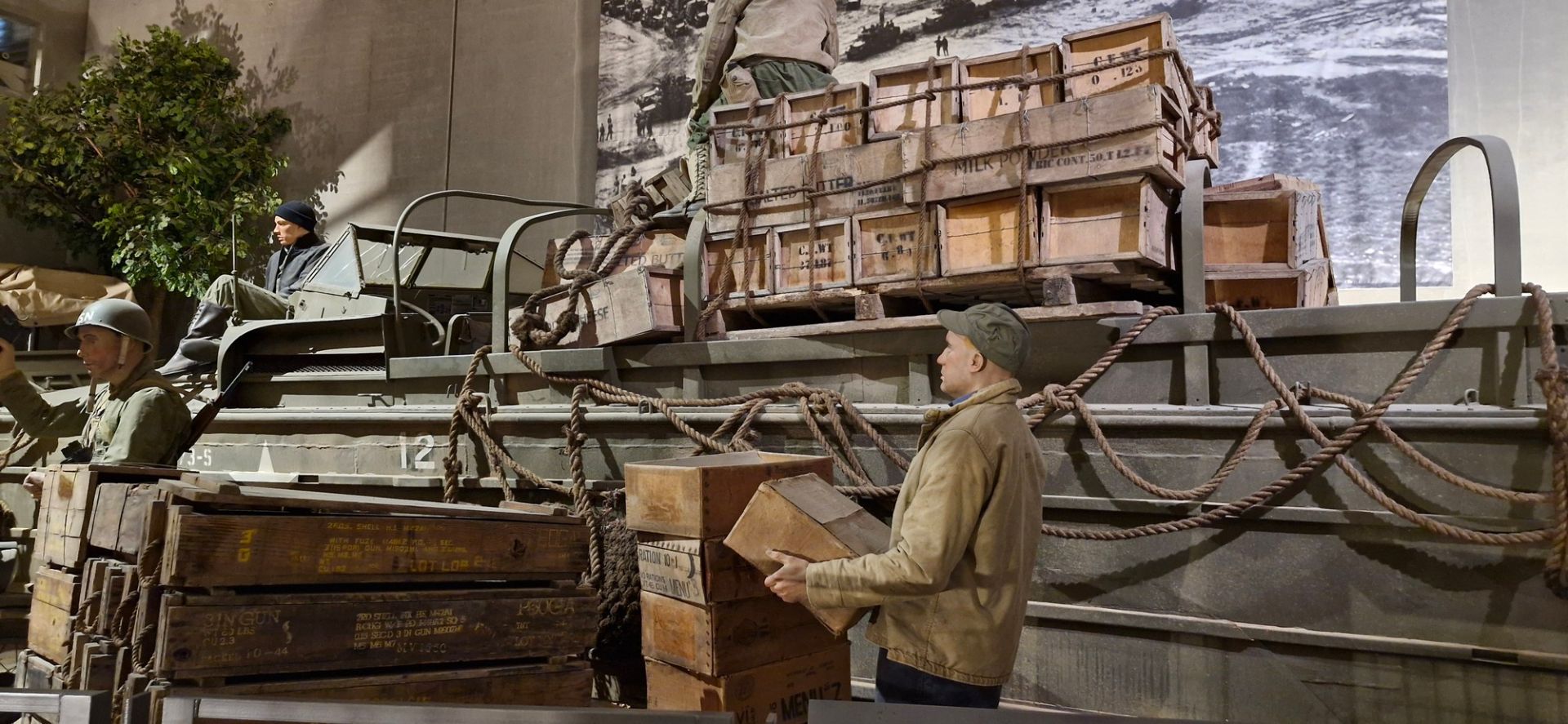
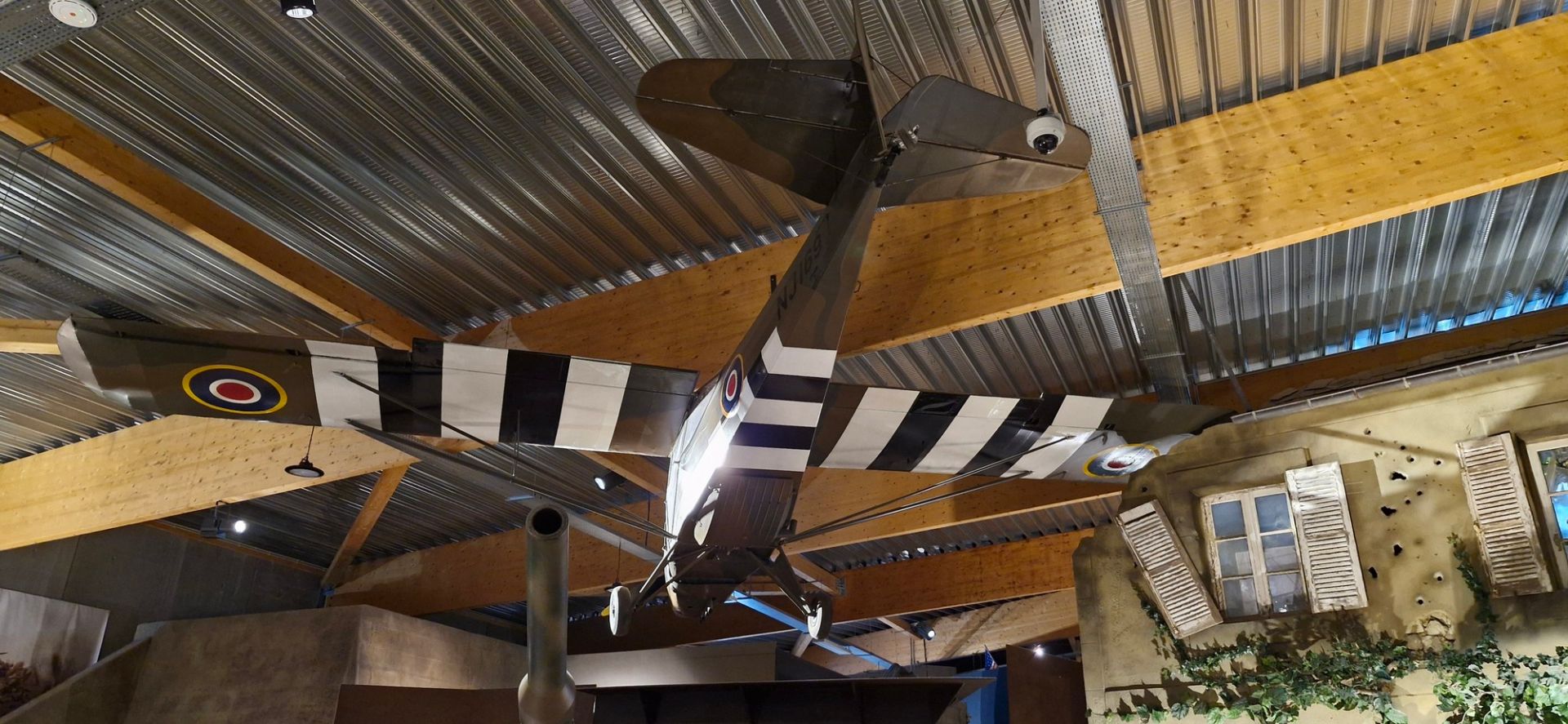
Gold Beach - Arromanches-les-Bain
The Mulberry Harbour in Arromanches-les-Bains became known as Port Winston, after British wartime leader Winston Churchill, who was closely involved in its conception. A staggering 2.5 million men, 500,000 vehicles and four million tonnes of supplies arrived via Port Winston. Despite its sombre reminders of the shattering war effort, including what is left of the harbour, Arromanches has a pleasant, lively atmosphere and is a charming seaside town. We started our day with the 360 Cinema film show, a dramatic and moving experience and then explored at leisure. The cinema is perched on the hillside overlooking the town and the remnants of the Mulberry harobour.
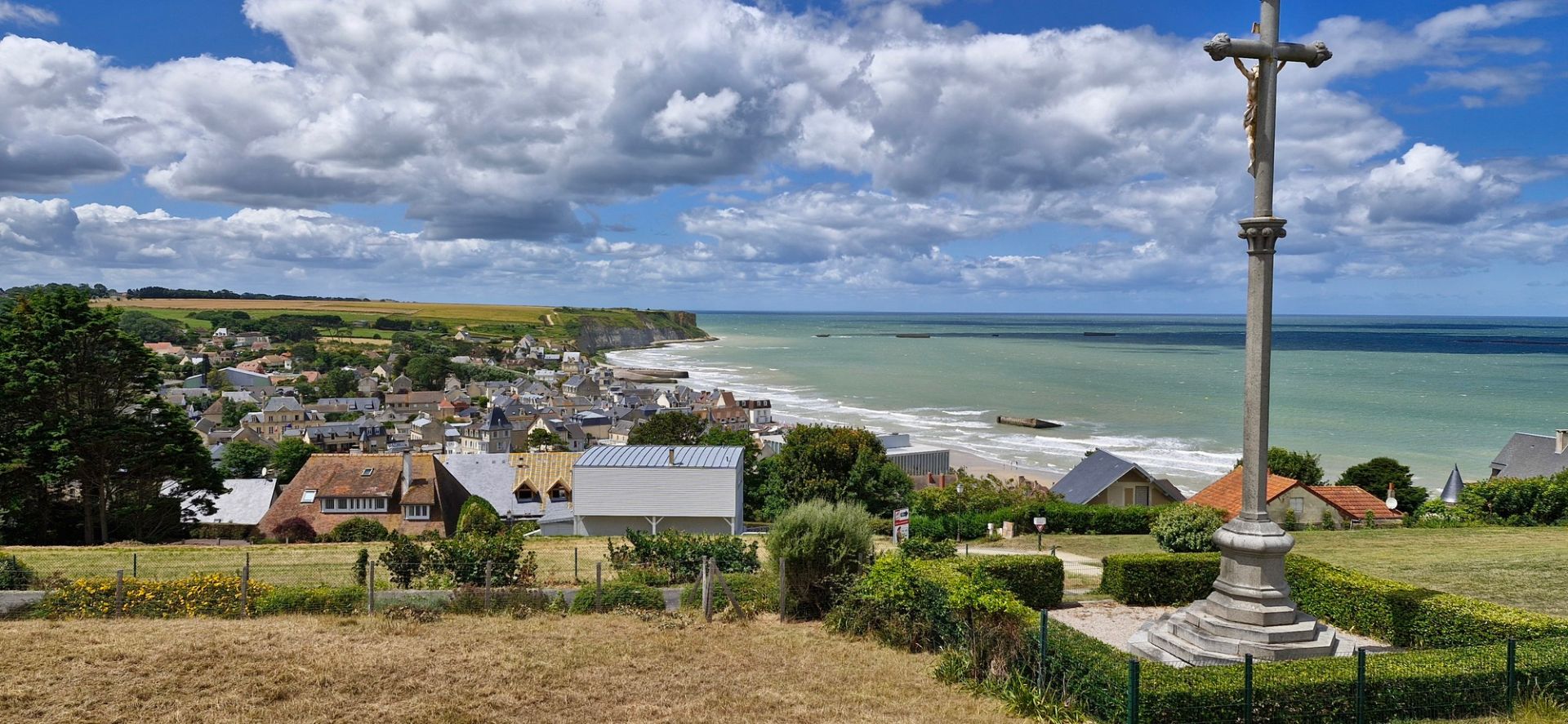
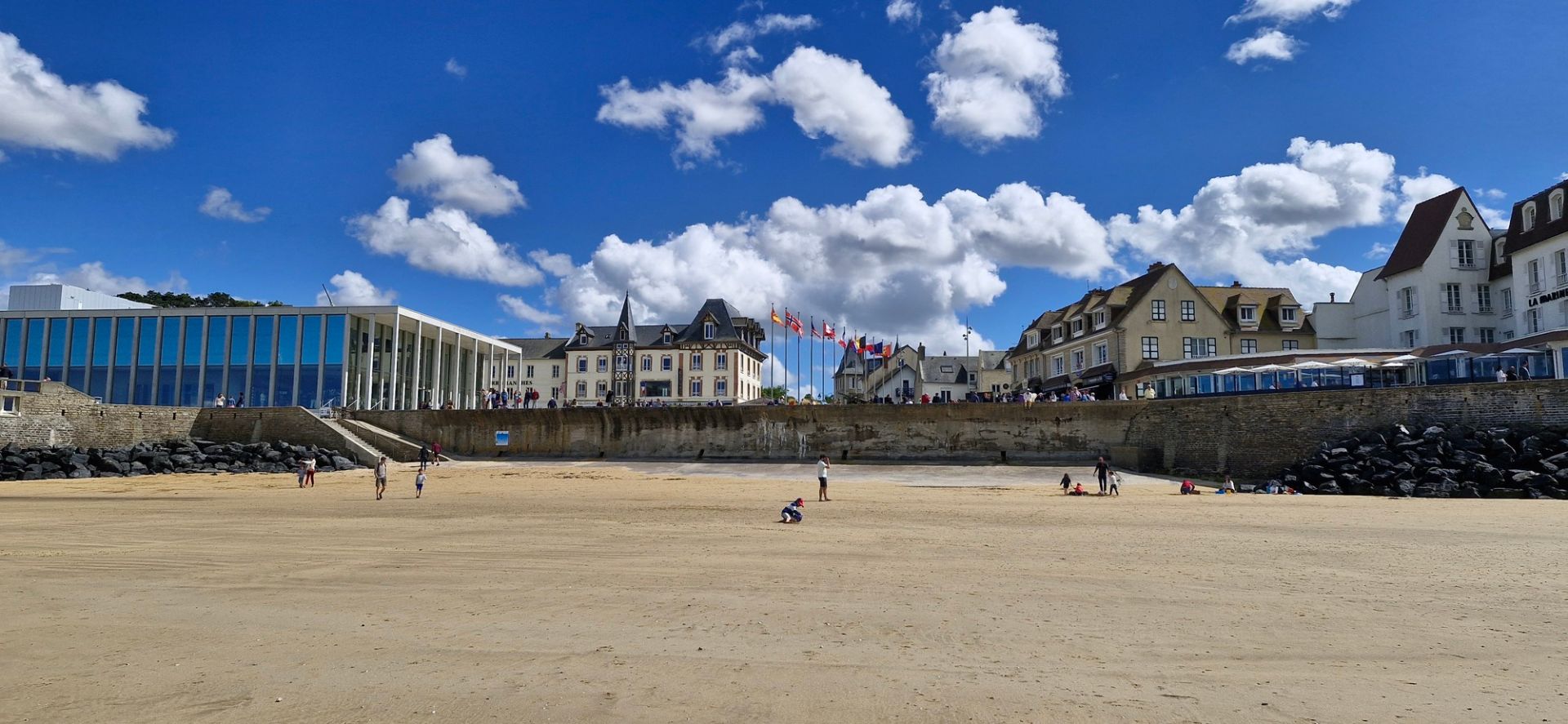
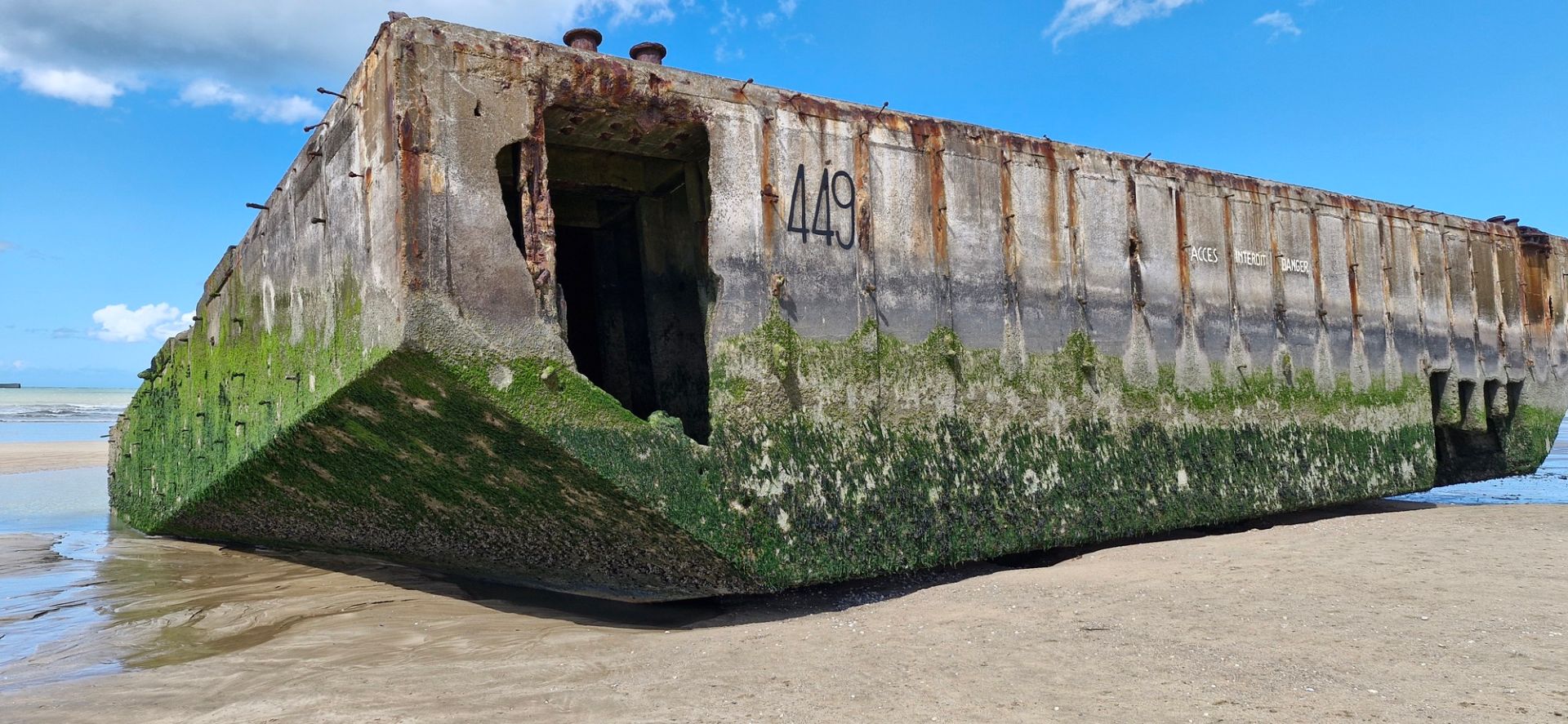
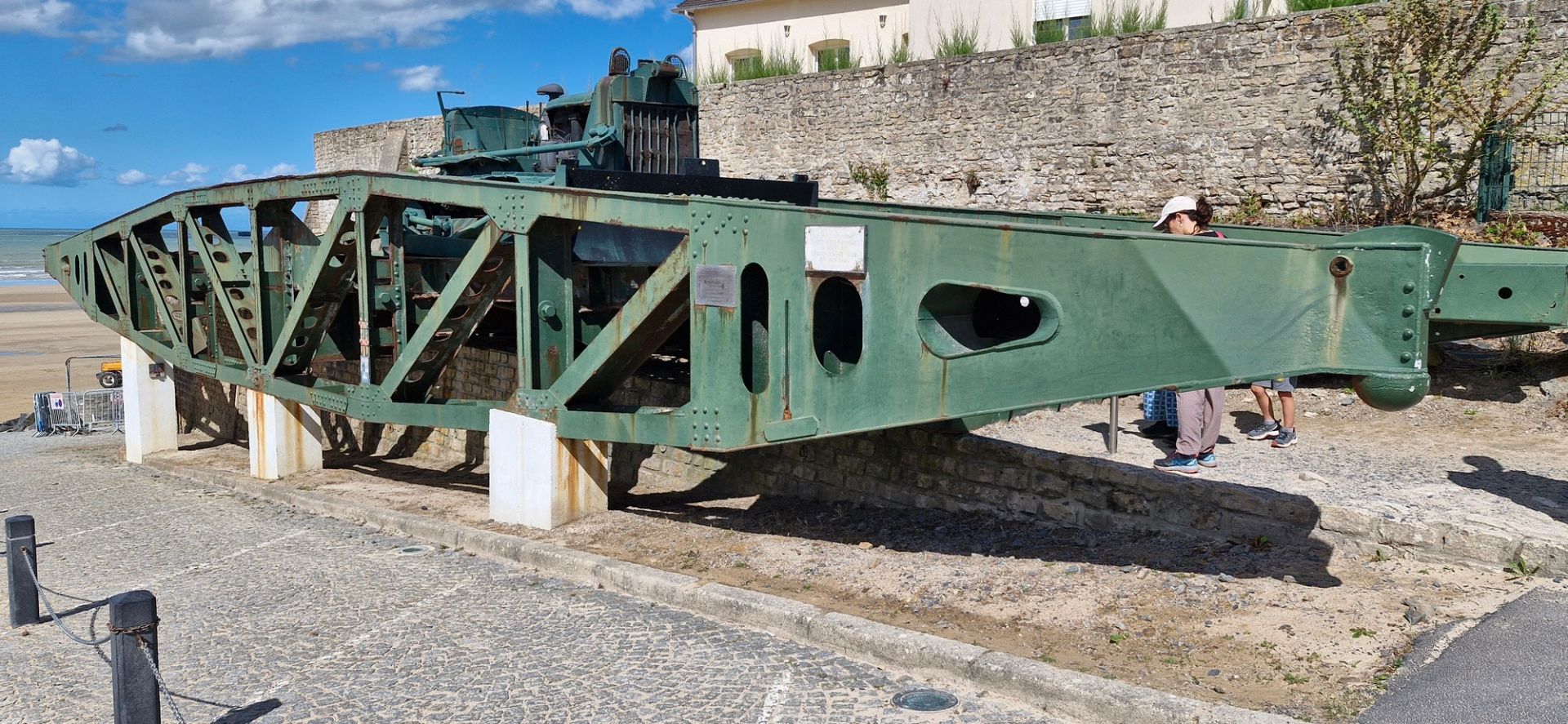
The eerie remains of the Phoenix Caissons exposed by the low tide and a harbour pontoon - nicknamed "whales"
Longues-sur-Mere
The battery is the only one in Normandy to retain several of its original guns in situ and is on a 60 m (200 ft) cliff overlooking the Baie de Seine. The four casemates housed 15cm TbtsK C/36 naval guns that shelled both Gold and Sword beaches on D-Day, controlled by a two-story command post located on the cliff edge 300m forward of the guns. You might recognise the view from the command bunker from the film The Longest Day.
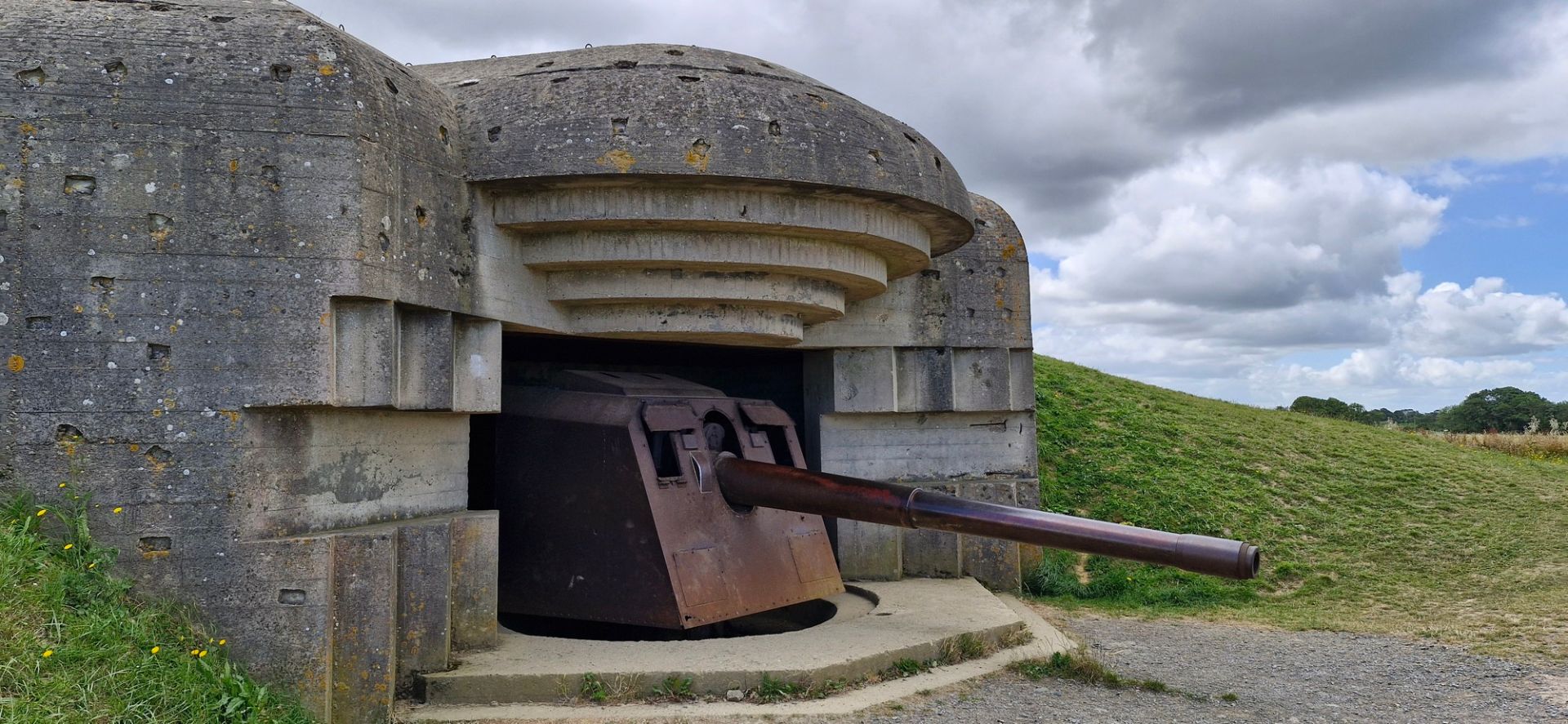

Bayeux
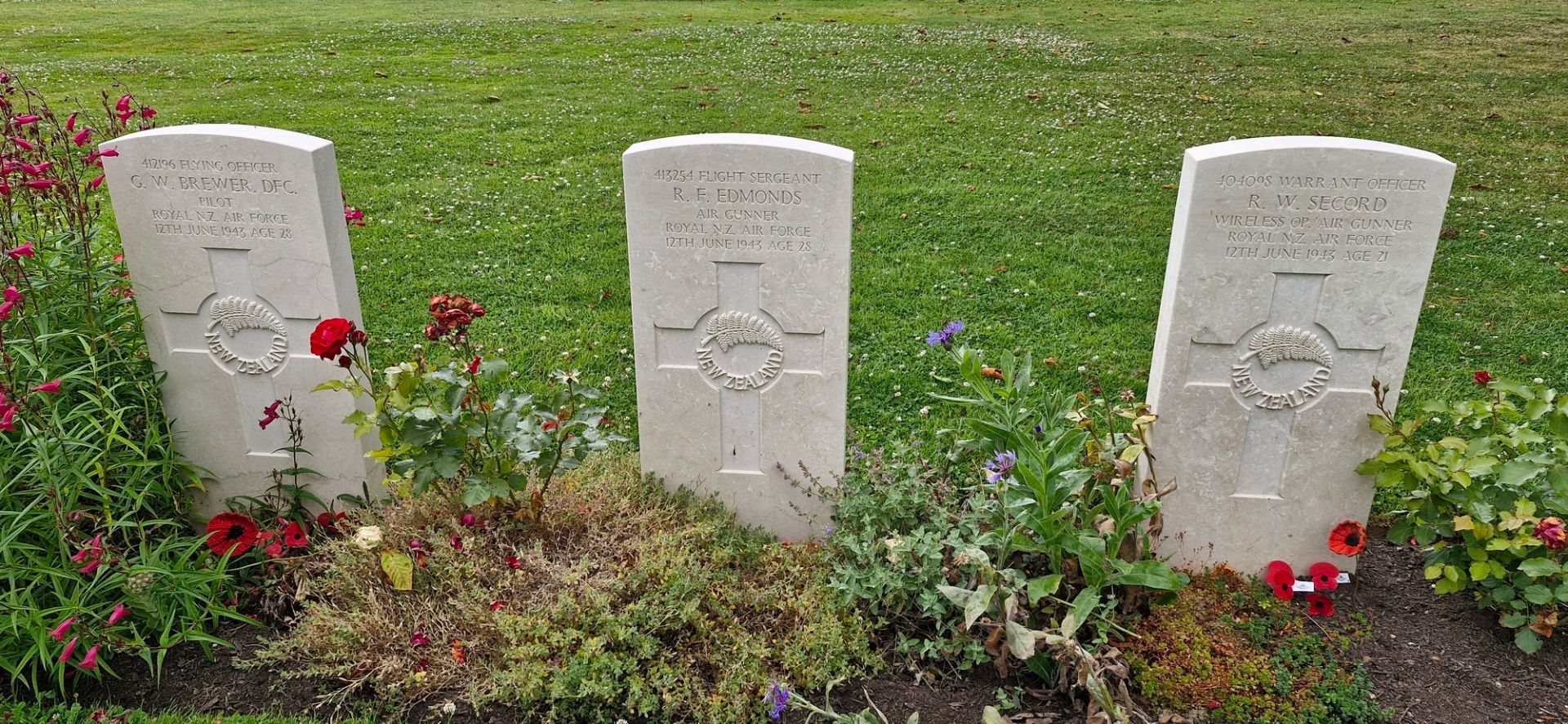

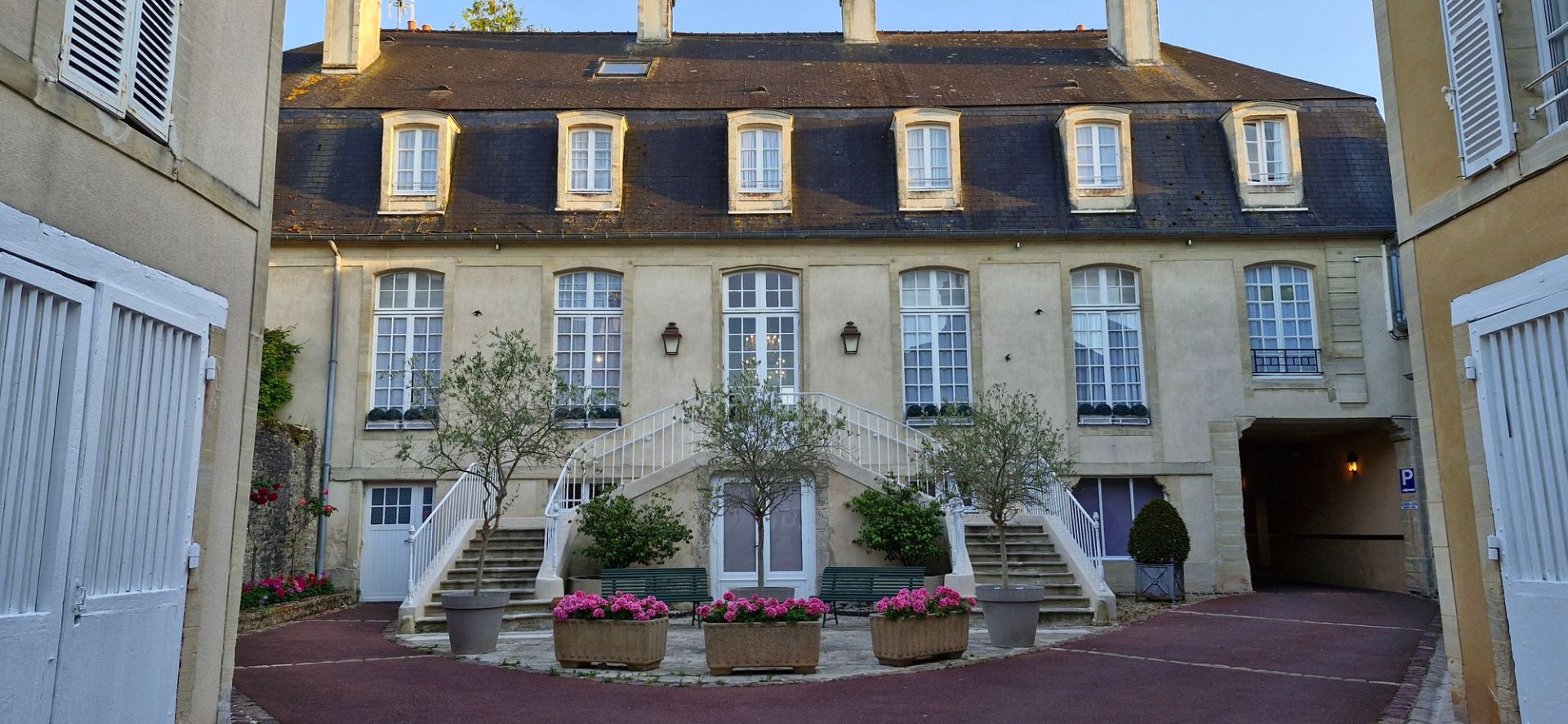
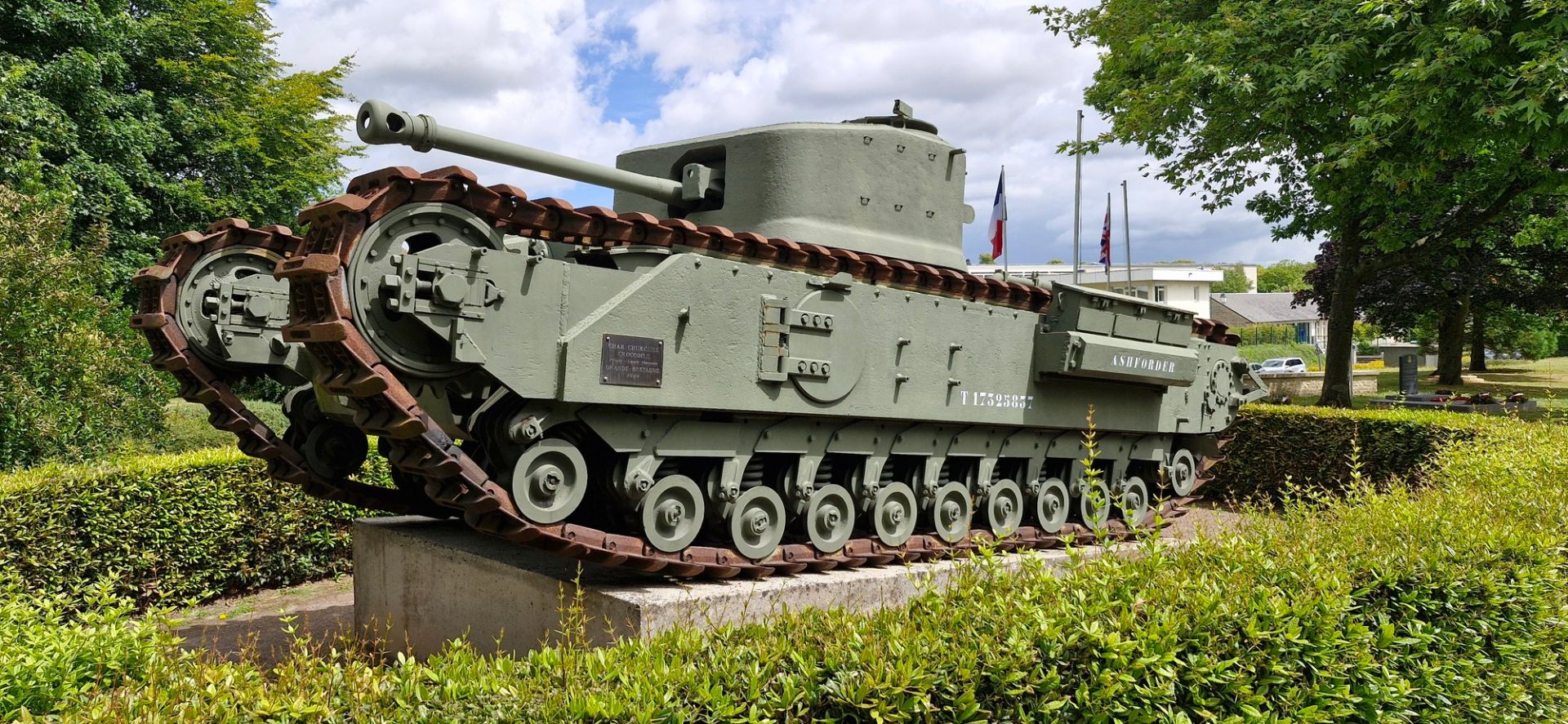
Pointe du Hoc
Heading back to Omaha Beach area, our first stop was at the 35m cliffs of Pointe Du Hoc, the location of a series of German bunkers and machine gun posts captured by the US Rangers in a somewhat controversial 2-day attack with heavy losses. We had some time in the visitor centre and then a walk out past various 3D maps & plans and the bomb craters, to the monument on the cliff edge. This battle-scarred area on the left flank of Omaha Beach remains much as the Rangers left it after the battle. The monument consists of a simple granite pylon positioned atop a German concrete bunker with tablets at its base inscribed in French and English.
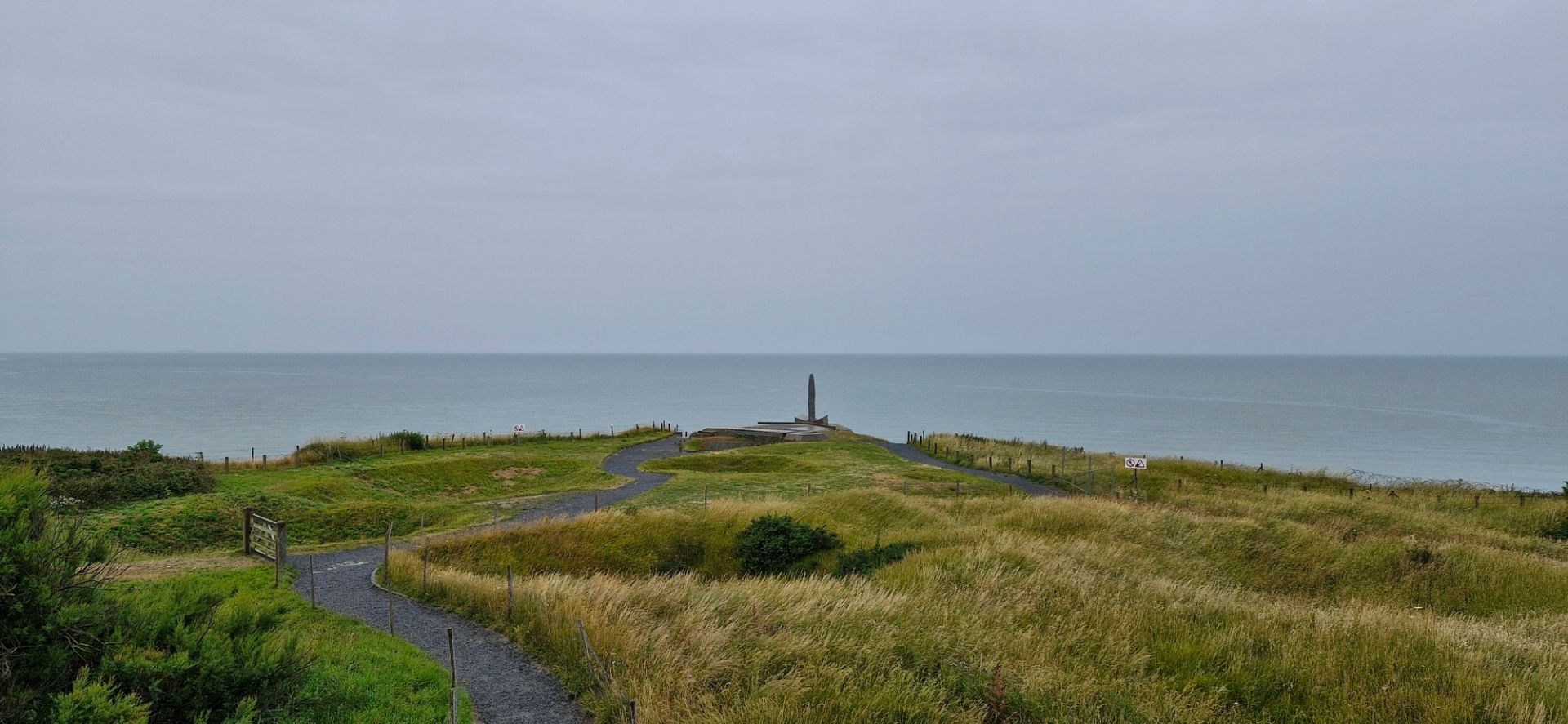
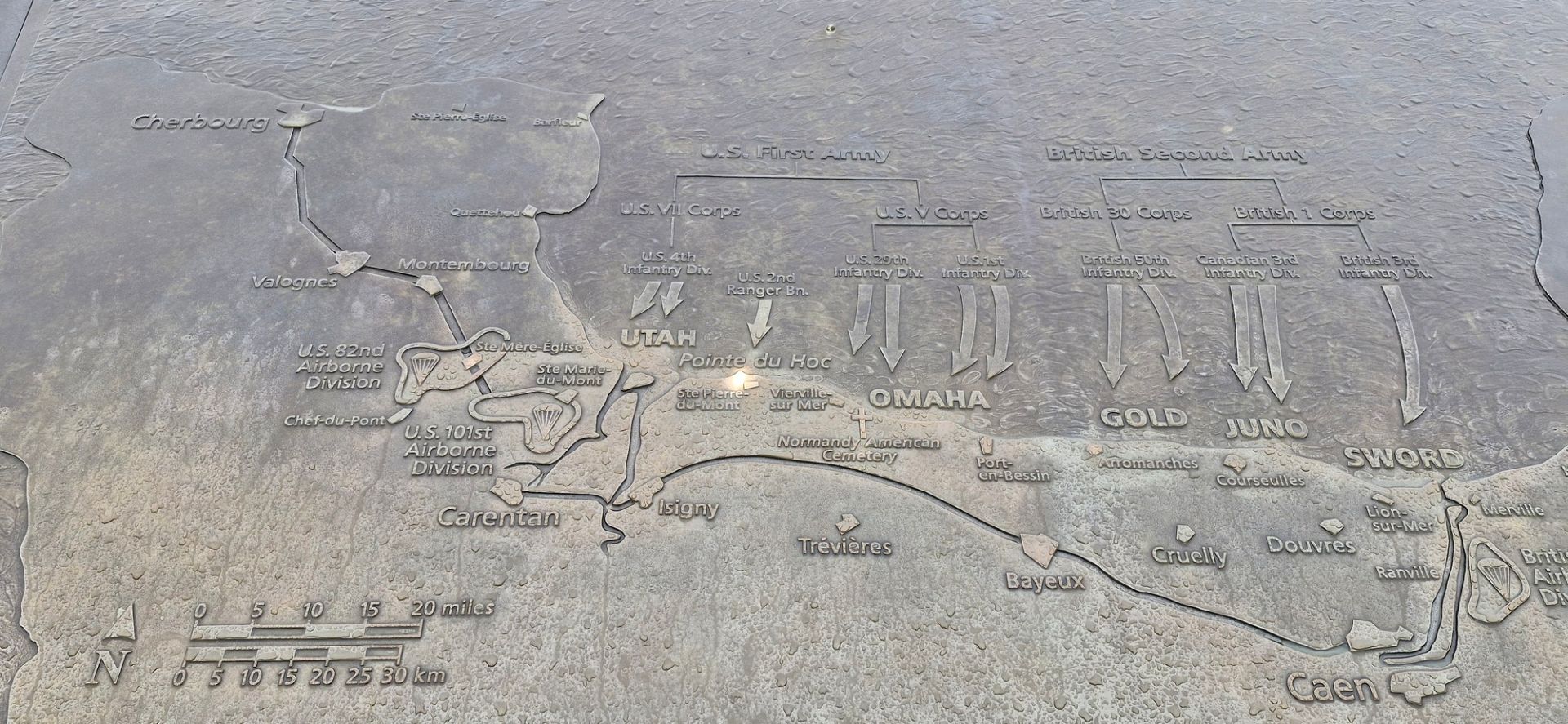
Airborne Museum, St Mere Eglise
The museum houses a C47 and is dedicated to the American paratroopers of the 82nd and 101st Airborne. Three buildings tell the stories; The WACO Building, The C-47 Building & Neptune Operation. A very modern and interactive experience followed by a walk through the town and church where we lit remembrance candles and then had lunch.
The town is known for the story of the parachutist John Steele who landed on the church steeple after being injured by shrapnel and watched helplessly as the fighting ensued below. He was captured but later escaped and survived the war.
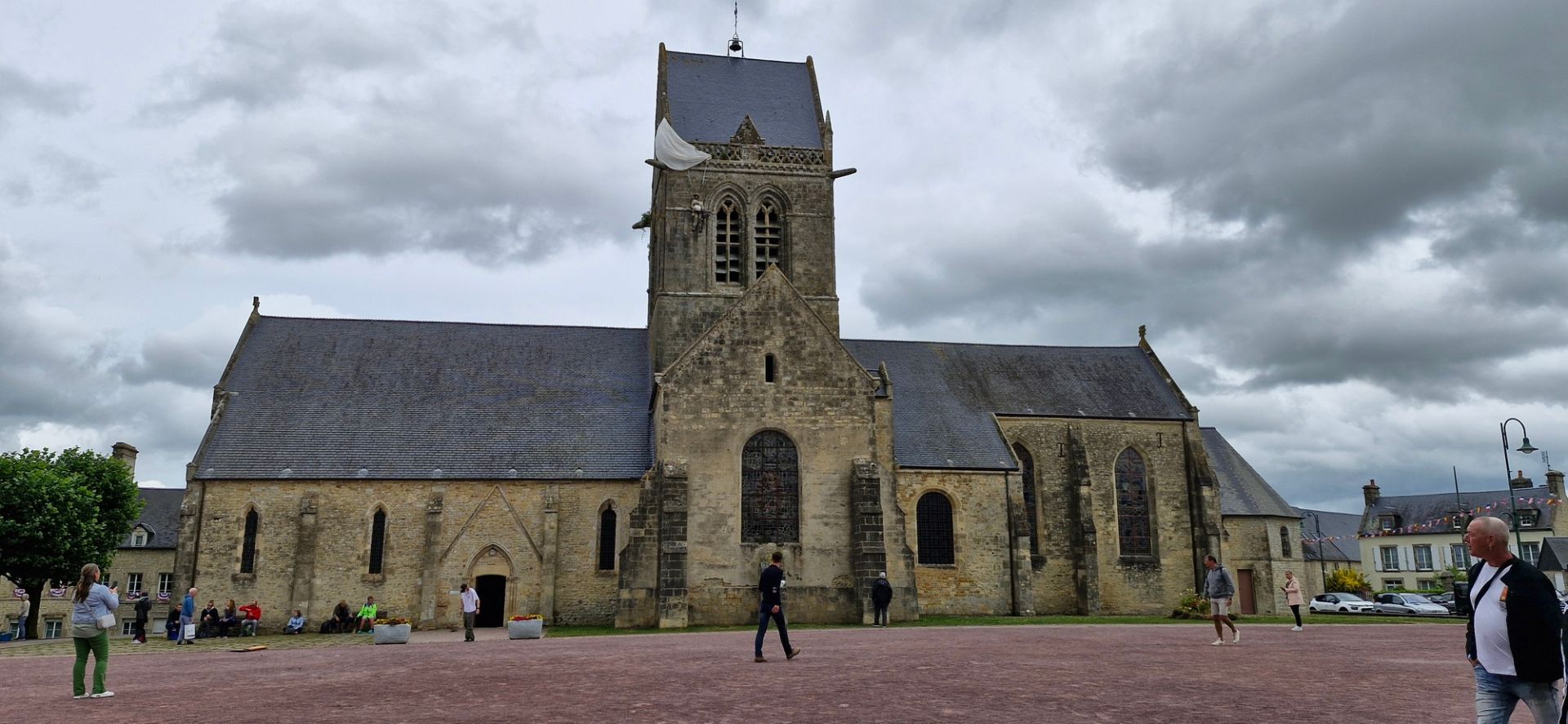
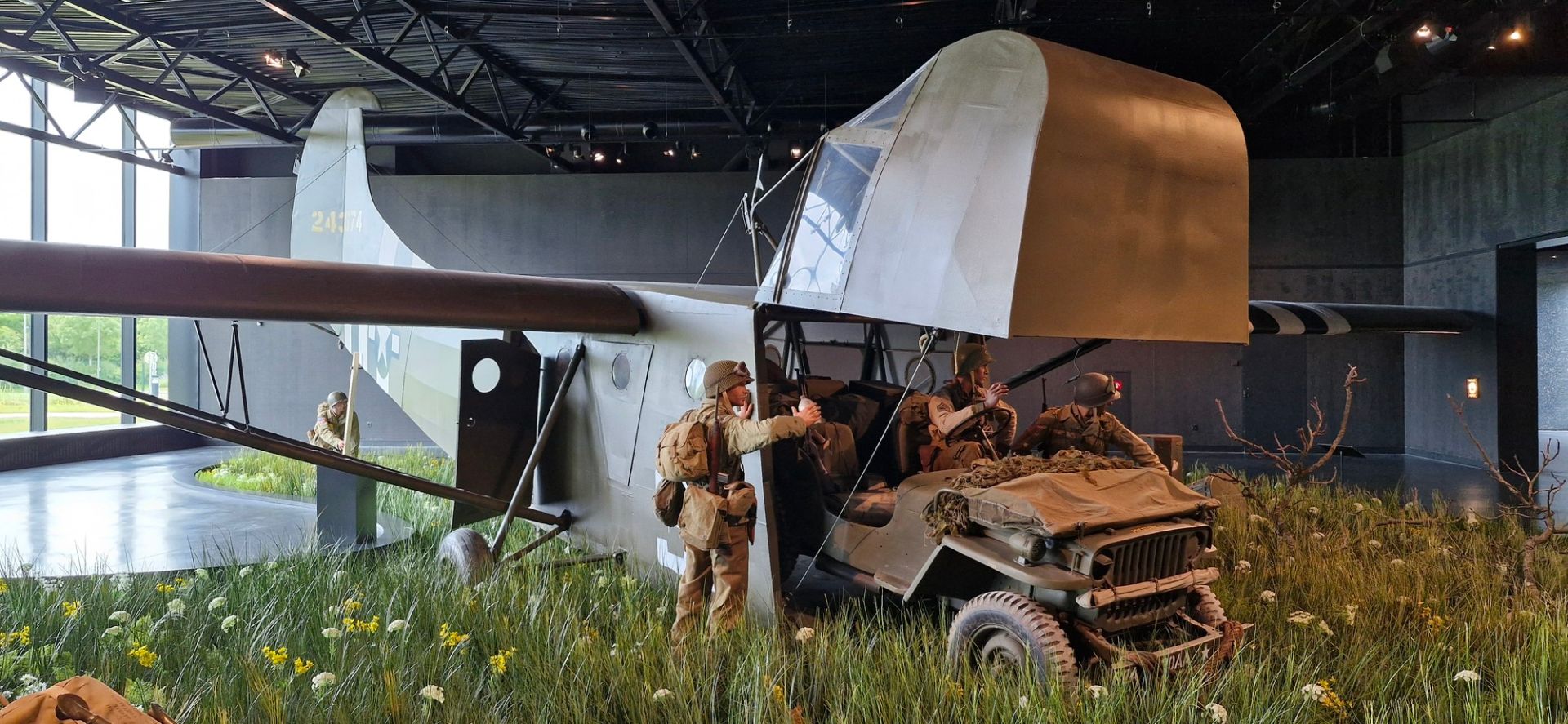

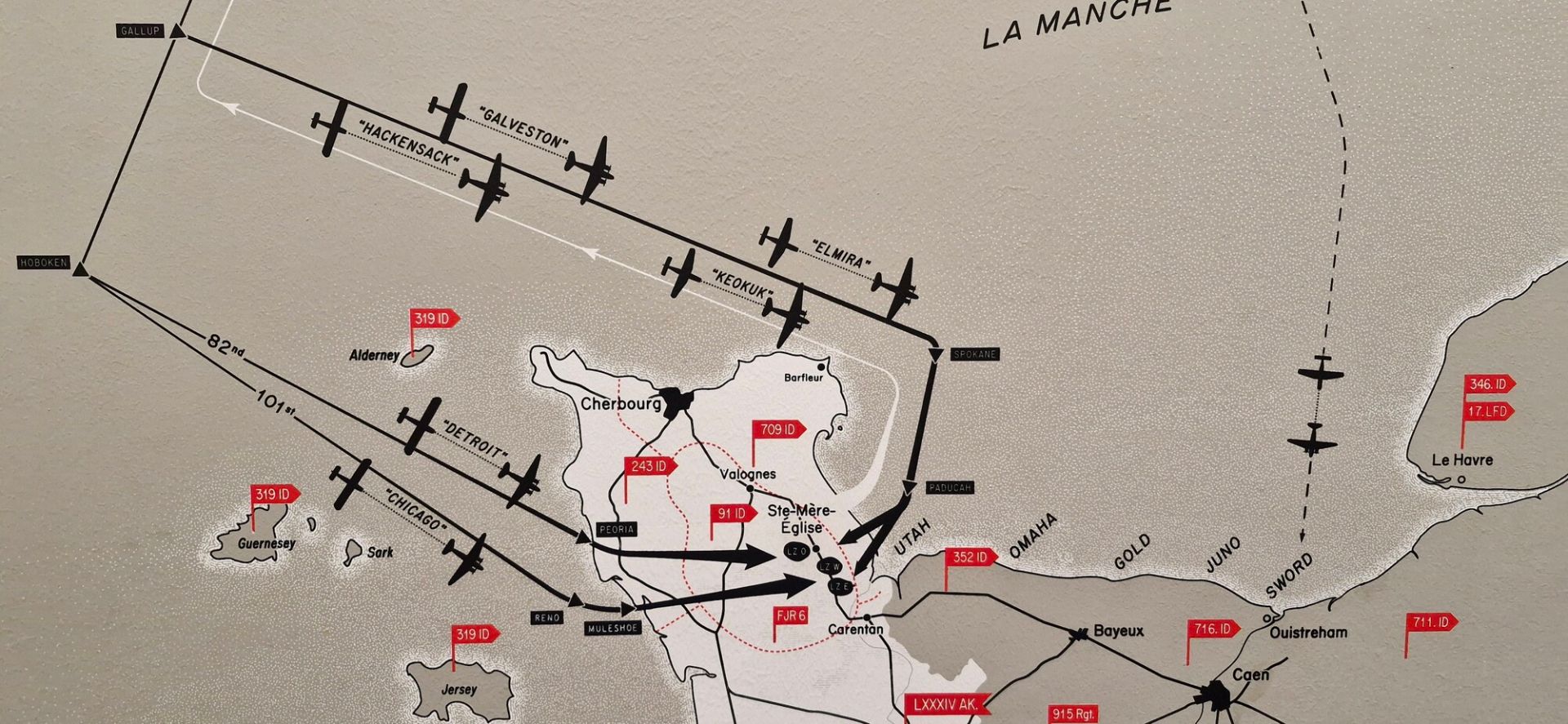
Utah Beach
This was the first beach to be stormed by the Allies on the morning of 6 June 1944. It was chosen to establish a beachhead in the Cotentin region in order to capture the town of Cherbourg and its deep water port. The Utah Beach Landing Museum preserves the memory of these men with it's stunning location, well laid out exhibitions and many monuments. The main hangar houses a rare Martin B 26 Marauder - 'Dinah Might" and there is an award winning film show Victory Beach.
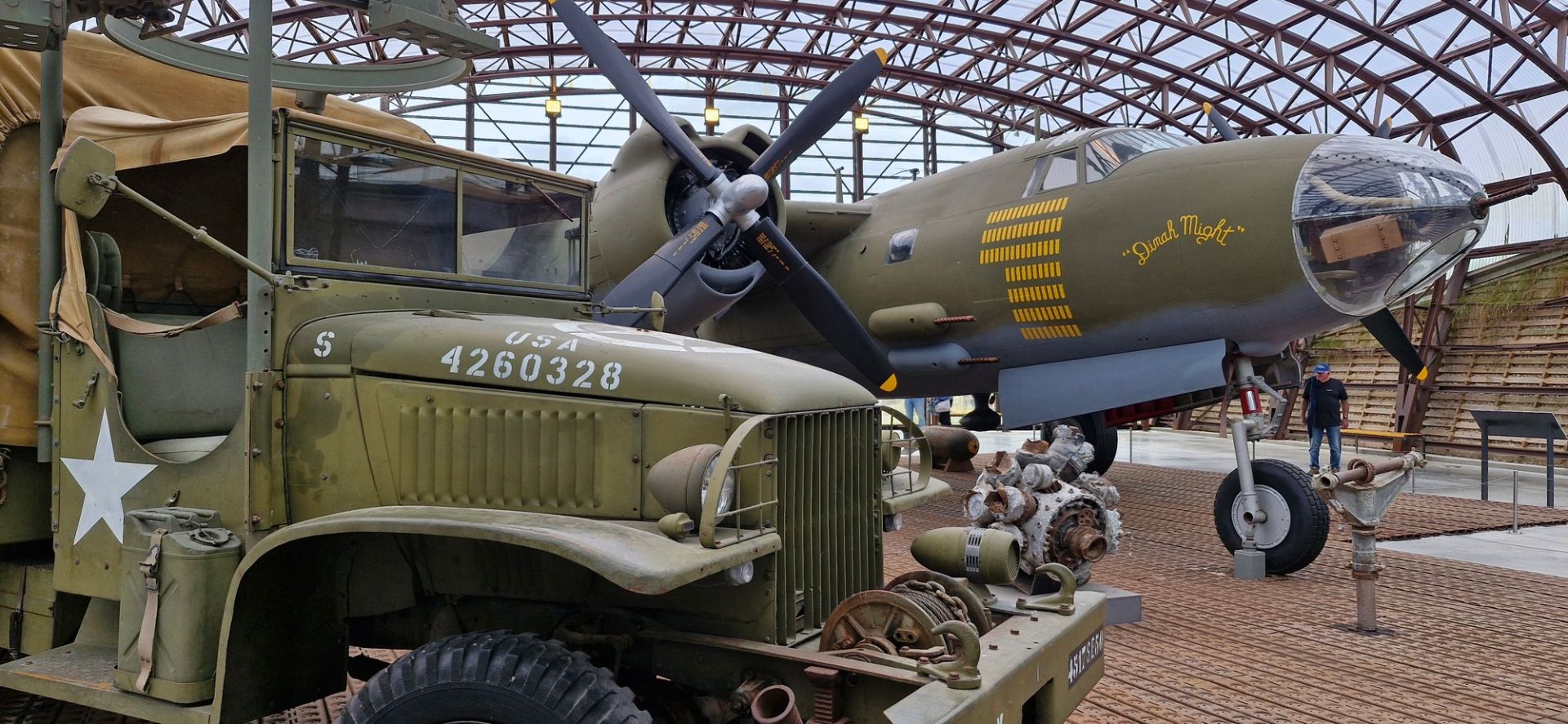
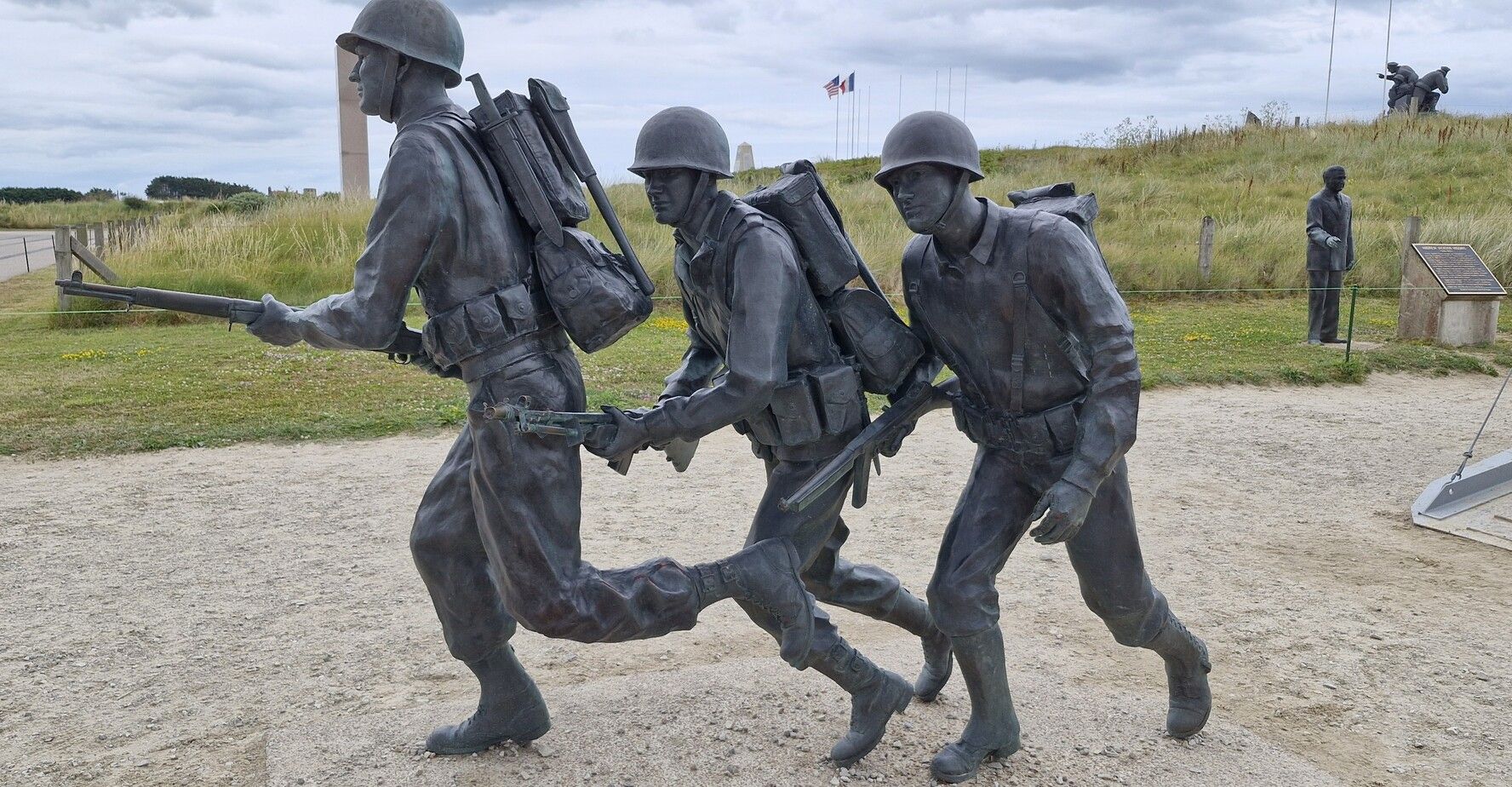
Portsmouth Historic Dockyard
We caught the ferry back over to Portsmouth, looking across to Sword Beach as we departed. The historic dockyard area has so much to see and each time we come we experience something different. This year we did the harbour cruise on the Falklands Landing craft which took us out around the Navy ships. Interesting to note the various drone "kill" marks on them. We watched the tugs turning the carrier round under the watchful eye of the harbour police, explored Victory, Warrior, HMS M.33 (the Dazzle ship), Boathouse No 4 and the Mary Rose. Some of those who have been before crossed the harbour to Gosport to the Submarine Museum or the Museum of Naval Fire Power.
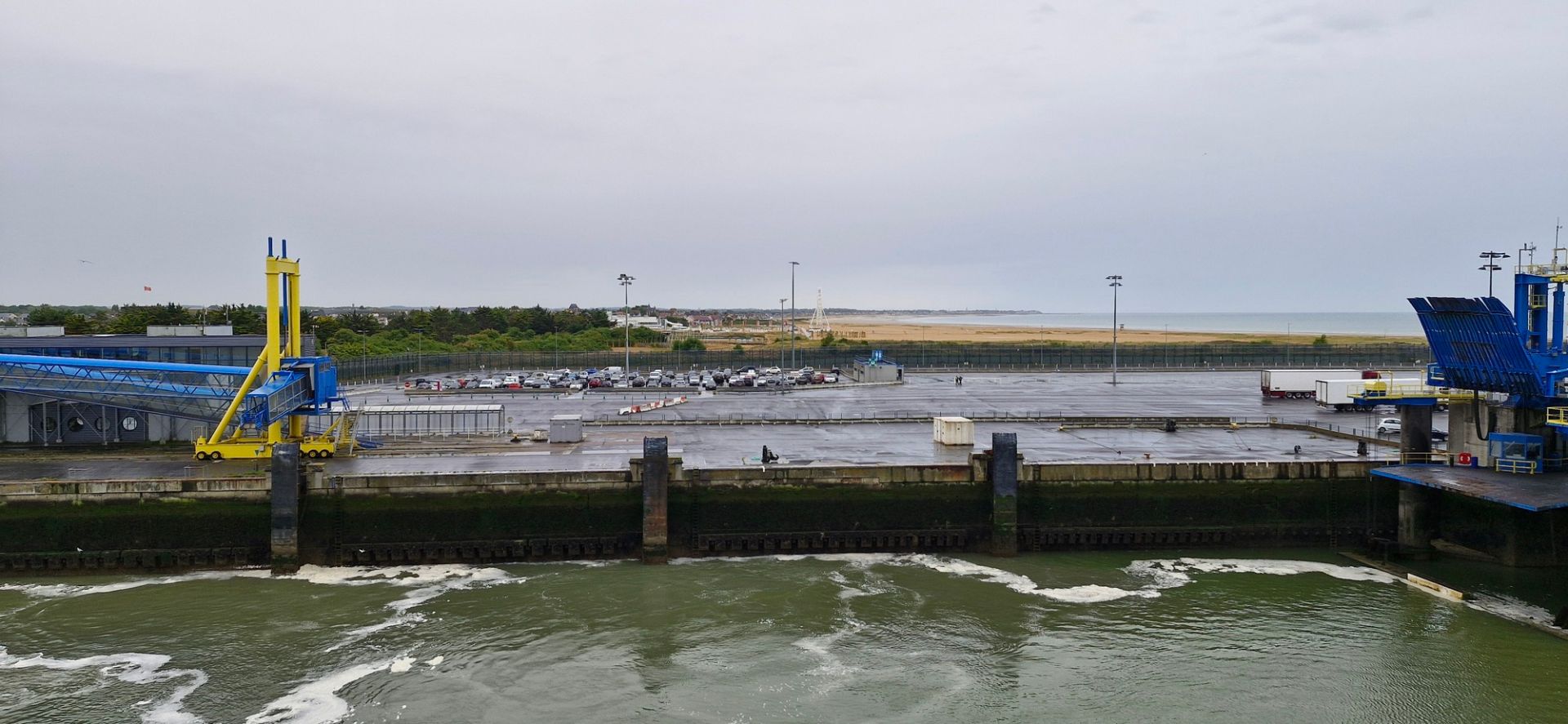
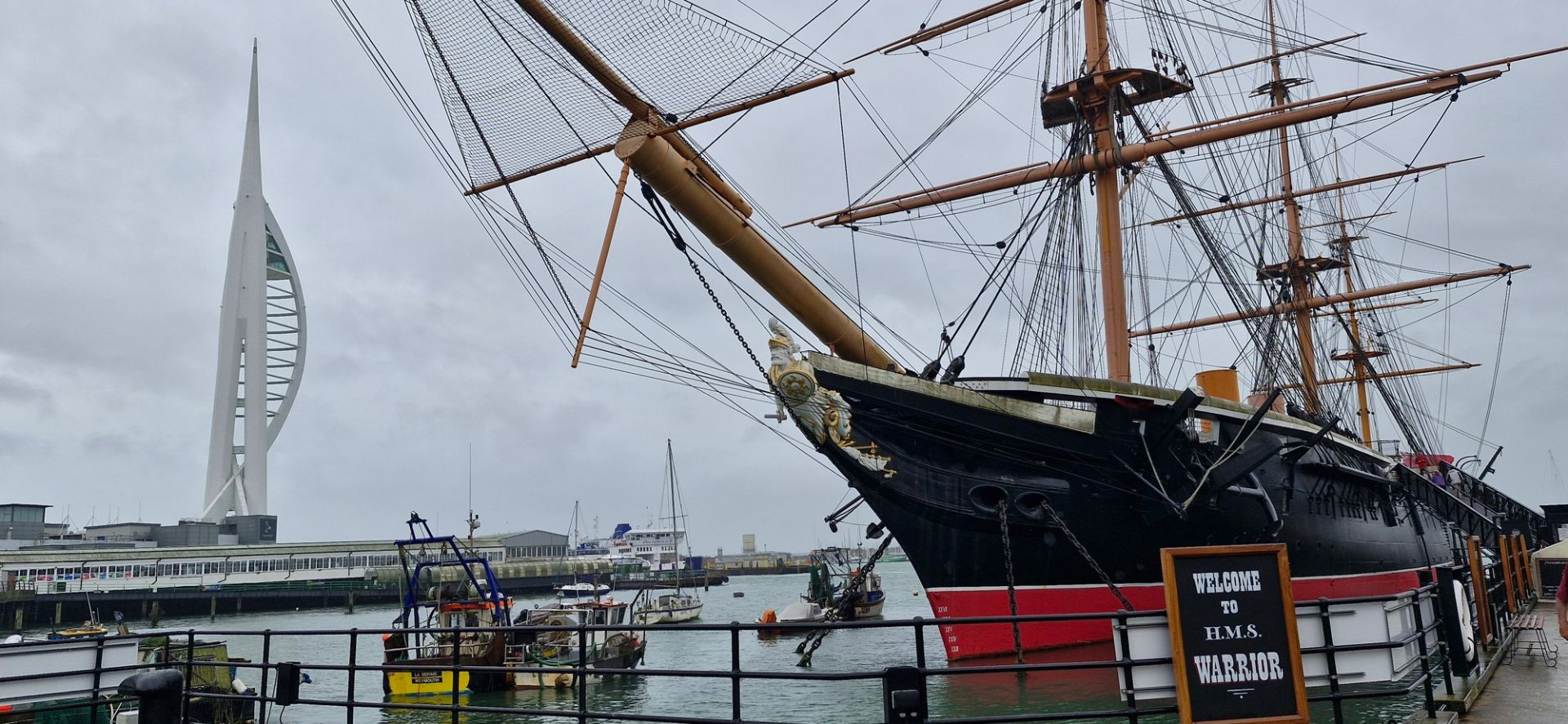
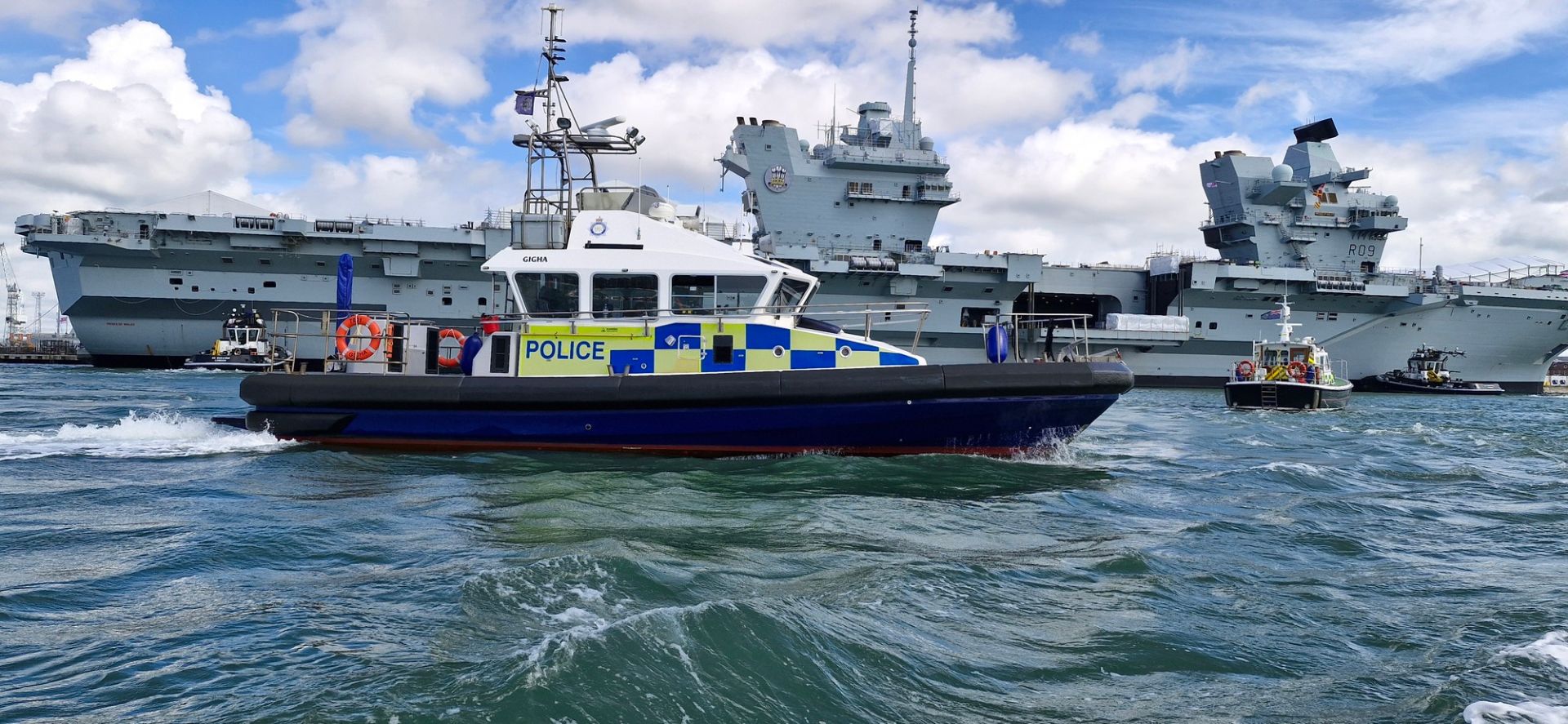
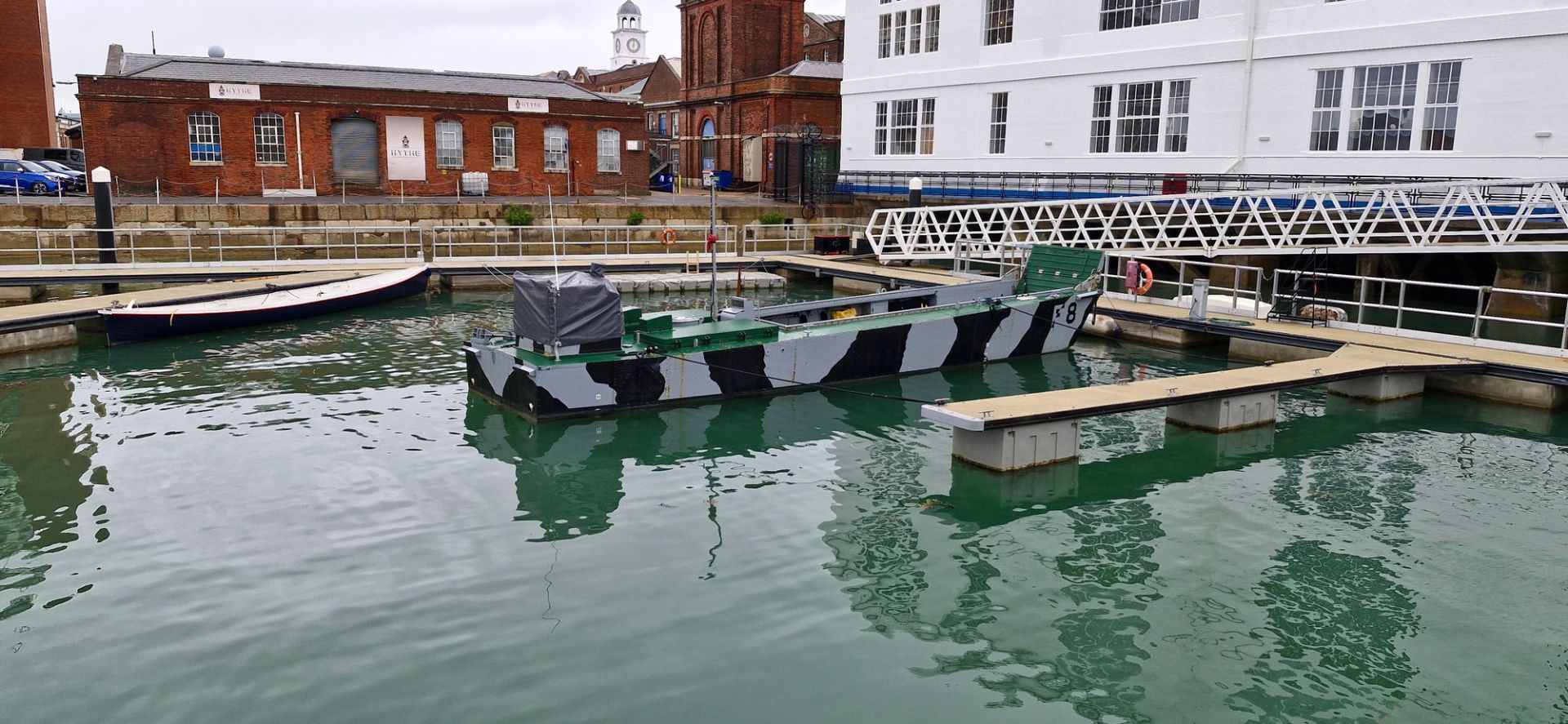
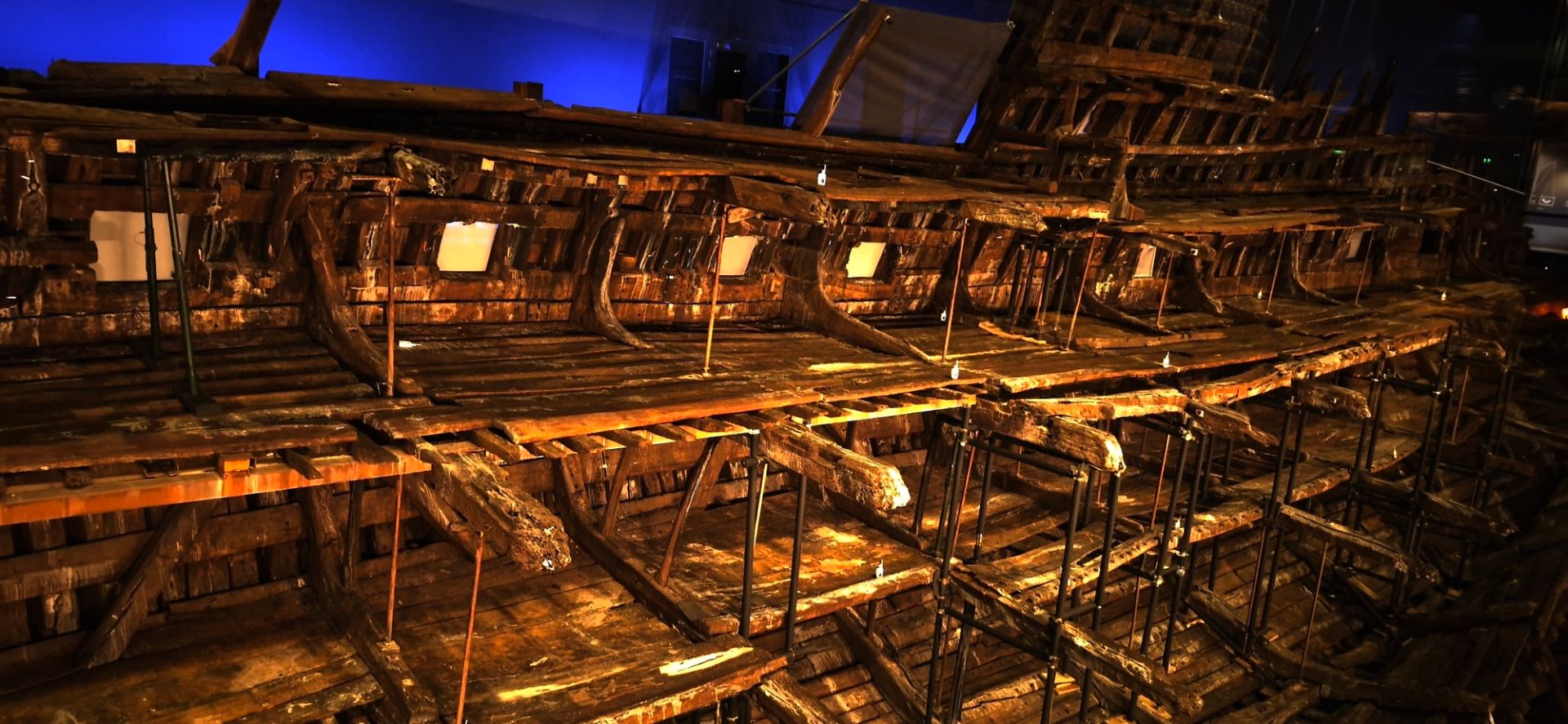

Goodwood Festival of Speed
This was the first of our events, a celebration of the world's most glamorous sport, set in the grounds of Goodwood House and celebrating 100 years of MG. Watching the historic and modern cars and bikes blast up the hill climb track was incredible. This year’s Festival included several world debuts, including the Polestar Concept BST, Genesis GV60 Magma, Red Bull RB17 track-only hypercar, and limited-edition Ineos Grenadier Detour. There was an off-road area, a rally stage, a supercar paddock, a concours, and an auction. Most of us will never again get as close to this many supercars & drivers. Even the car park is a show of it's own as enthusiasts gather from far & wide. To top it off the Red Arrows entertained us with their display. There was also a Lilium eVolare jet with vertical take off, planned to launch in 2026.
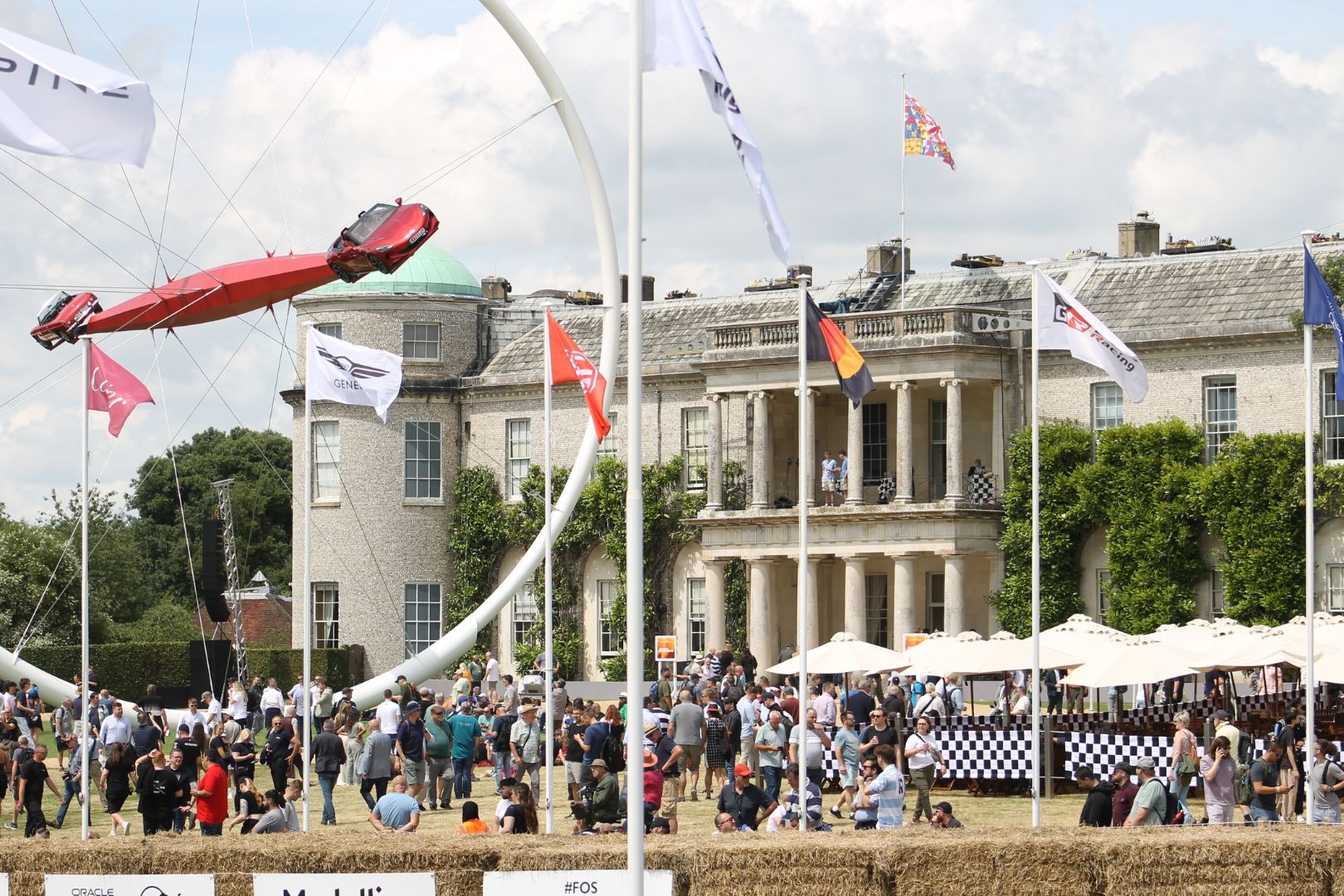
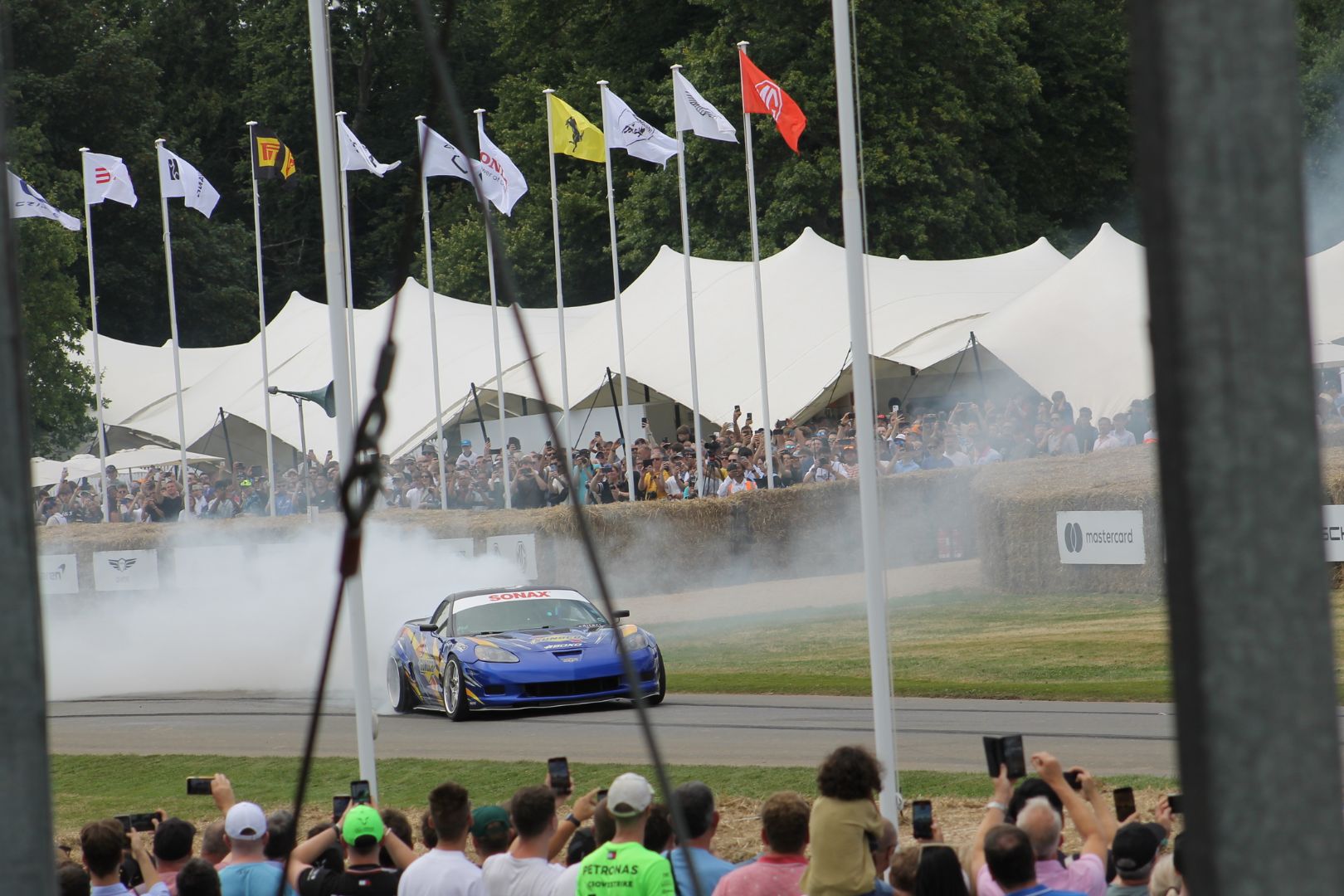
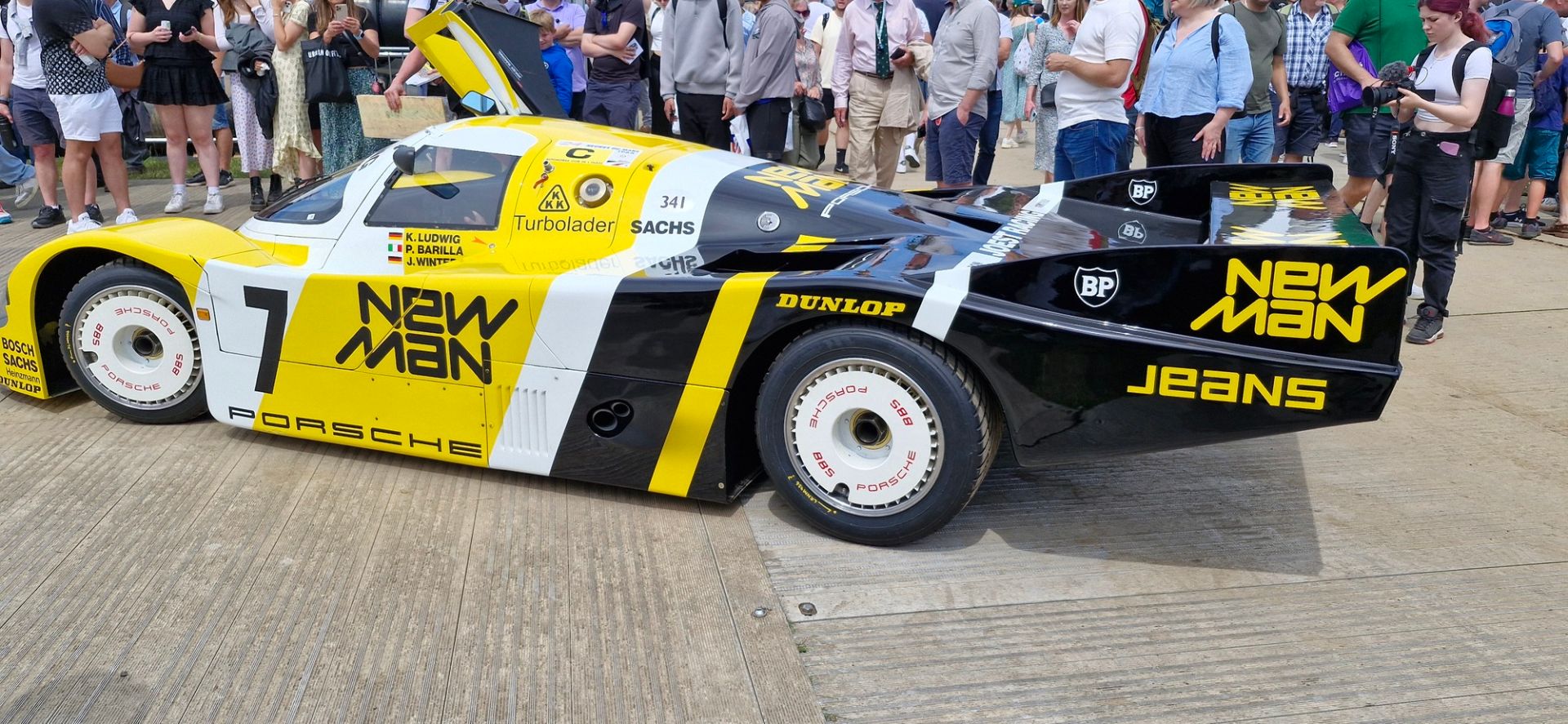
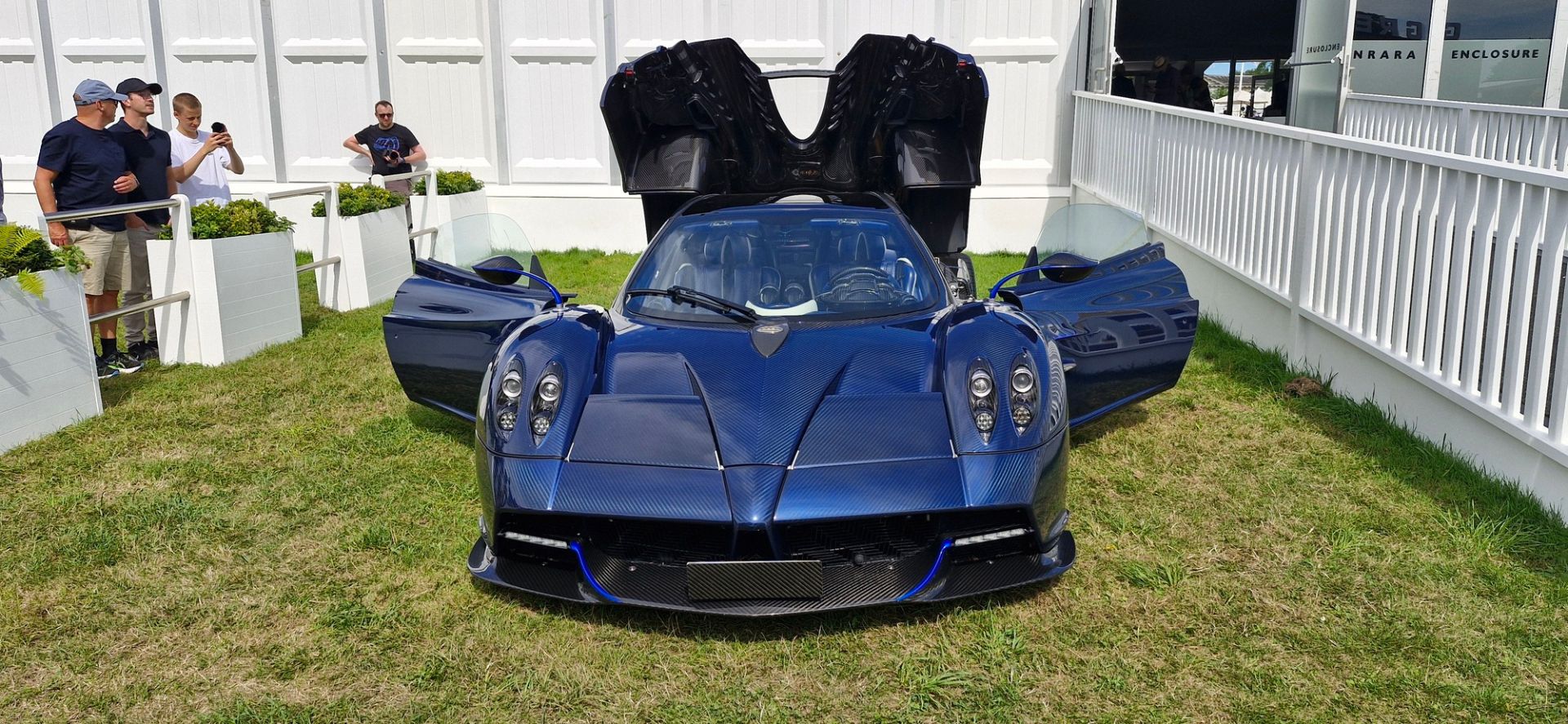
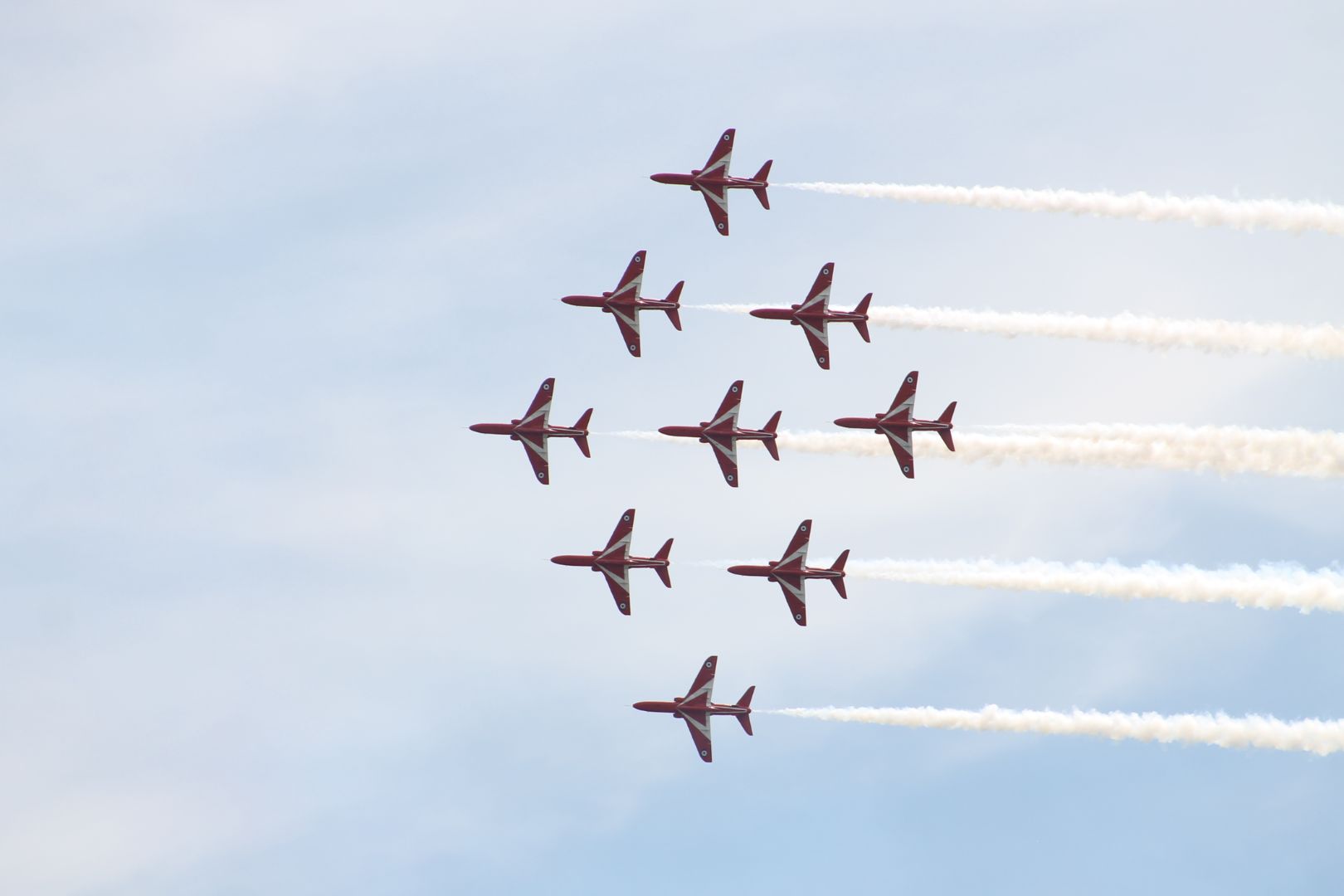
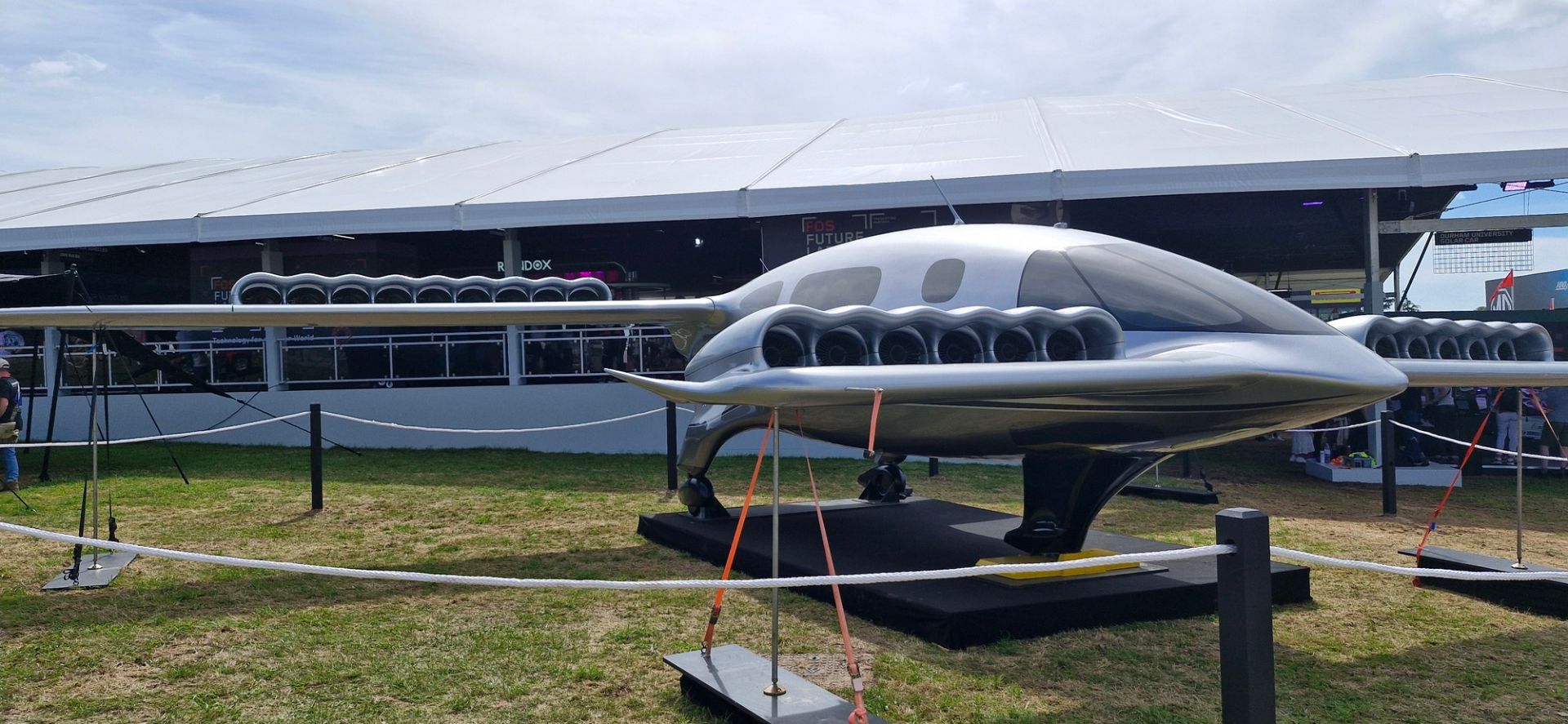
RAF Wyton Heritage Centre
The Heritage Centre comprises of three equally fascinating collections - The RAF Wyton Timeline, The Pathfinder Collection and the Photo Reconnaissance Collection, shared with us by expert guides. From here we continued North, stopping at Alconbury Weald for lunch and a tour of the old Watch Office.


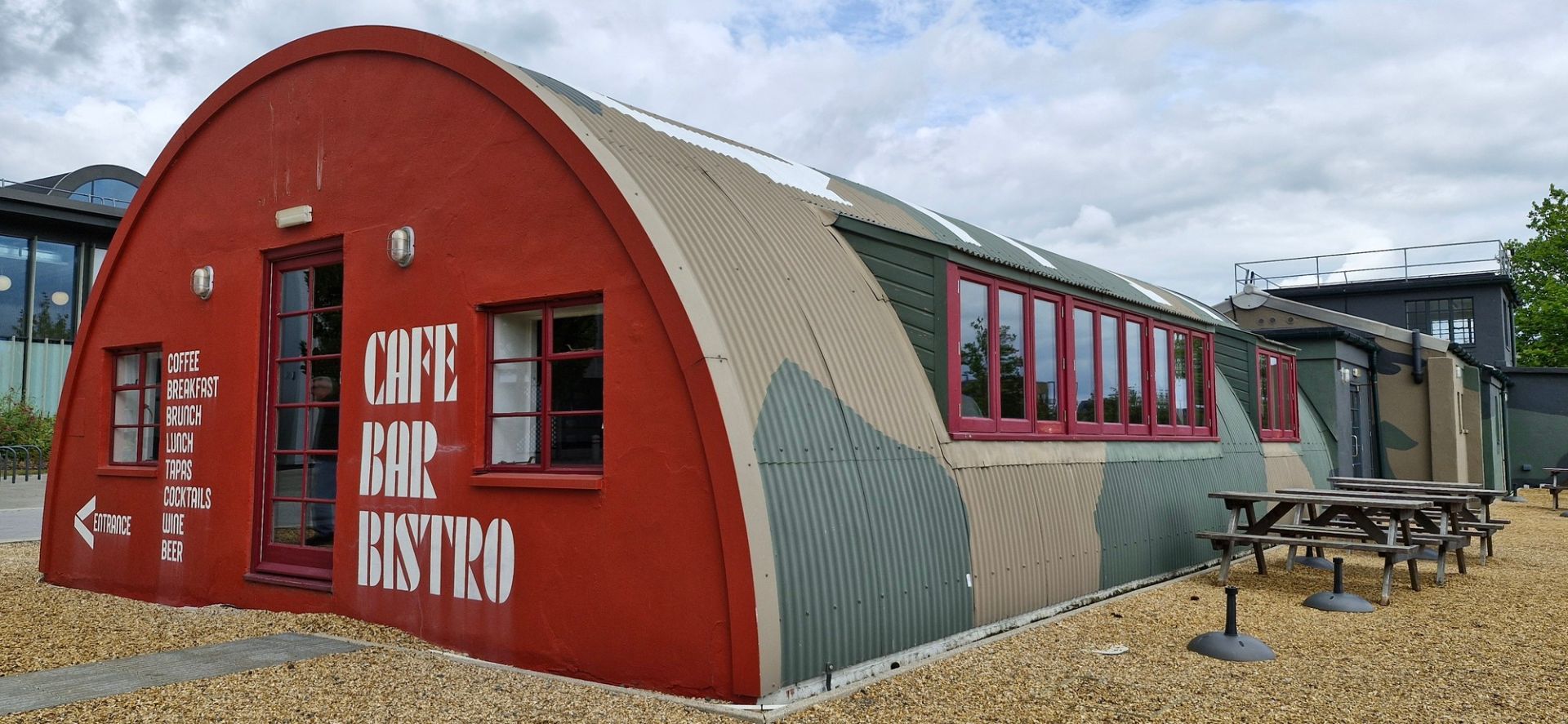
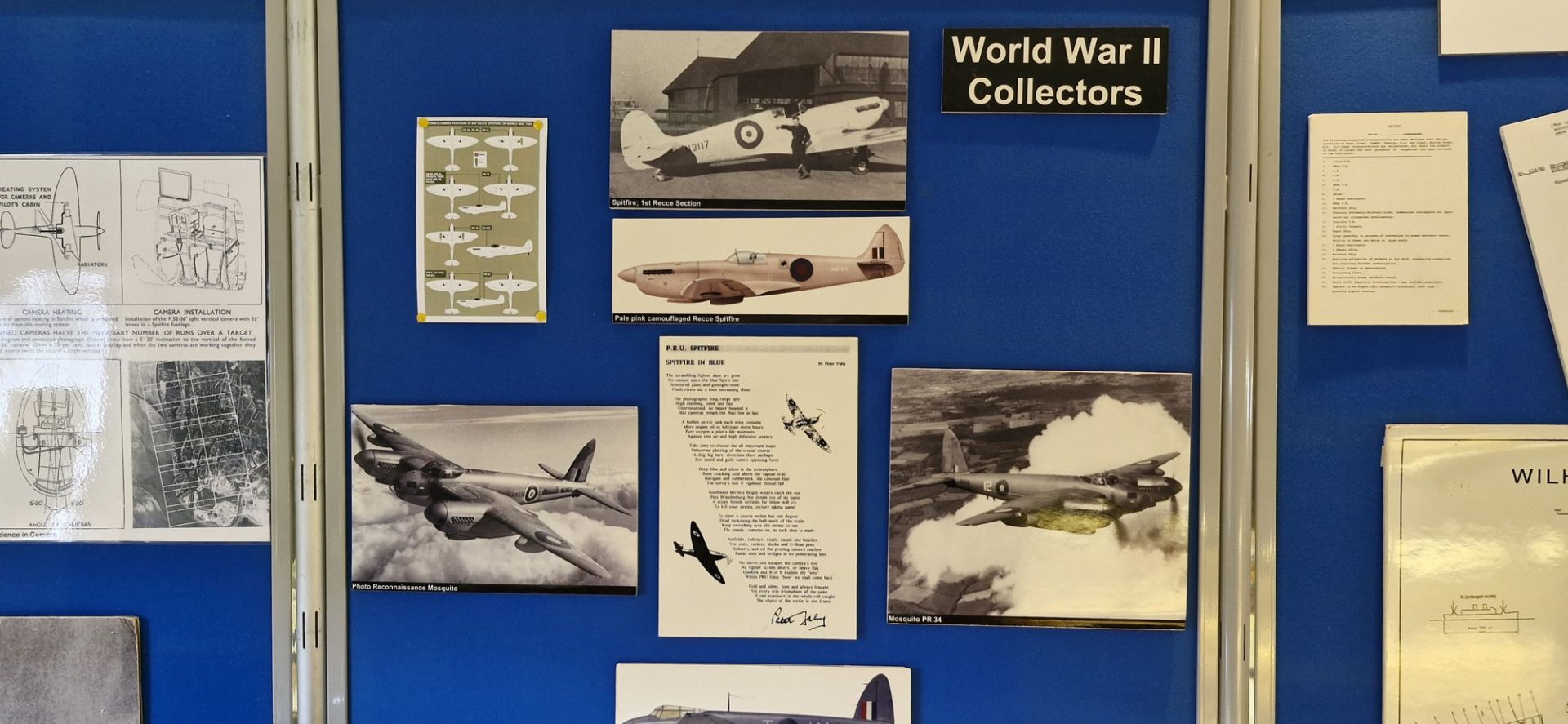
National Railway Museum
With the medieval city of York our base for a few days, we enjoyed some time at leisure to explore the local history, including The Shambles & Betty’s Tearooms – a famous haunt of airmen during the war and the National Railway Museum which, although undergoing major renovations, still has a lot to see. In sharp contrast to the beautiful craftmanship of the vintage engines it was quite interesting to see one of the original Muck Trucks from the building of the Channel Tunnel. It had helped remove 4.3 million metres of earth and rock which was deposited at Shakespeare Cliff near Dover and increased the size of the UK by 90 acres.
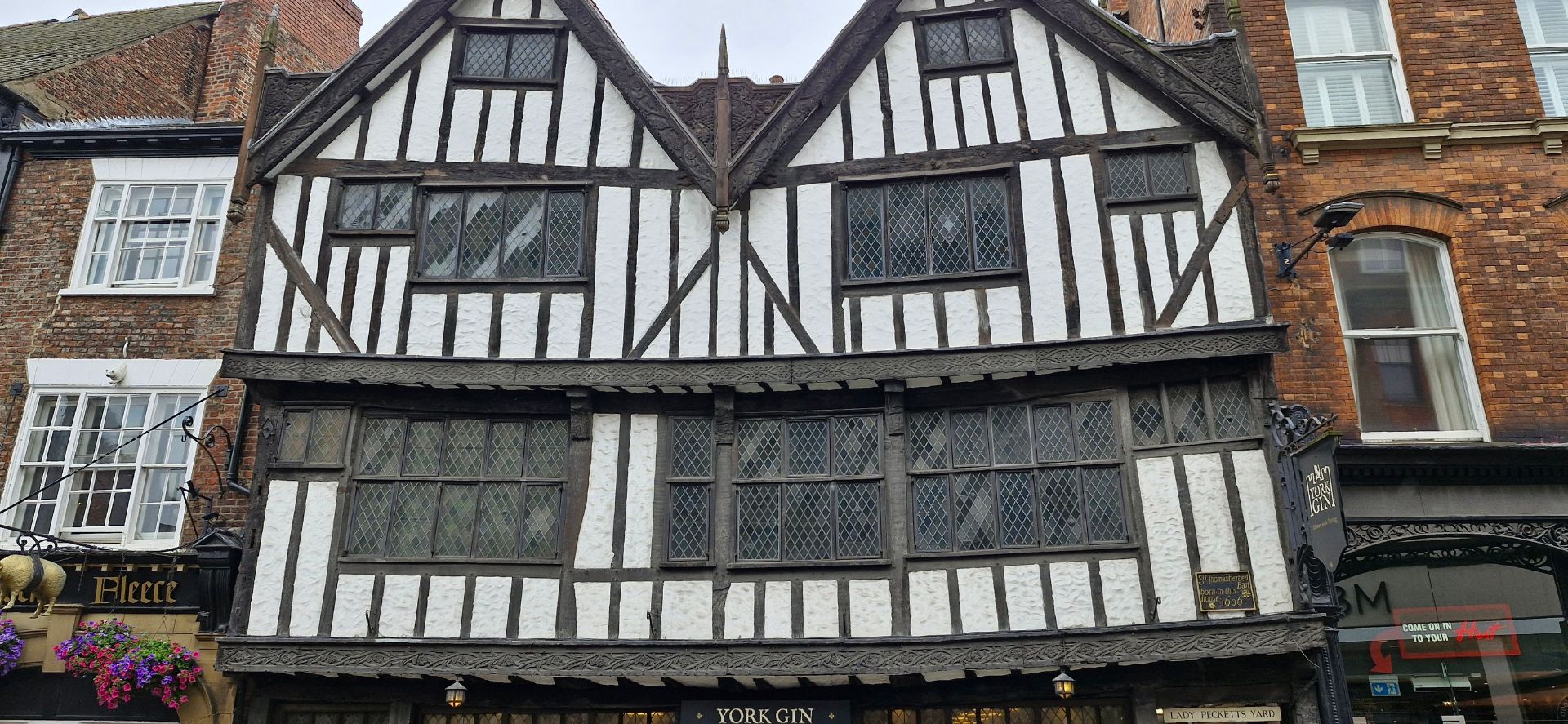
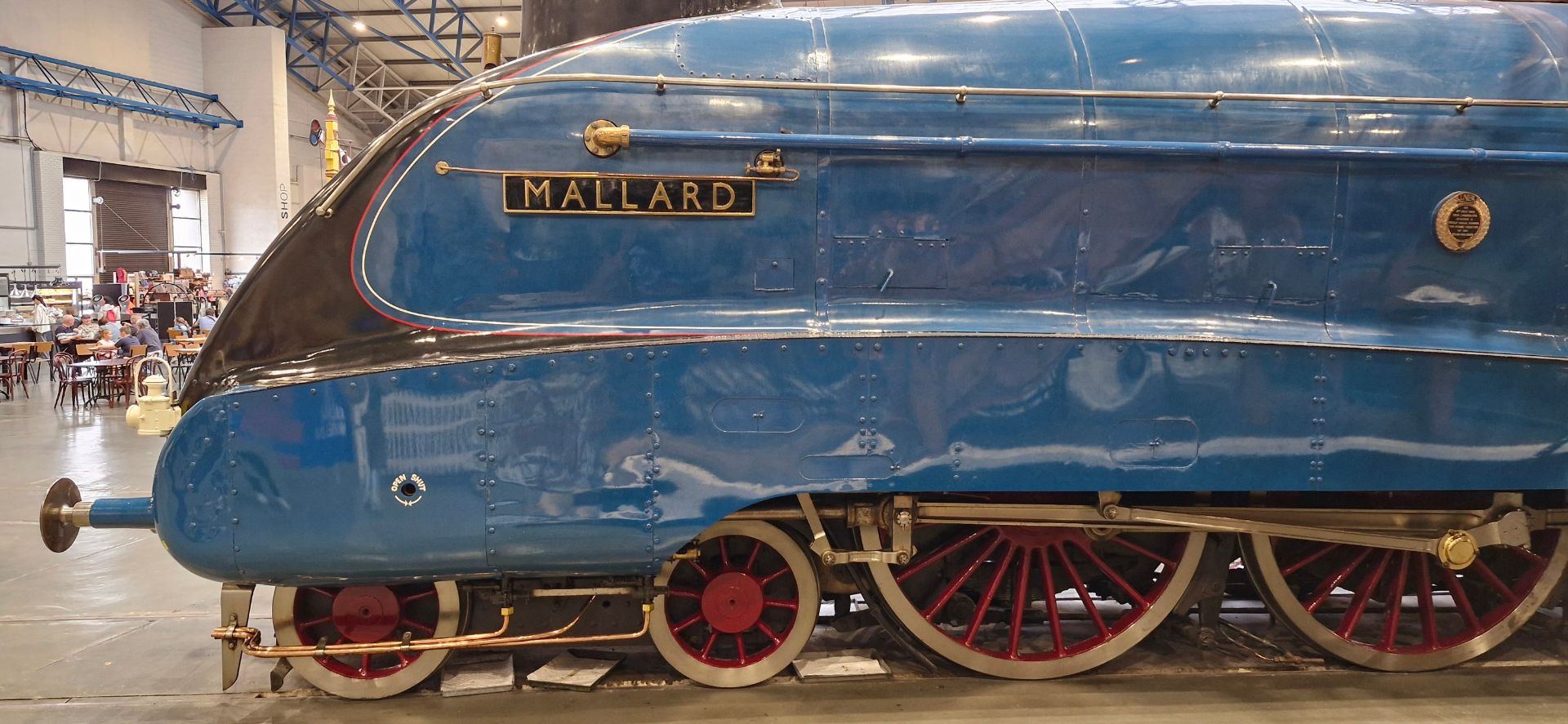

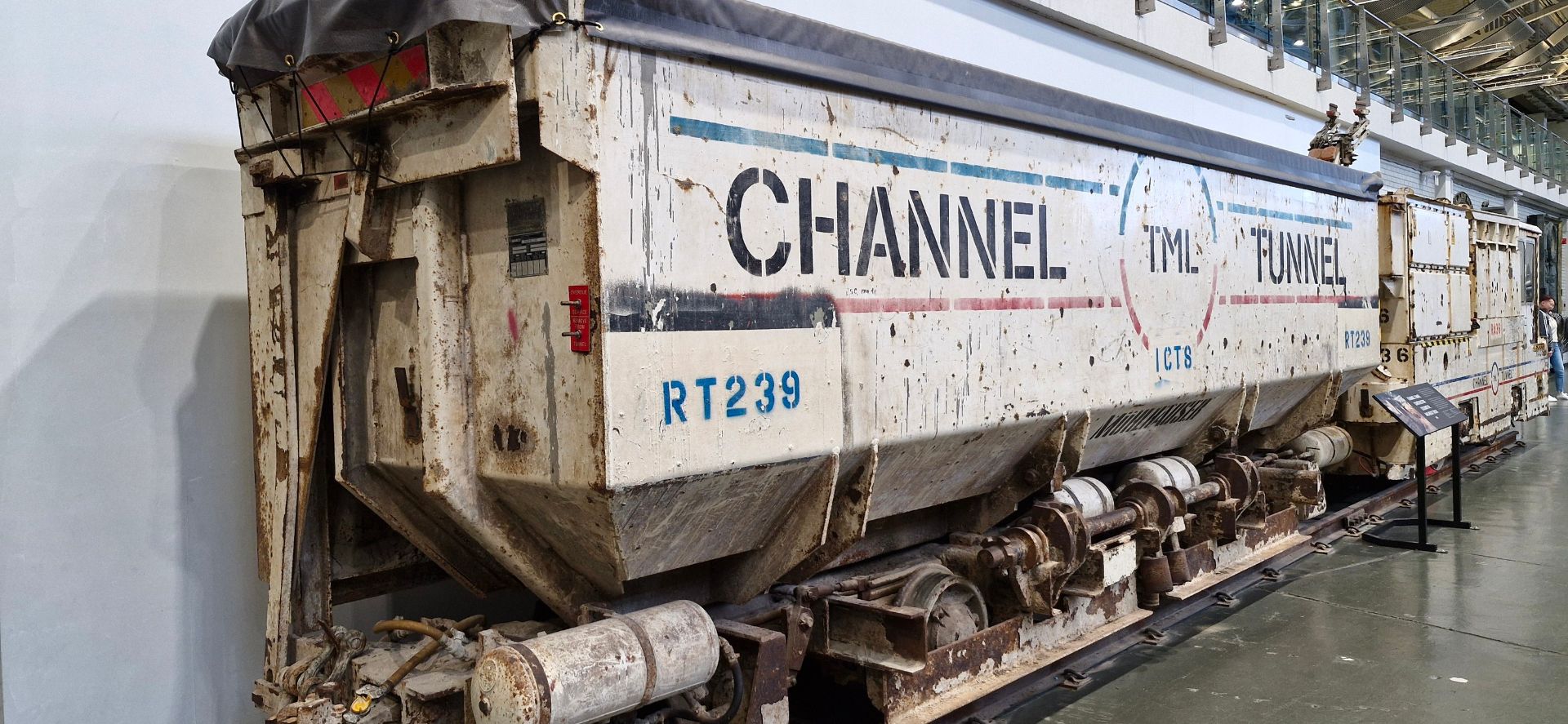
Craven Collection
We popped out to Cravens Motorcycle Collection, hosted by the very lovely Dick Craven himself. His personal collection of over 250 bikes spanning the 1920s through to 2006, supplies the film industry, with many used in the TV show Heartbeat and featured on Shed & Buried.
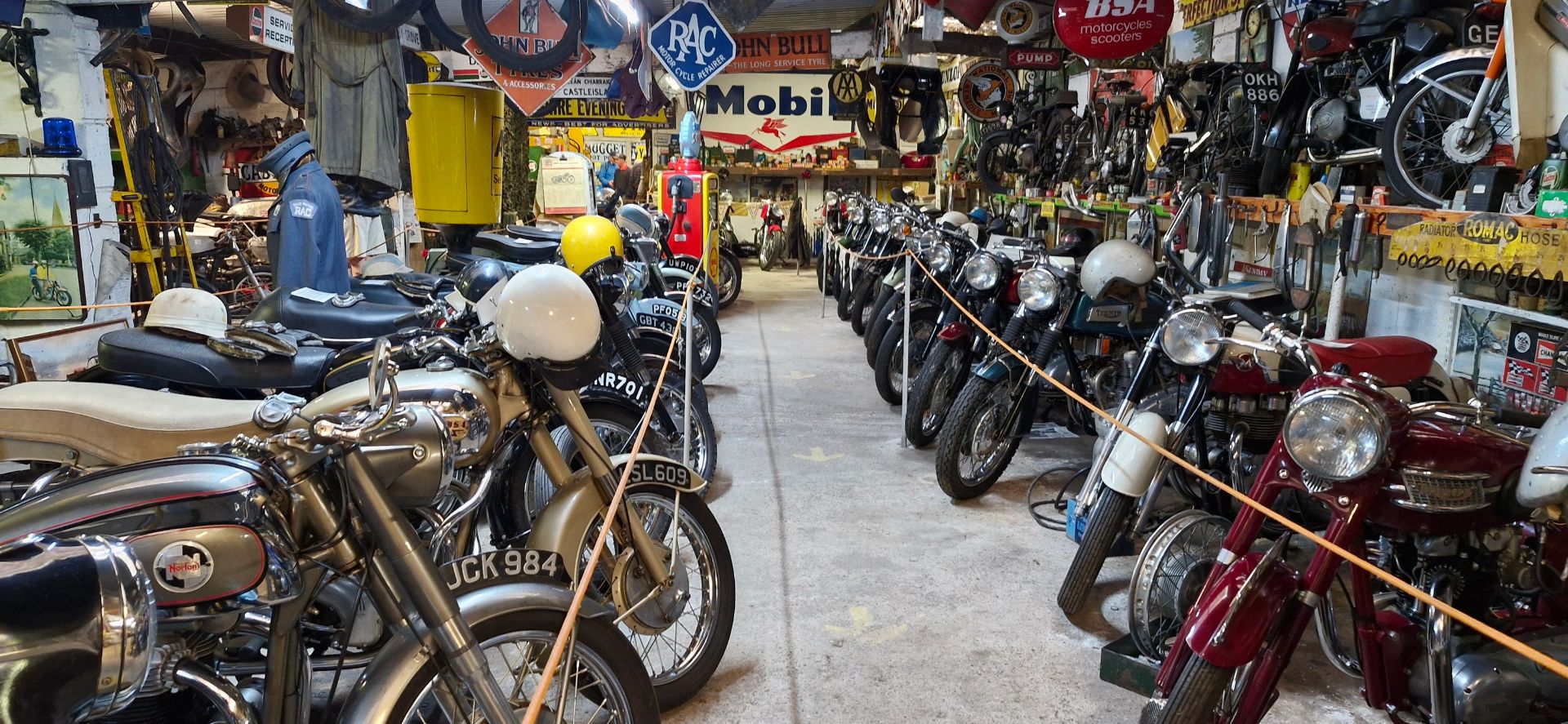
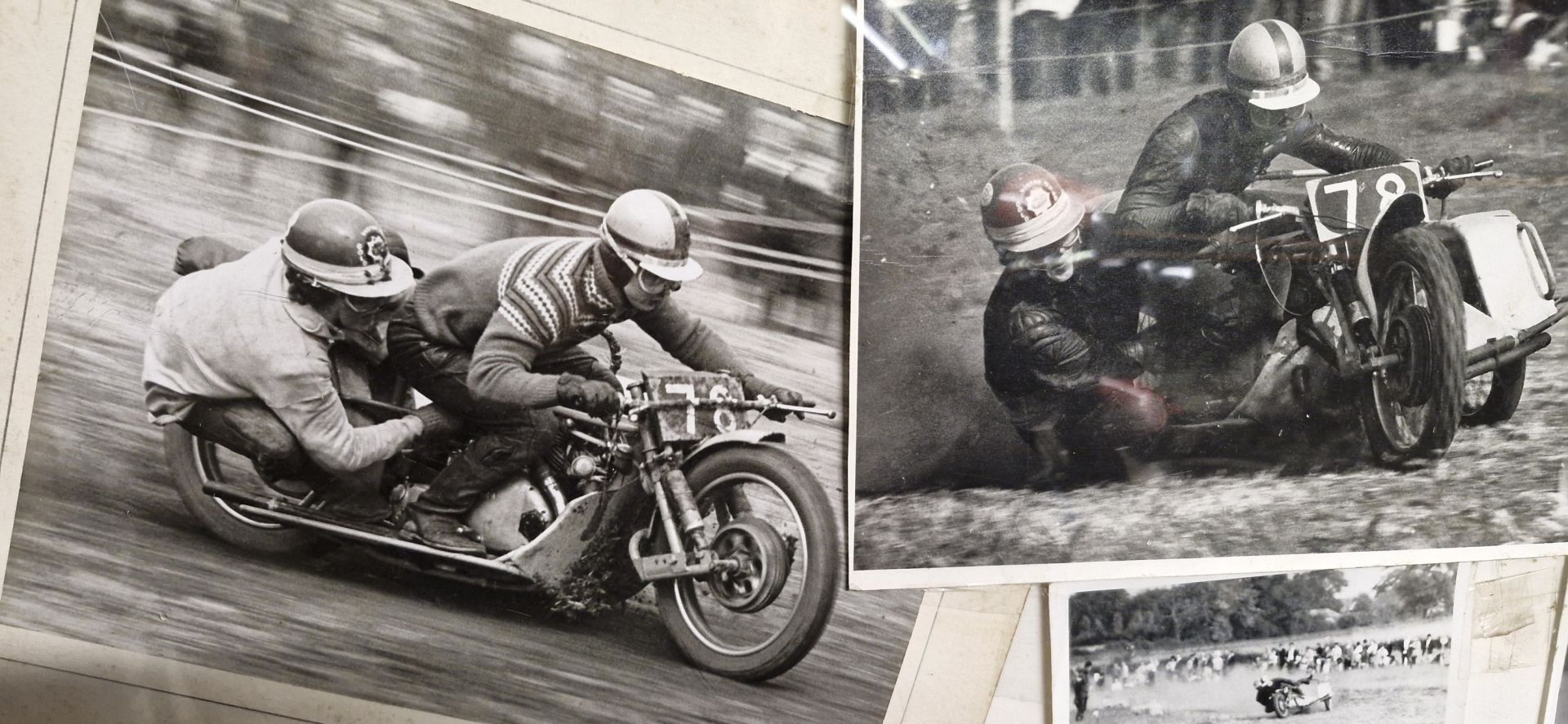
Yorkshire Air Museum
Authentically based on an original World War II Bomber Command Station, this unique history museum is filled with a great combination of original buildings, including the restored Control Tower and more than forty aircraft exhibits, from early biplanes to the unique Halifax Bomber "Friday The 13th" and modern Cold War military jets such as the Victor, Nimrod and Tornado jet fighters.

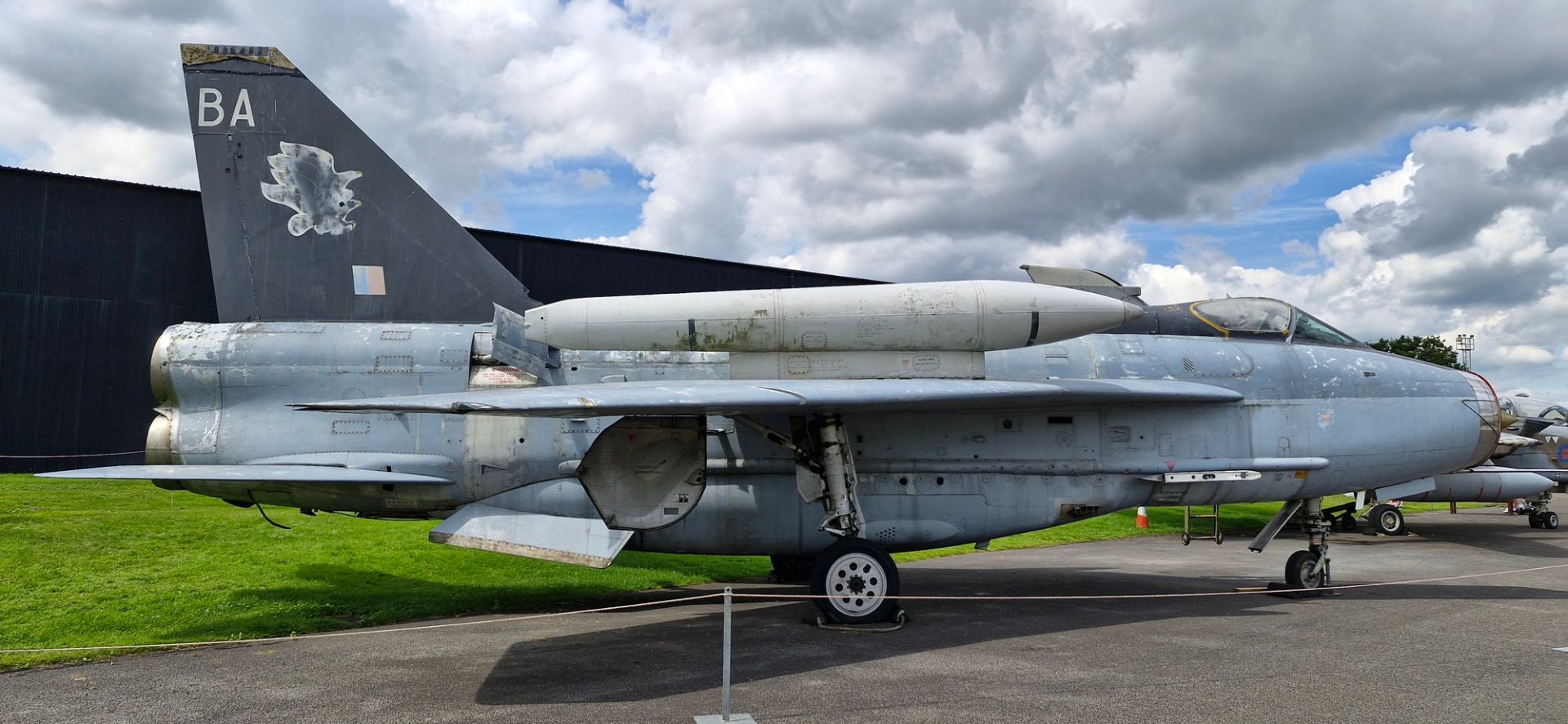
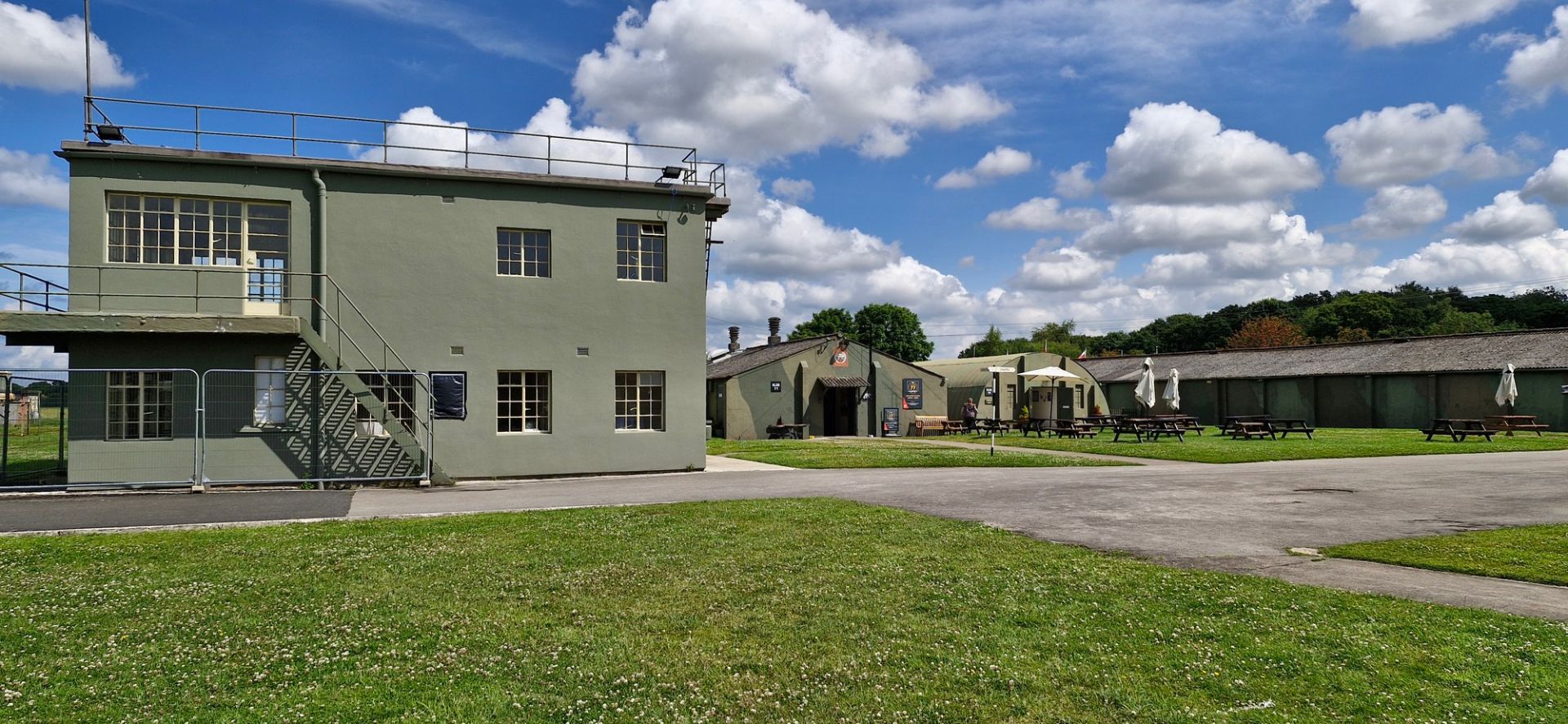

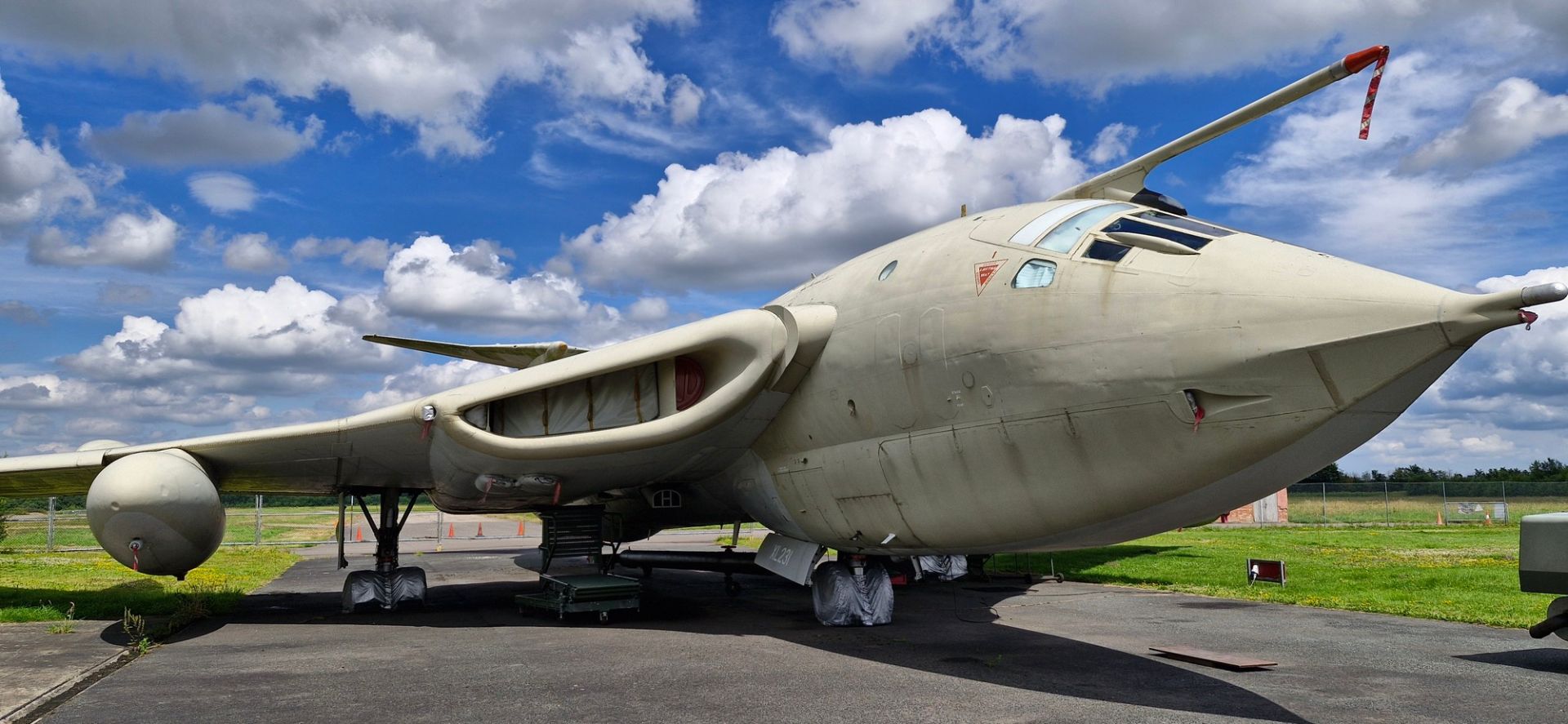

Woodhall Spa & Lincoln
One of our favourites, the Petwood Hotel was requisitioned for the RAF in WW2 and the surrounding Pinewoods used to hide military equipment. The hotel was home to 617 Squadron Officers Mess and the nearby Bluebell Pub one of the favourite haunts for the airmen. At the crossroads in the village centre there are two memorials, a wall depicting the breach of the dams in Operation Chastise or the Dambusters Raid, and the new shiny pyramidal memorial taking it's shape from the wings of the Vulcan & Tornado, dedicated to the modern 617 Squadron. 30 lives have been lost since WW2.
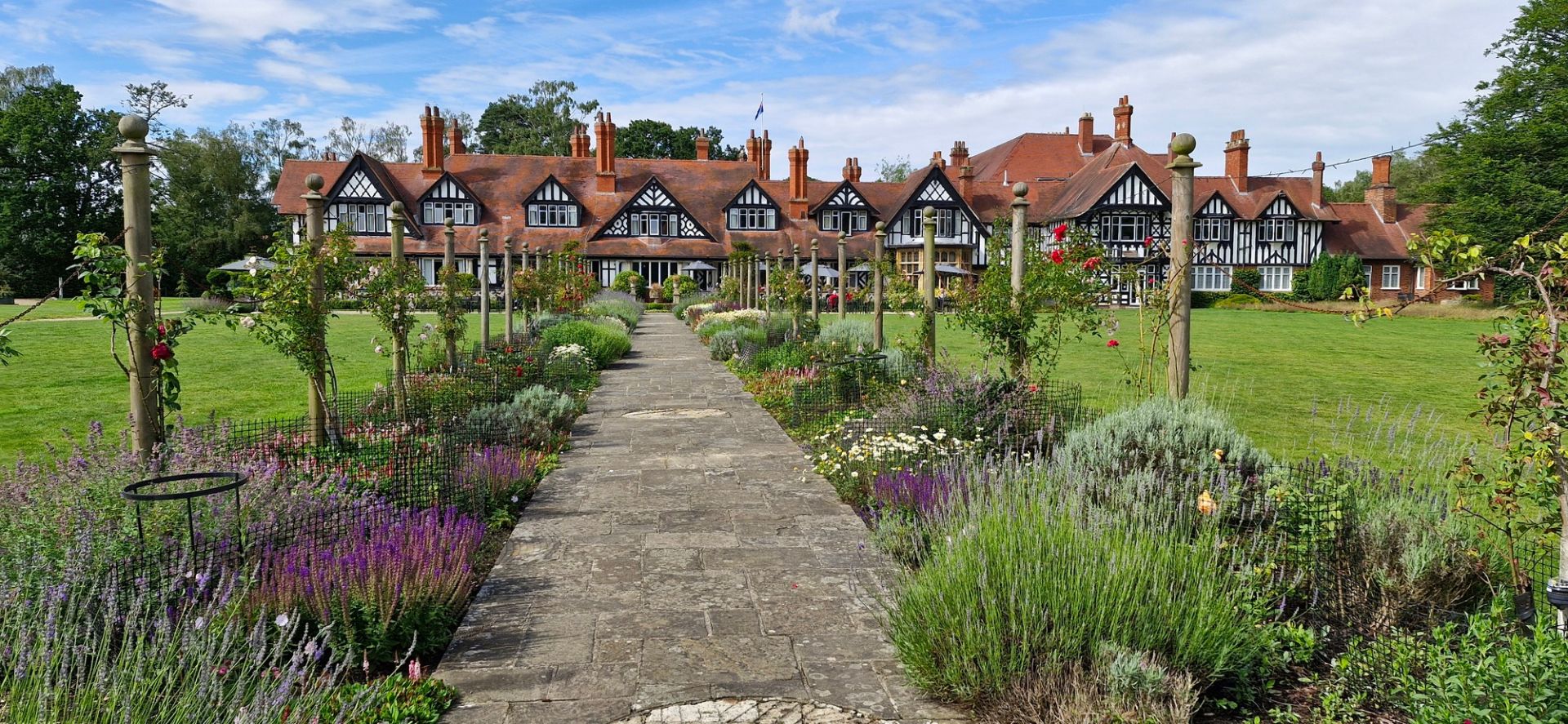
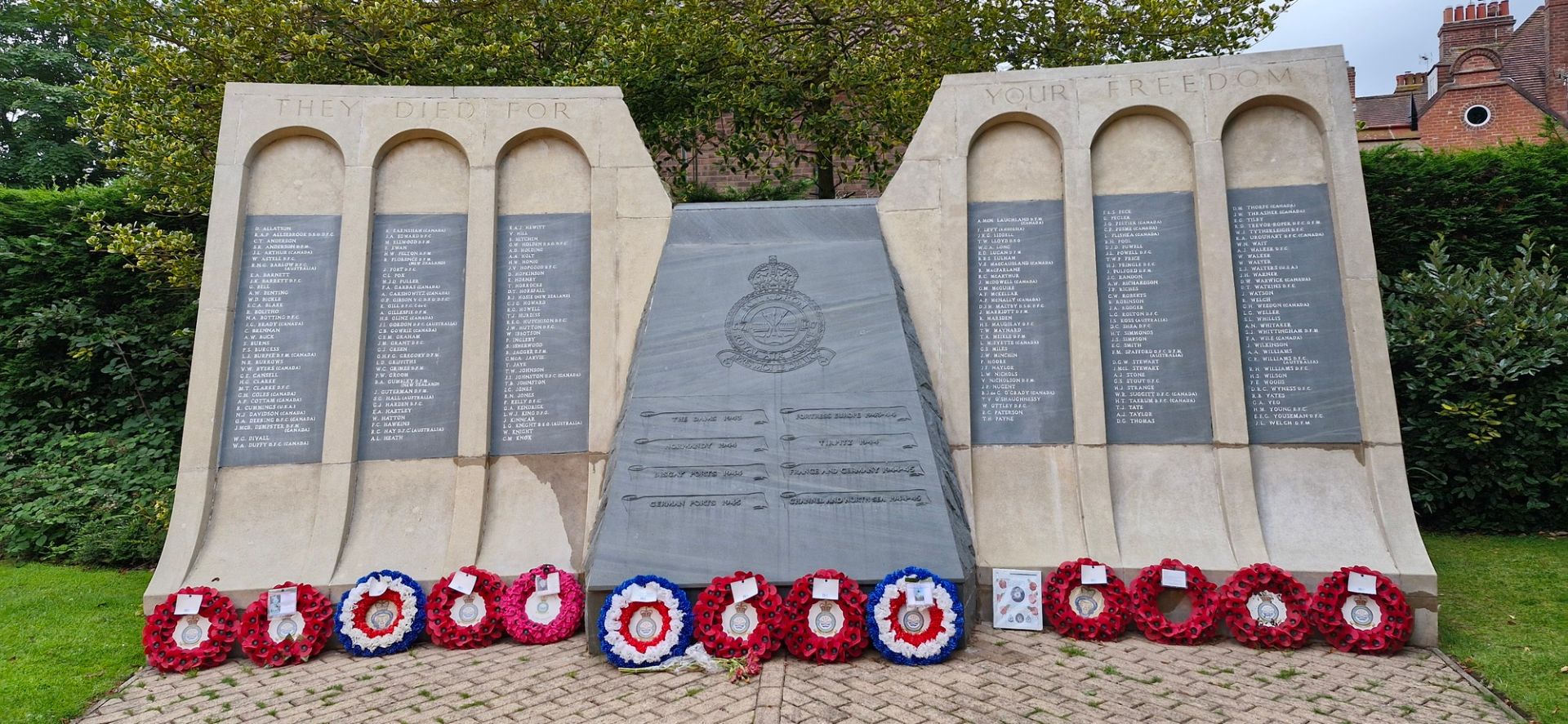
Lincolnshire has long been known as "Bomber County" and was home to more Second World War airfields than any other in England. Lincoln Cathedral provided both a vital landmark - a sign on the horizon to crews returning to Lincolnshire RAF bases that they had made it home safely, and an important spiritual focus for locally based aircrew, groundcrew and, of course, their families. It is home to the Airmen’s Chapel of St Michael and the Bomber Command Memorial. The Chapel's four windows are decorative memorials to Bomber Command, Flying Training Command, the Royal Rhodesian Air Force and Royal New Zealand Air Force.
International Bomber Command Centre
The IBBC includes recording, preserving and relating the stories of all those involved with, or impacted by, Bomber Command during the Second World War. It has the names of every individual who lost their lives in Bomber Command in WWII.
The UK's tallest war memorial is set on a 10 acre hilltop site with landscaped Peace Gardens, The Spire, the Walls of Names and the stunning view across to Lincoln Cathedral. In the Chadwick Centre, named after Roy Chadwick, designer of the Avro Lancaster, there are interactive displays telling the stories of Air and Ground Crew, and support staff from around the world, who come together to create the Orchestra of Voices. Many topics are covered including the debates in the War Cabinet about the wisdom of campaigns and the struggle for recognition by those who served Bomber Command.
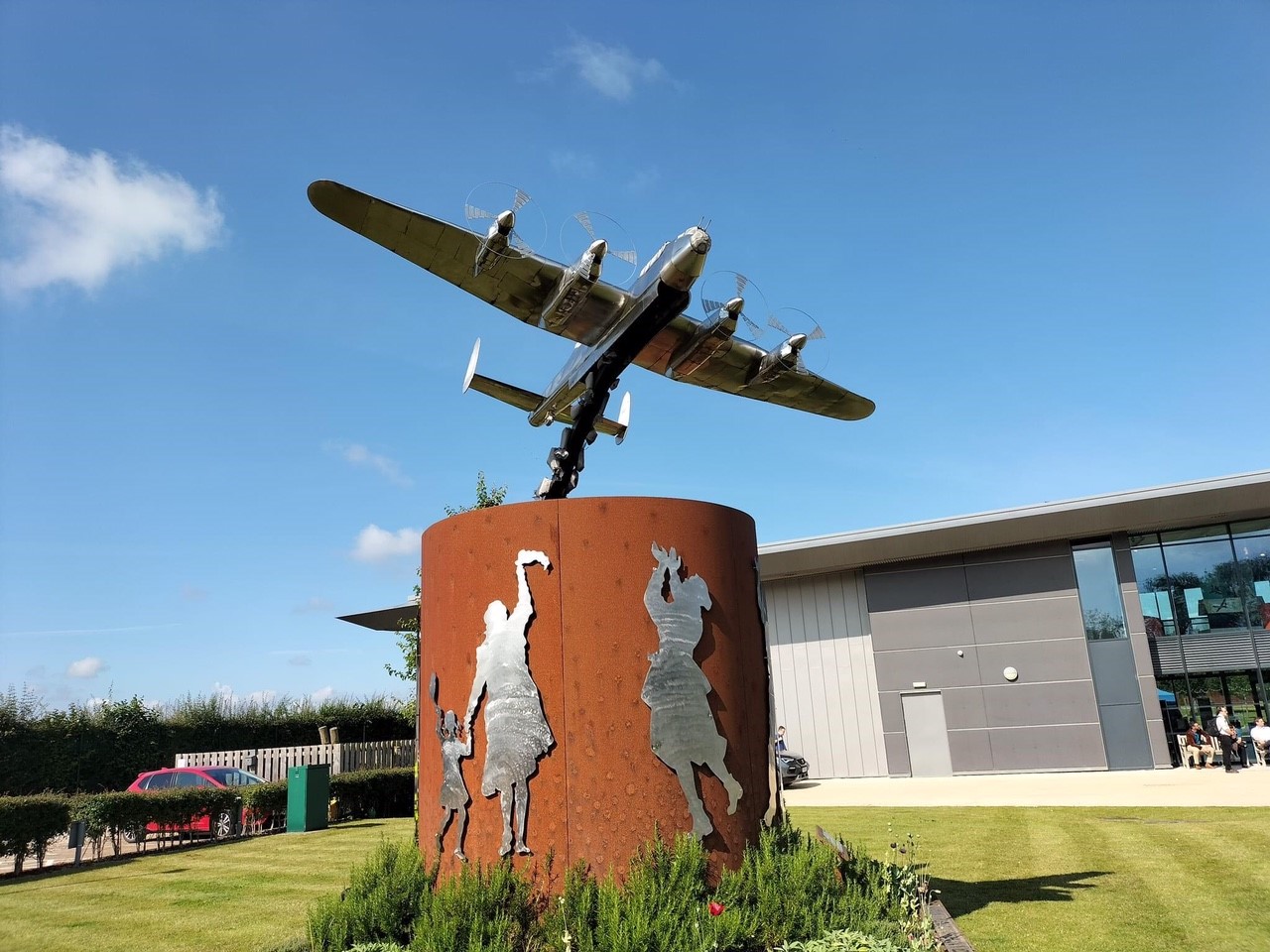
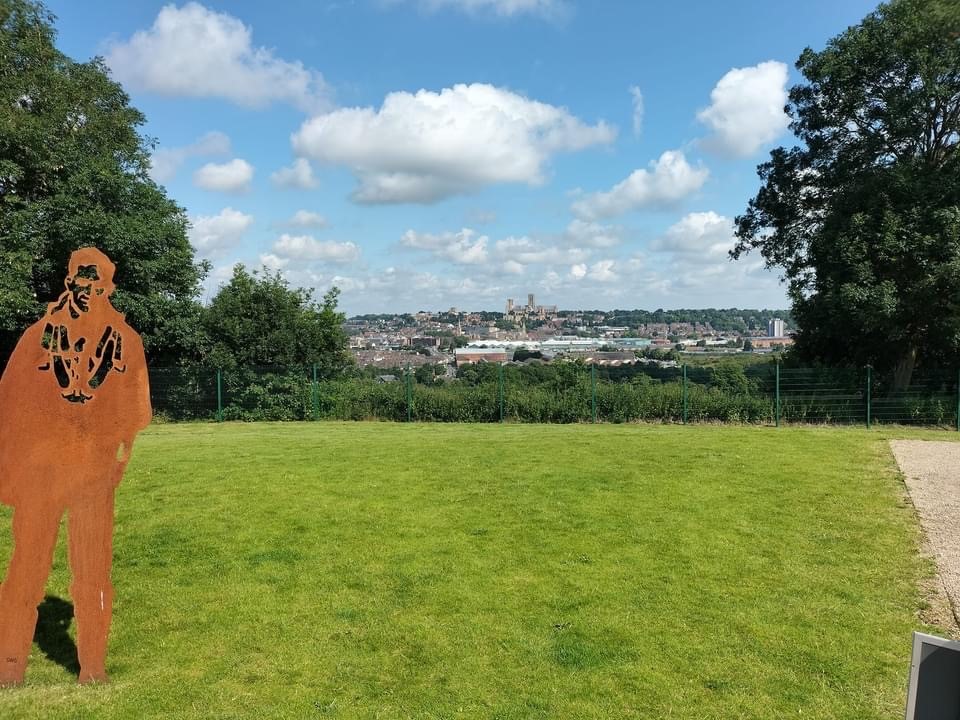

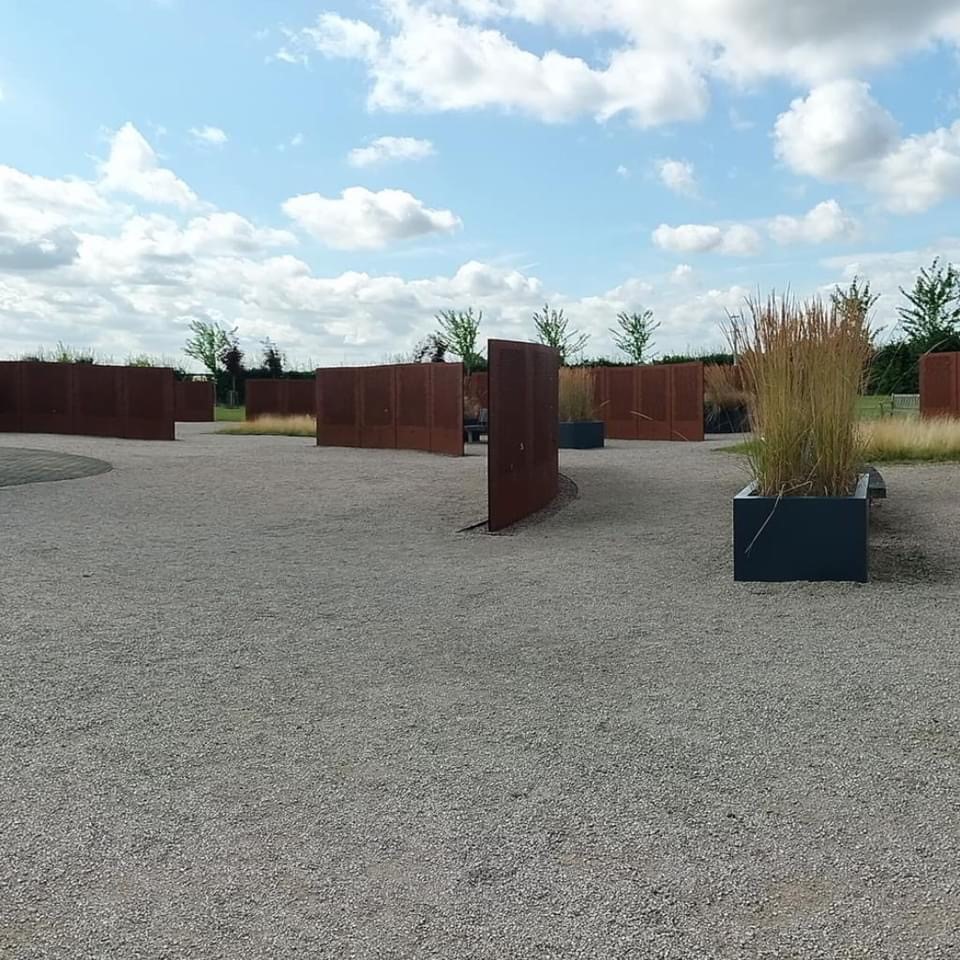
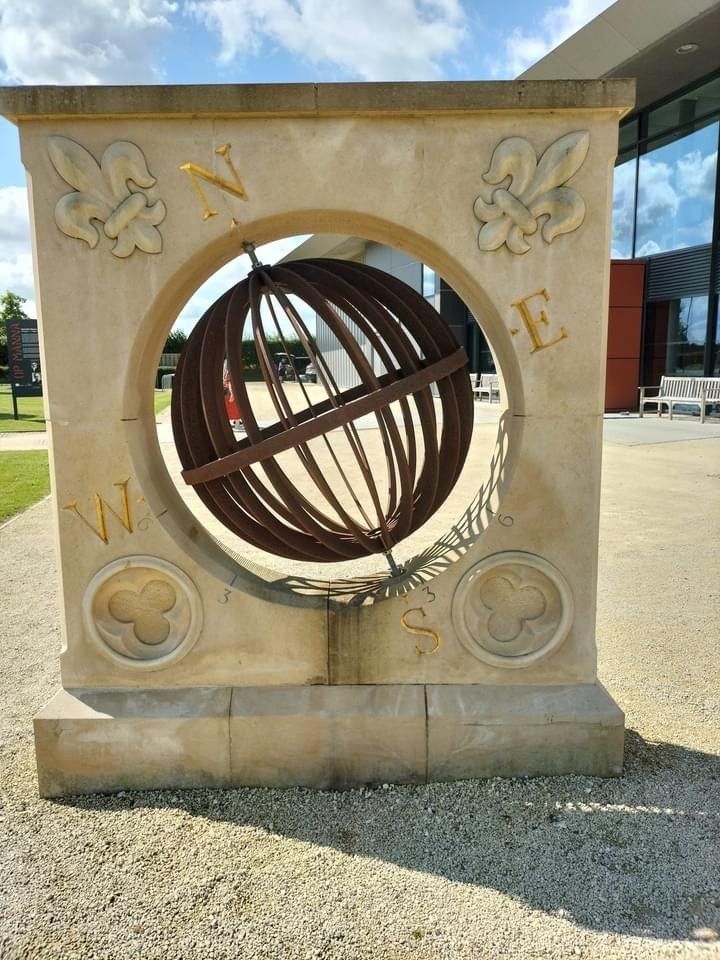
Lincs Aviation Heritage Centre
The centre is home to two of the world’s rarest aircraft Lancaster NX611 ‘Just Jane’ and Mosquito NF11 and is now widely seen as a living memorial to the 55,573 men of Bomber Command who lost their lives during WW2. They have dedicated many hours and resources into sourcing and restoring important vehicles that are part of Bomber Command's history, rare vehicles such as the Fordson WOT1 Foam Tender and the Fordson WOT1 crew bus - the only one known in existence and possibly the rarest item at the centre, it was used to take crews to their aircraft ready for operations.
We had seven of our group doing the VIP Taxi run and seven guests who got onboard just for the aircraft tour. The new extended viewing area was great as we could view the taxi field and see the Lancaster in action.
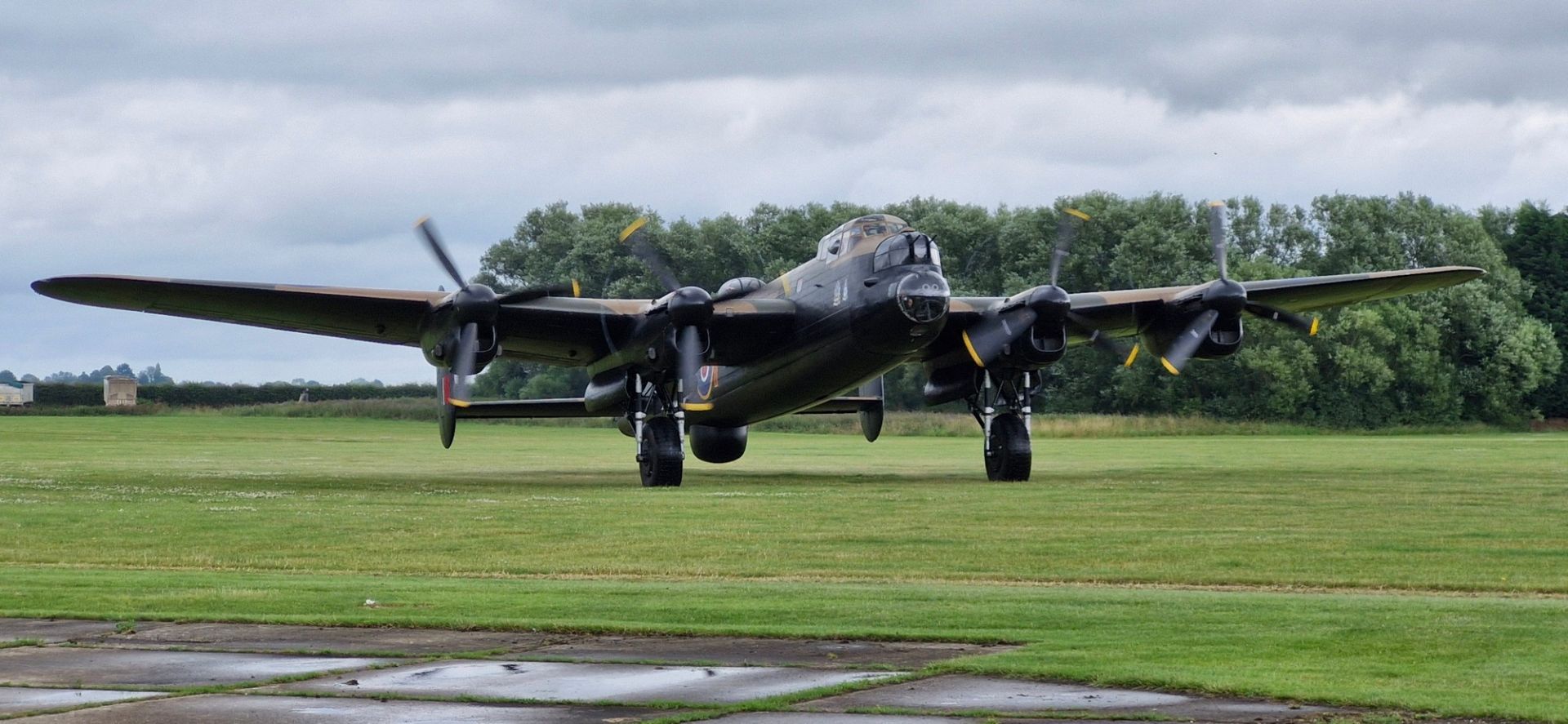
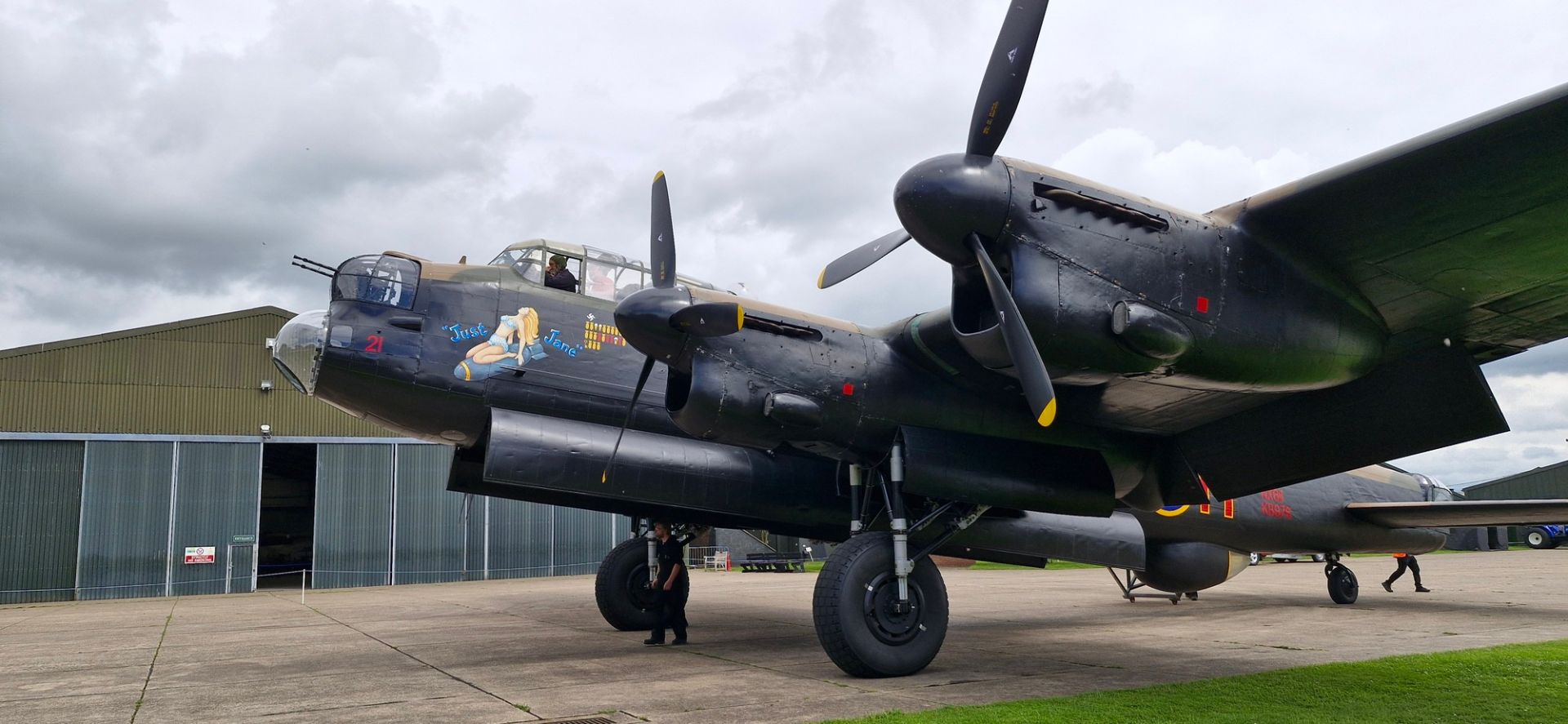
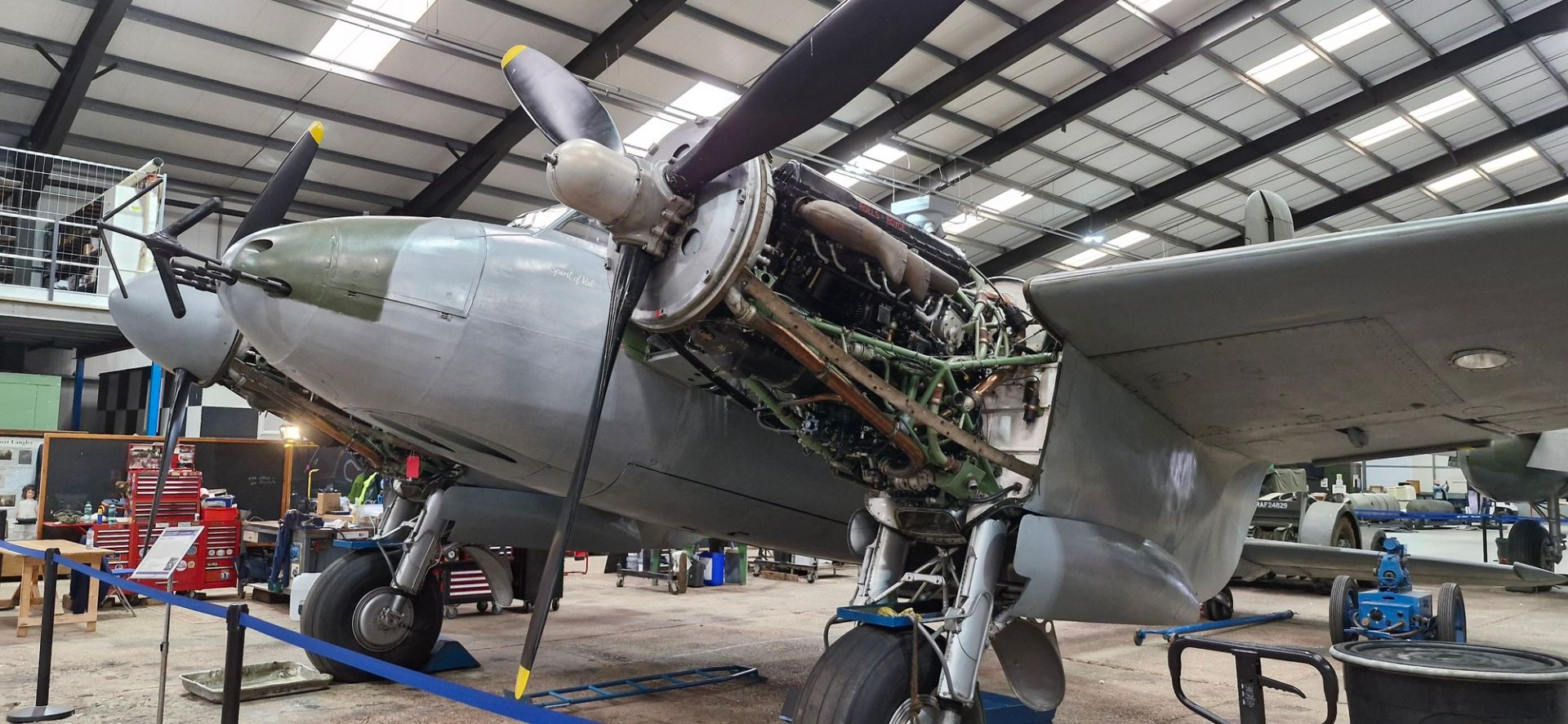
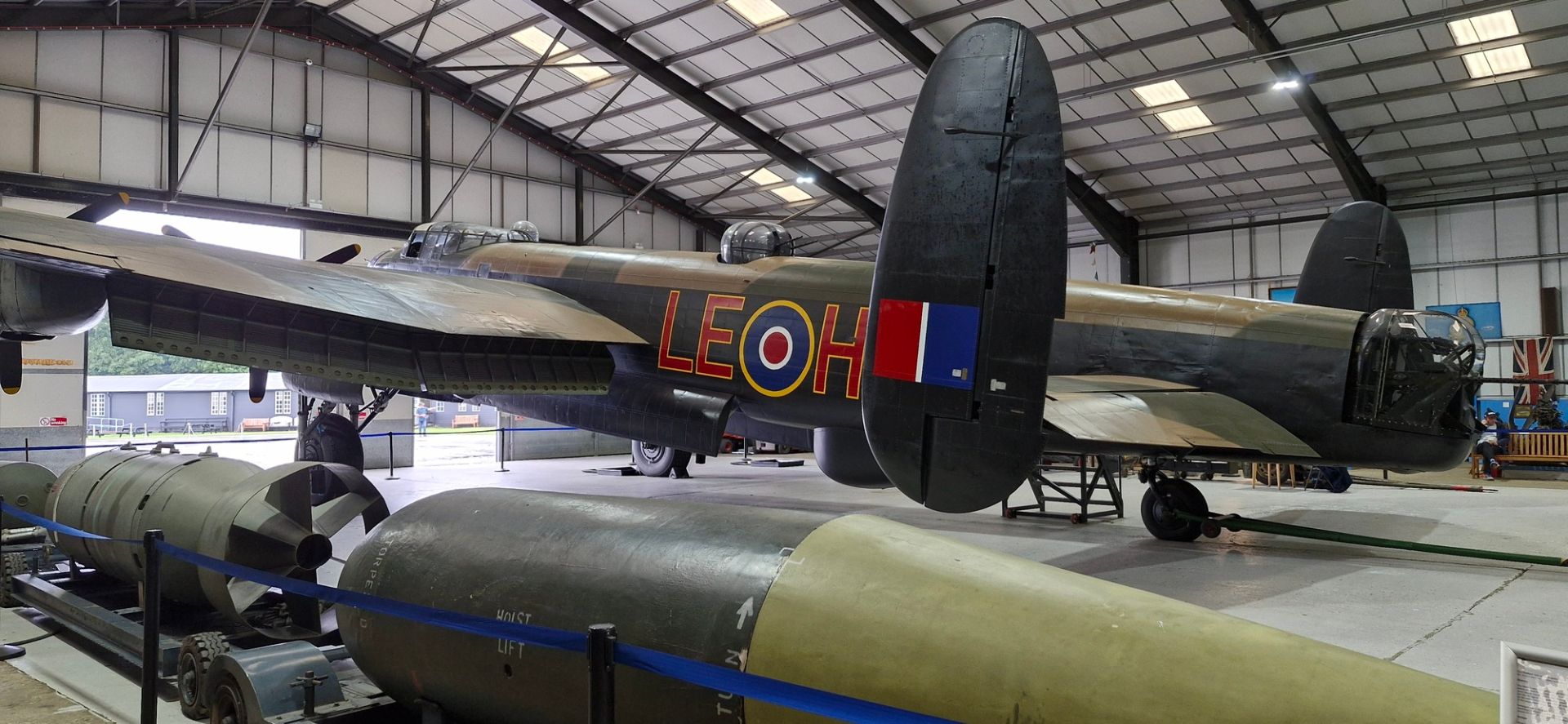
Battle of Britain Memorial Flight Visitor Centre
It's always a priviledge to be shown around a working hangar and this is one of the most important on the Warbirds scene with the flight consisting of the Lancaster, 5 Spitfires, 2 Hurricanes, 2 Chipmunks and a Dakota. Located within the boundaries of RAF Coningsby there is usually a lot of activity and whilst enjoying the beautiful old birds, the new jets are practicing vertical take offs in the background. The BBMF is typically asked to fly over 100 displays and around 800 flypasts at events during each display season with careful planning to take in several events per sortie to maximise the limited flying hours.
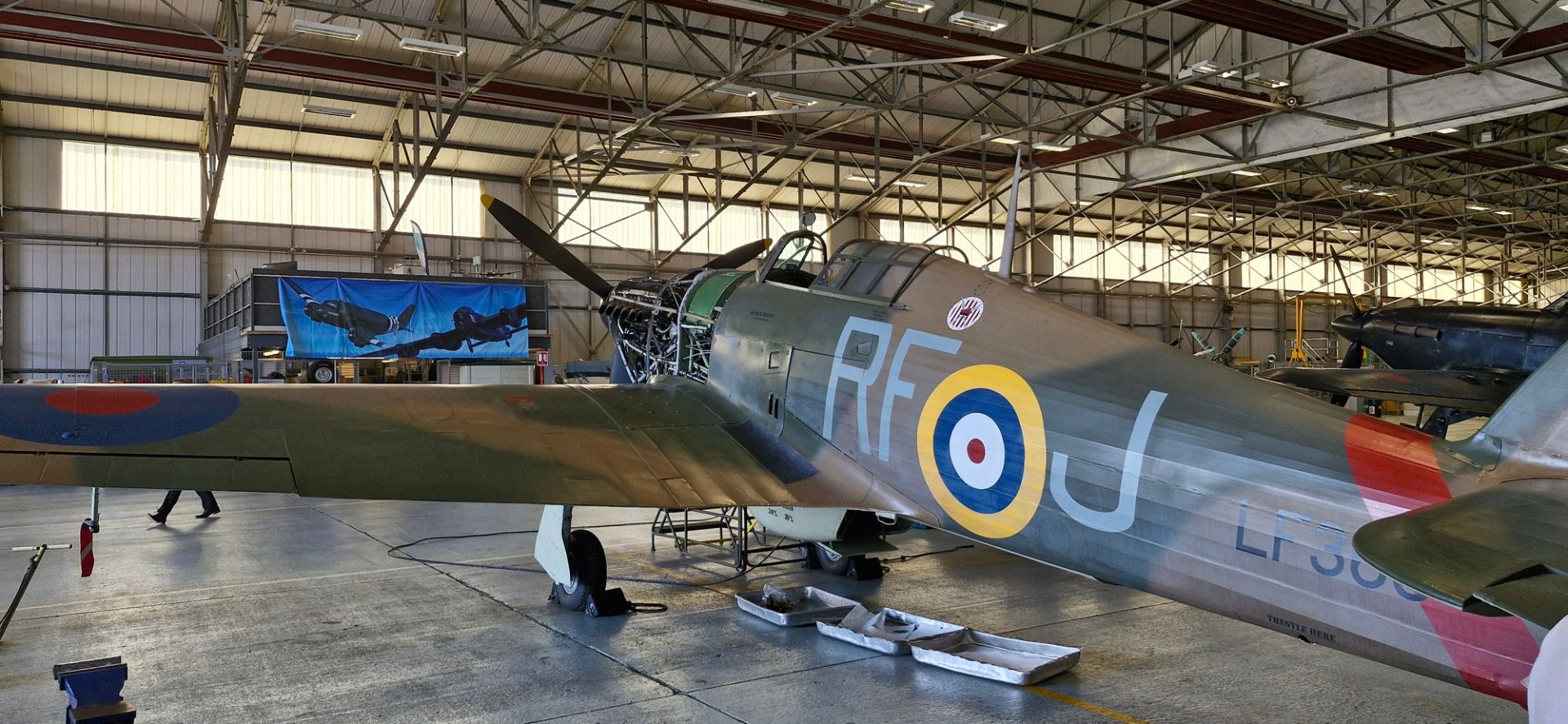
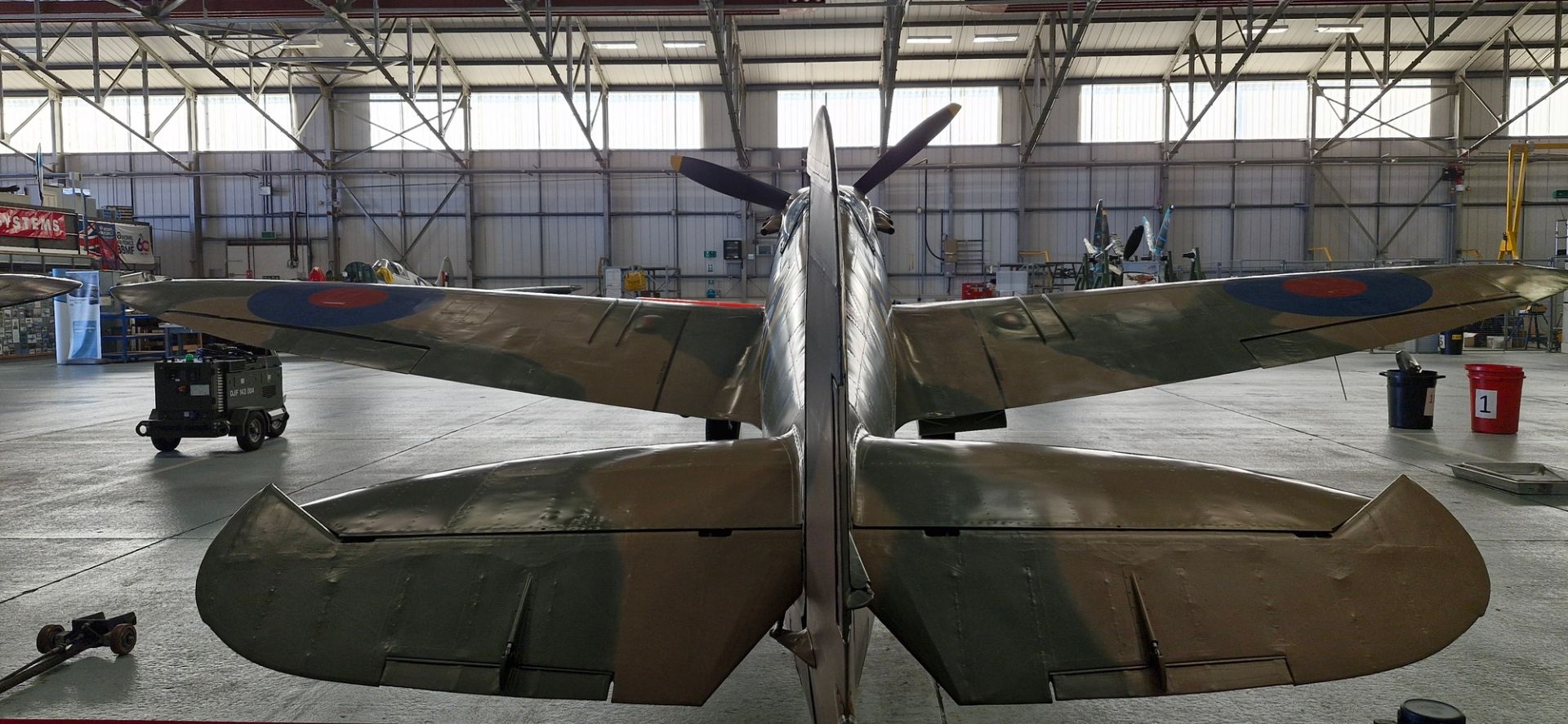
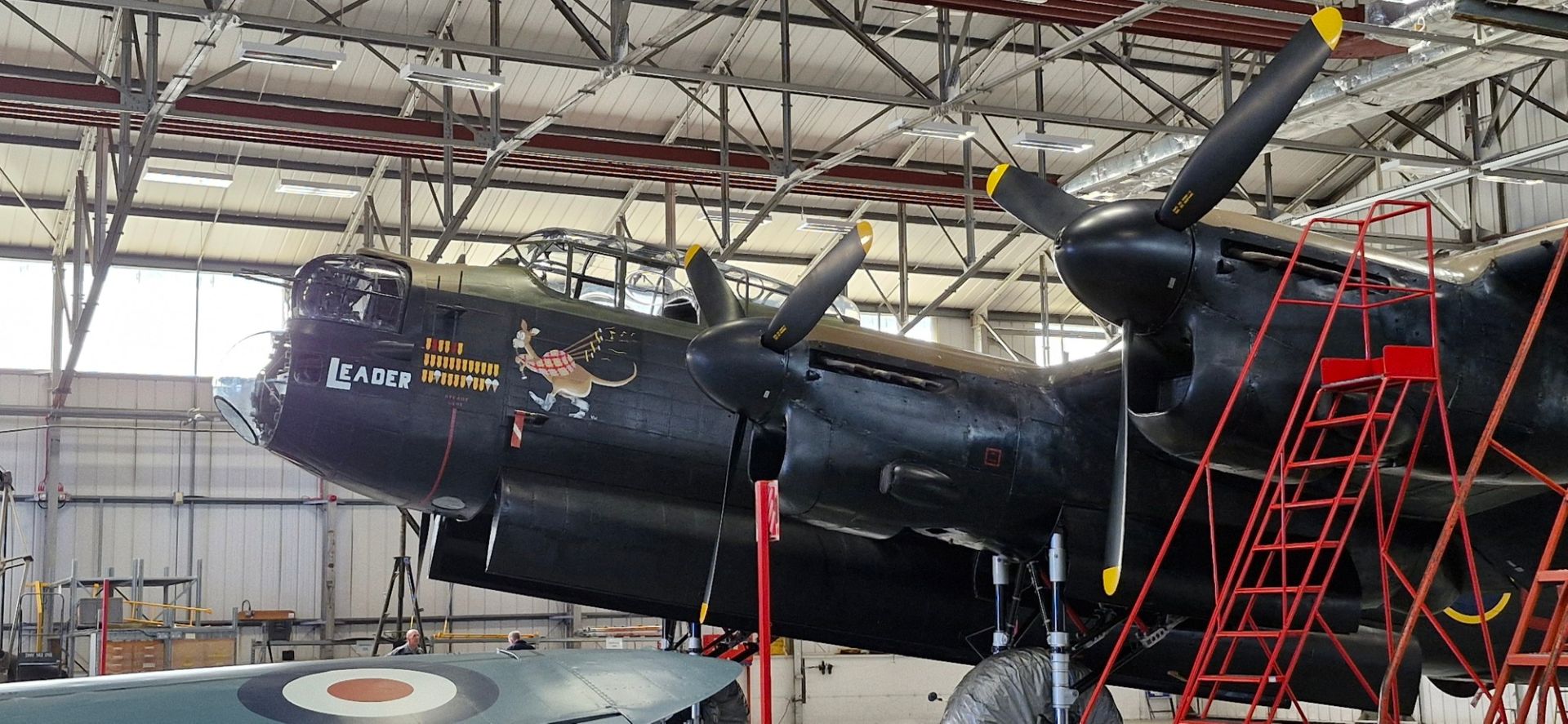

Newark Air Museum
Located on the former World War II airfield of Winthorpe where Lancaster crews were trained, this museum has a good collection of more than 90 aircraft and cockpits, a lot from the Cold War era. There are open cockpit sessions including larger exhibits like the Vulcan, Varsity, Shackleton and Hastings, The Vulcan is a favourite to climb up into and hear the training & mission stories from the former pilots. There is a great new cafe onsite too.

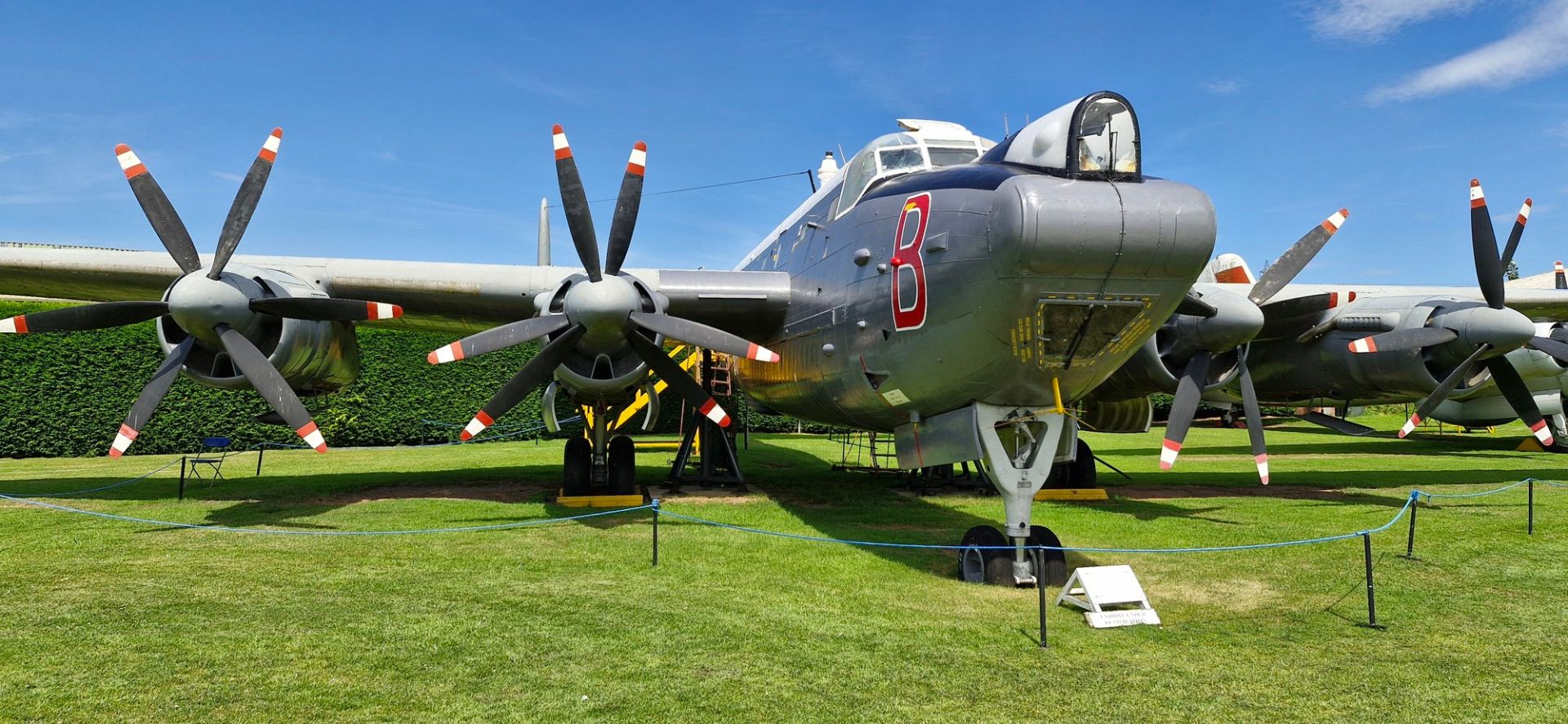
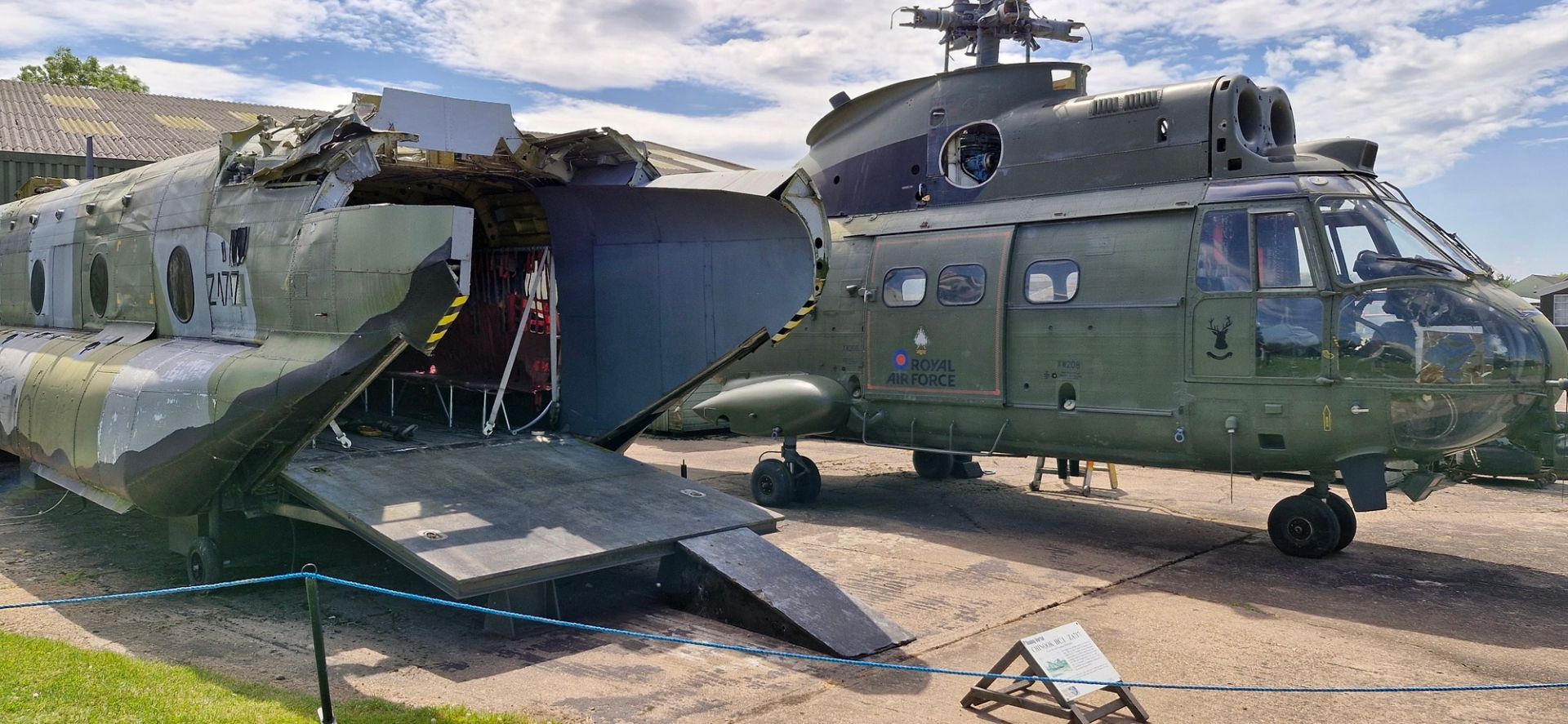
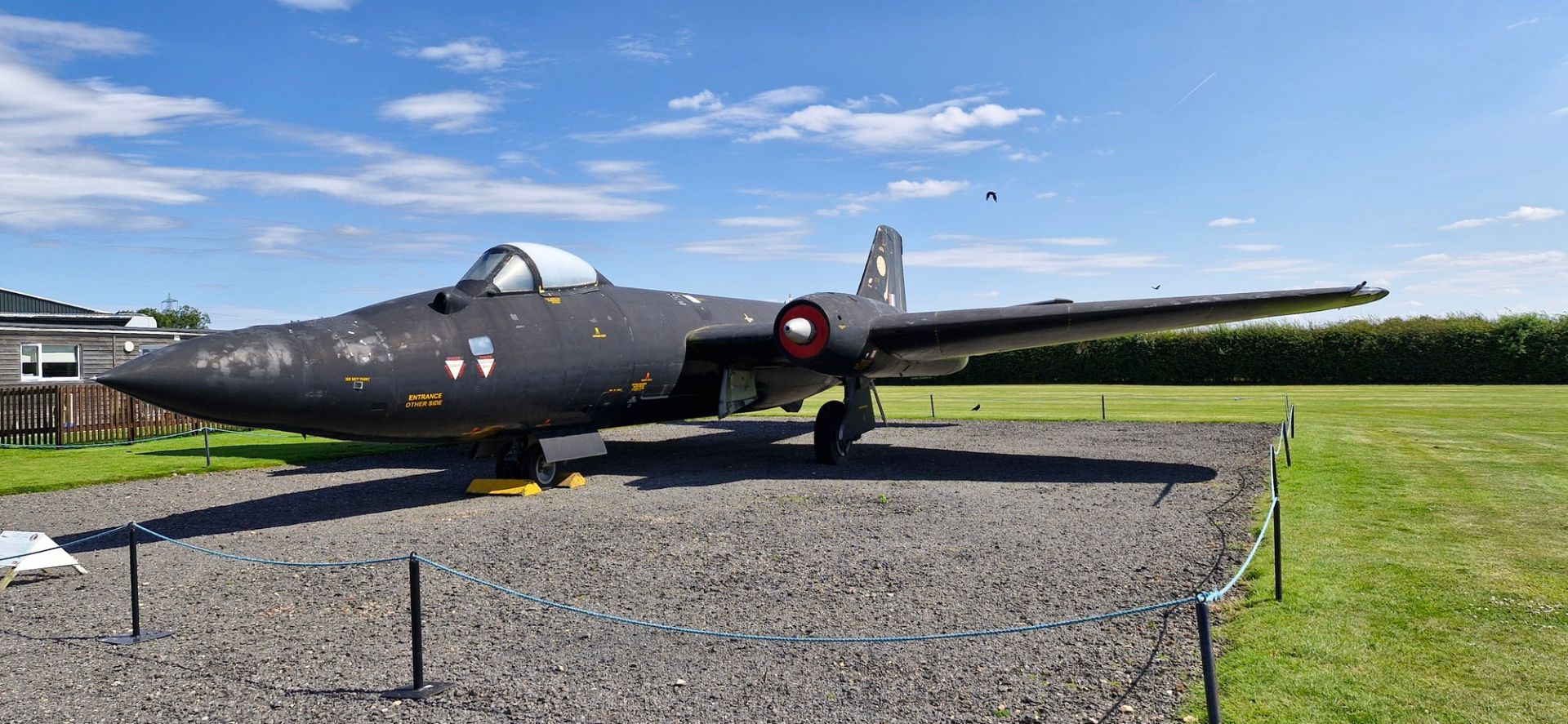
Bletchley Park
We headed South to Bicester, perfectly located between our visits for the next few days, starting wtith Bletchley Park, the top-secret home of the World War Two Codebreakers. Once destined for demolition, Bletchley was saved by a conservation order on some trees onsite and has been beautifully restored into a site of vibrant heritage including immersive films, interactive displays, museum collections and faithfully recreated WW2 rooms.
Our planned visit to Bicester Heritage was changed due to the private hiring of the ex RAF airfield section and the Squiggly Monkey brewery closure, so we went back to Bletchley Park the following day to the National Museum of Computing located right next door, to continue the theme. On display here are machines from the Turing-Welchman Bombe and Colossus of the 1940s through the large systems and mainframes of the 1950s, 60s and 70s, to the rise of personal computing and the rise of mobile computing and the internet. It's a totally mind-blowing couple of days at Bletchely.
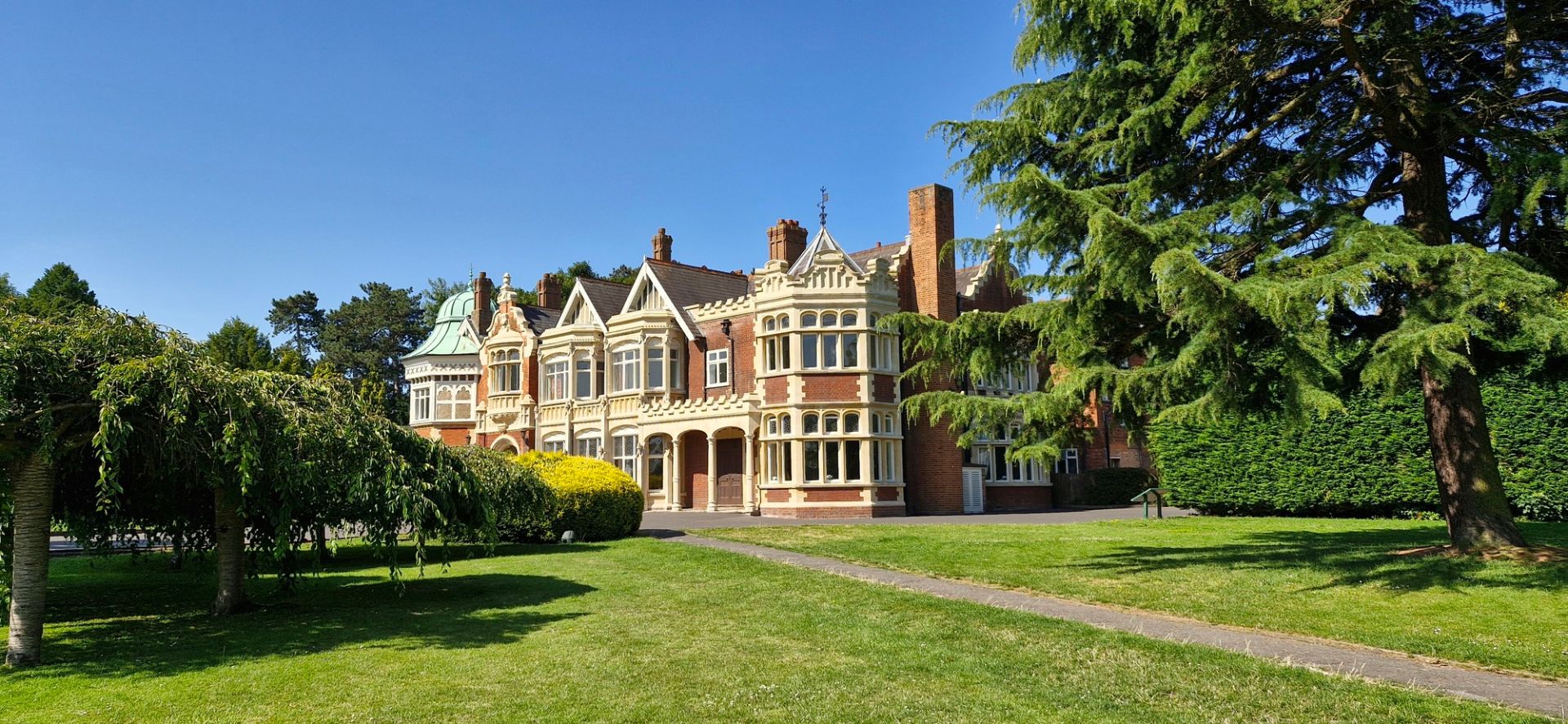
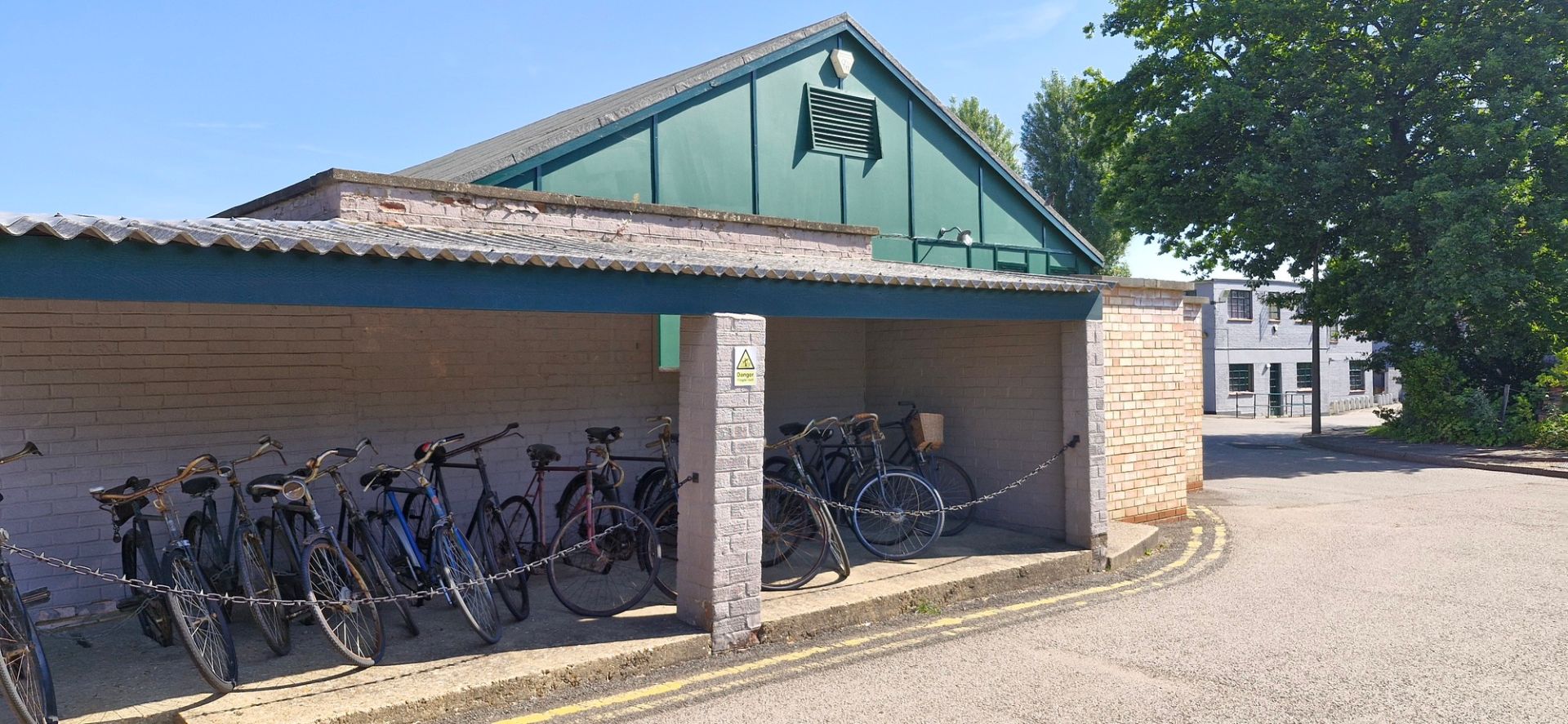
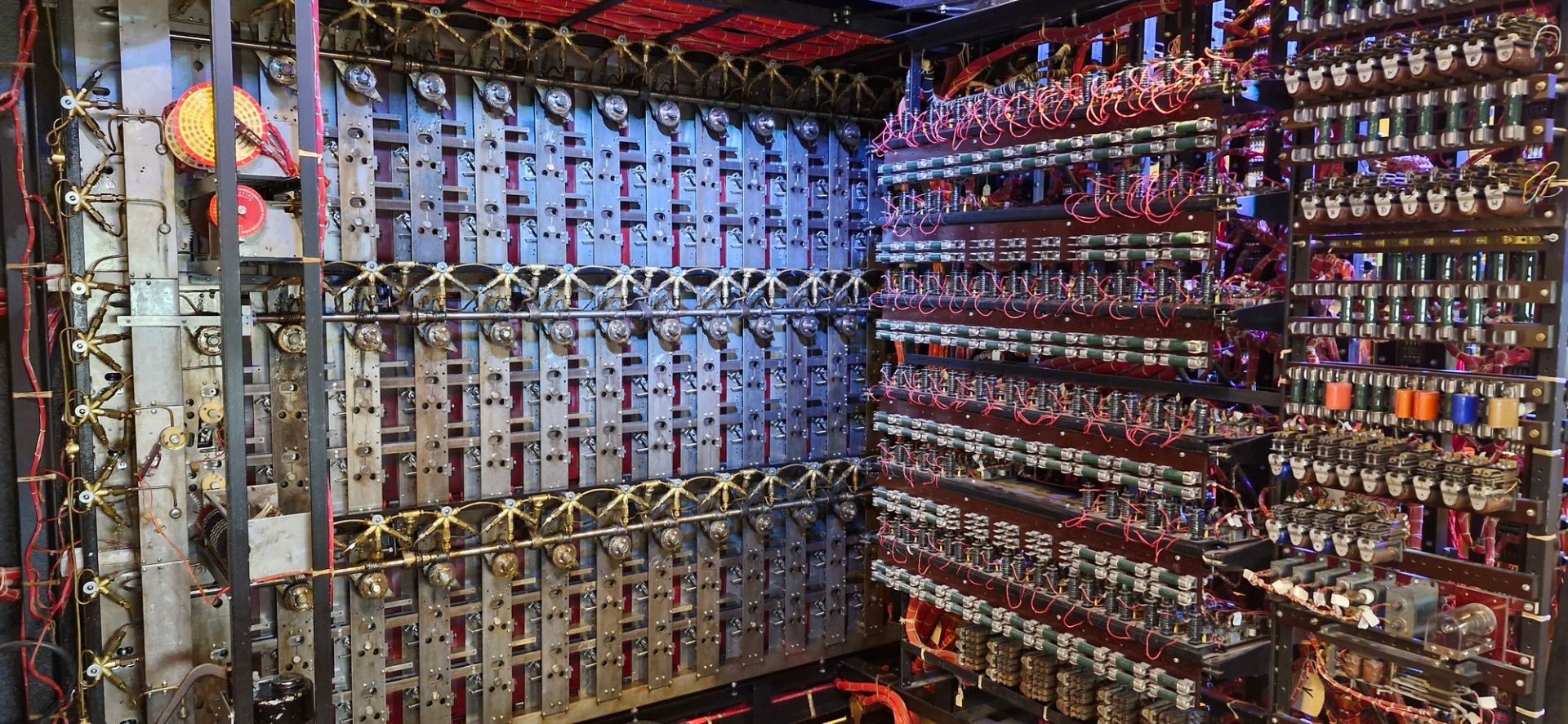

Shuttleworth Collection & Airshow
The Collection, housed in six huge hangars, includes early 20th century aircraft, cars, buses and motorbikes through to steam engines and farm machinery. On this 60 acre site there is also Shuttleworth House and the beautiful Swiss Gardens. The Old Warden Aerodrome is unique in itself, with one of the only remaining grass airfields in the country. It offers a wonderful setting with picturesque views and stunning scenery that provides a perfect backdrop for air displays. The Summer Evening Airshow kicked off with warm, settled weather, a very exciting barnstorming display, some rare aircraft combinations, the old Edwardians and on the ground, visiting classic cars & motorbikes.
It’s a varied show and is always a favourite with the country picnic atmosphere, the changing light from sunny to cloudy and then the stunning pinks of sunset.
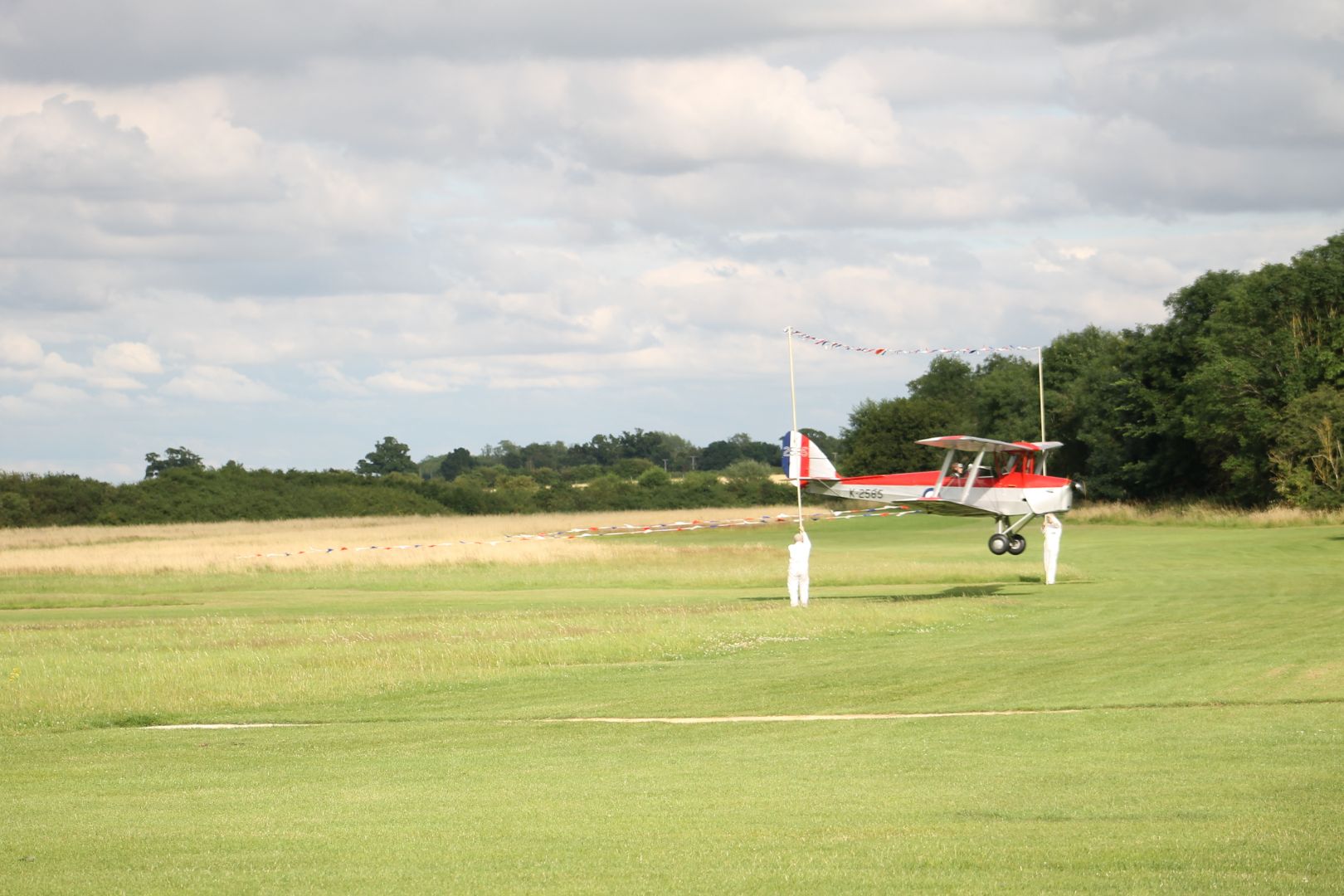

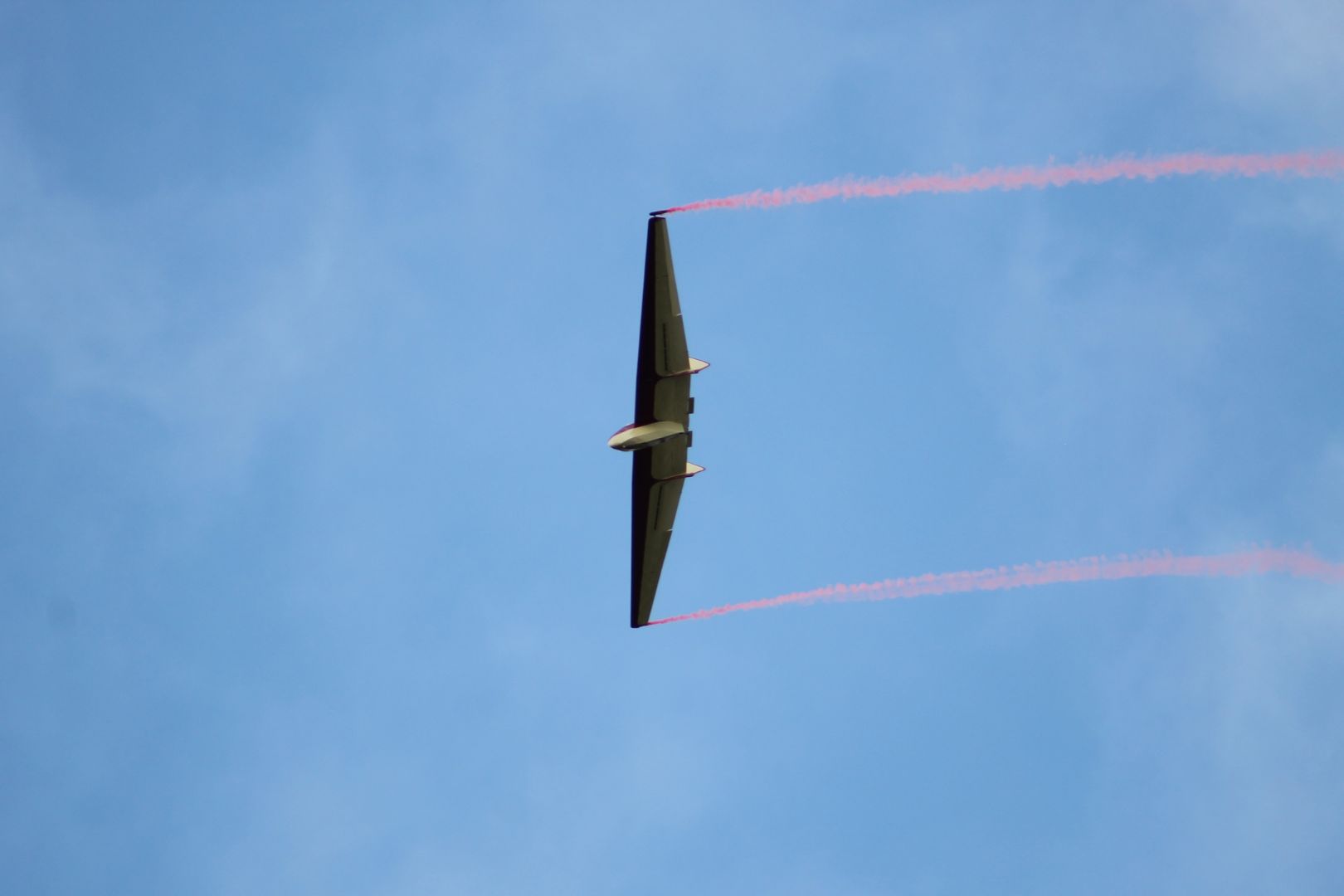




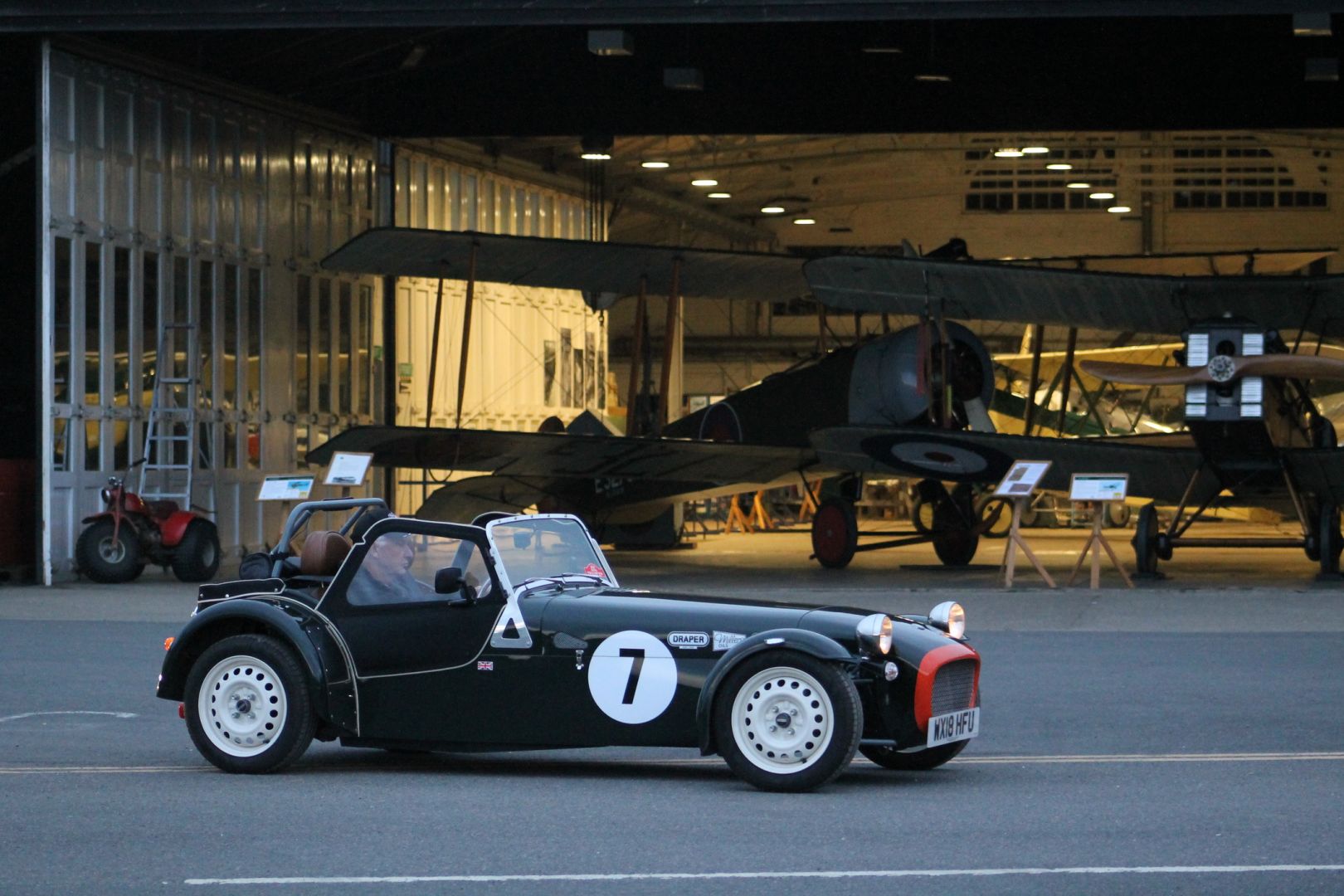
Royal International Air Tattoo
We spent the day at RIAT, the world's largest and most prestigious military air show. Spectacular in the air and on the ground with a two-mile-long static display and a fantastic line-up of international displays - 7 hours flying which we enjoyed from our Cotswold Club enclosure directly on the crowd line.

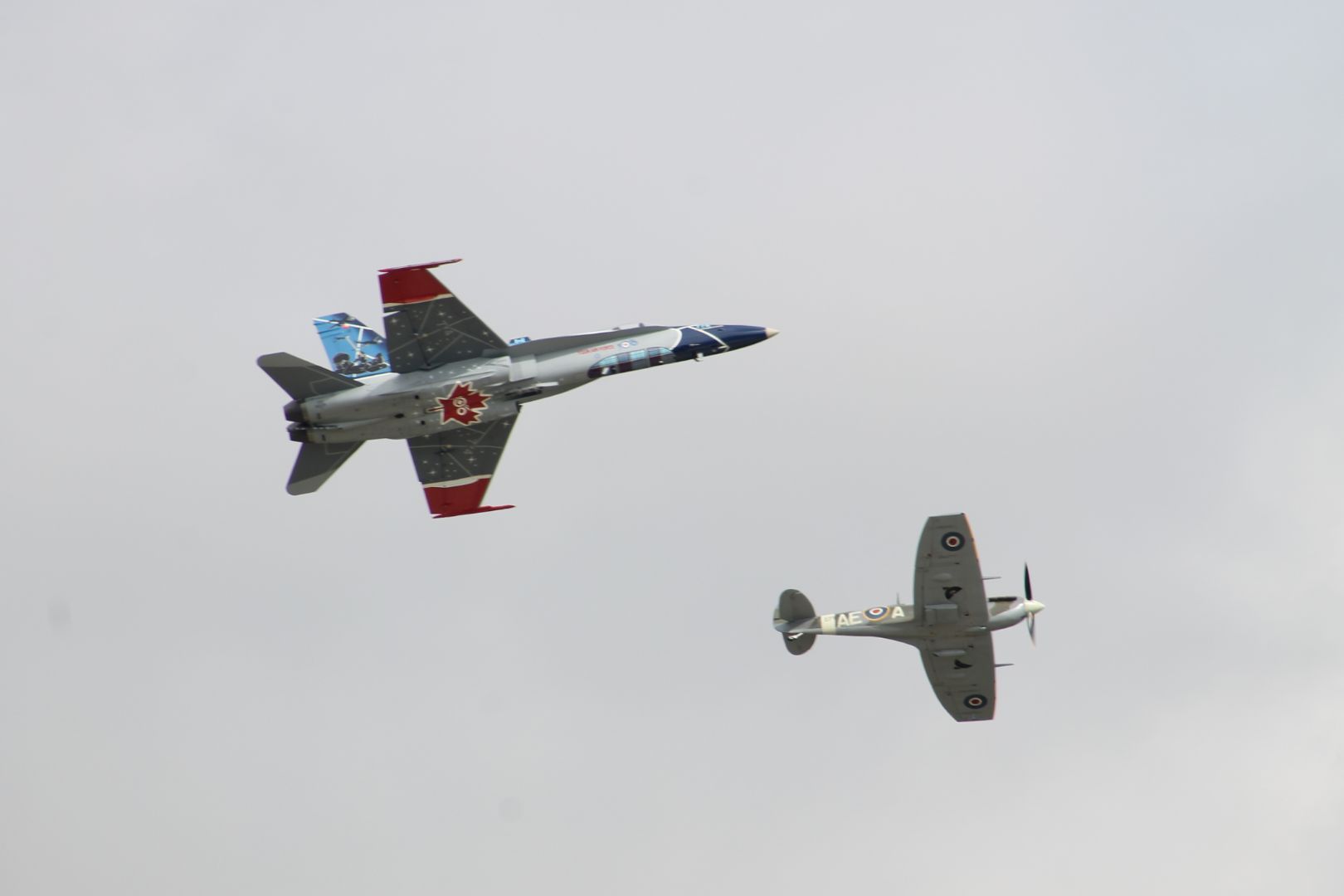
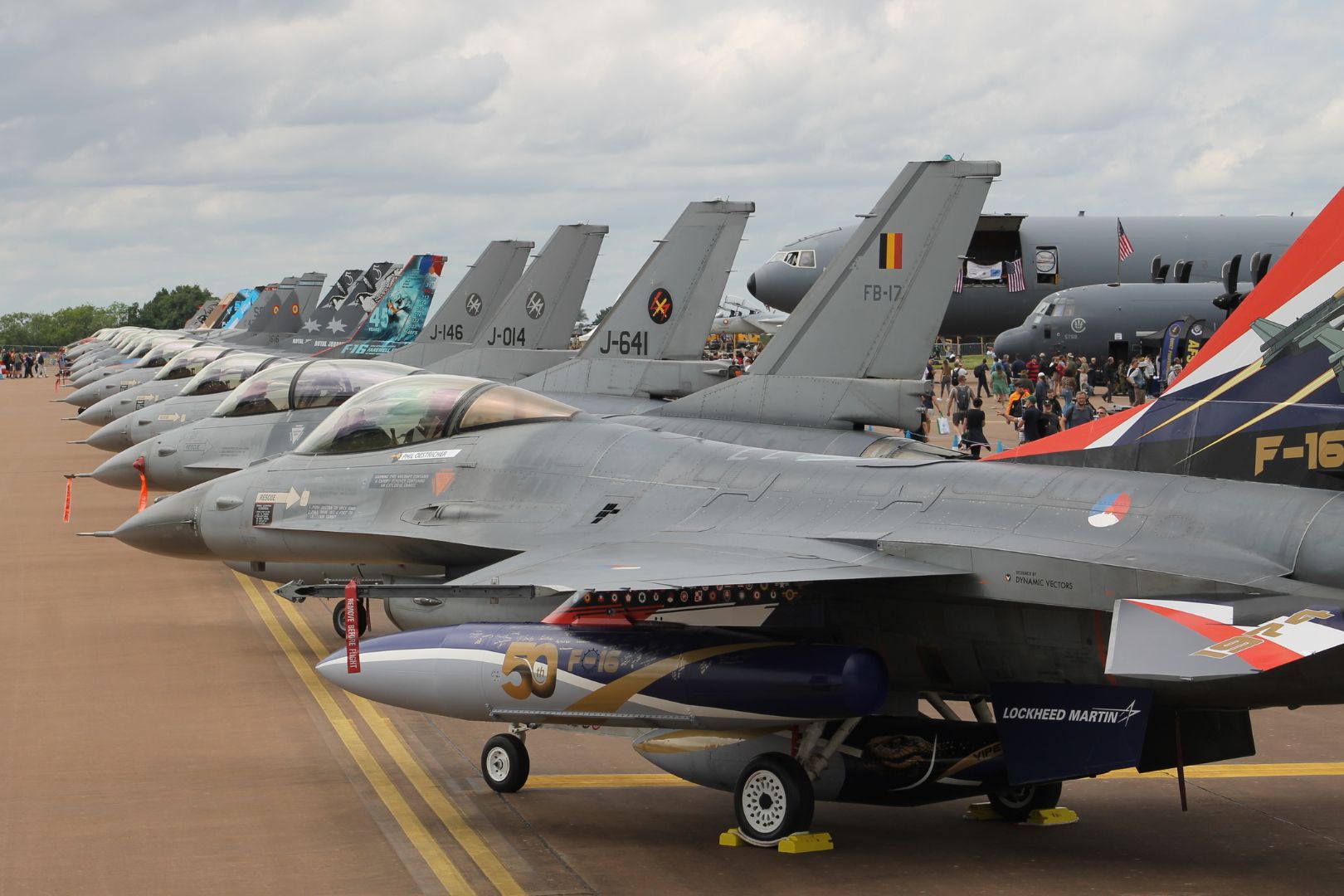

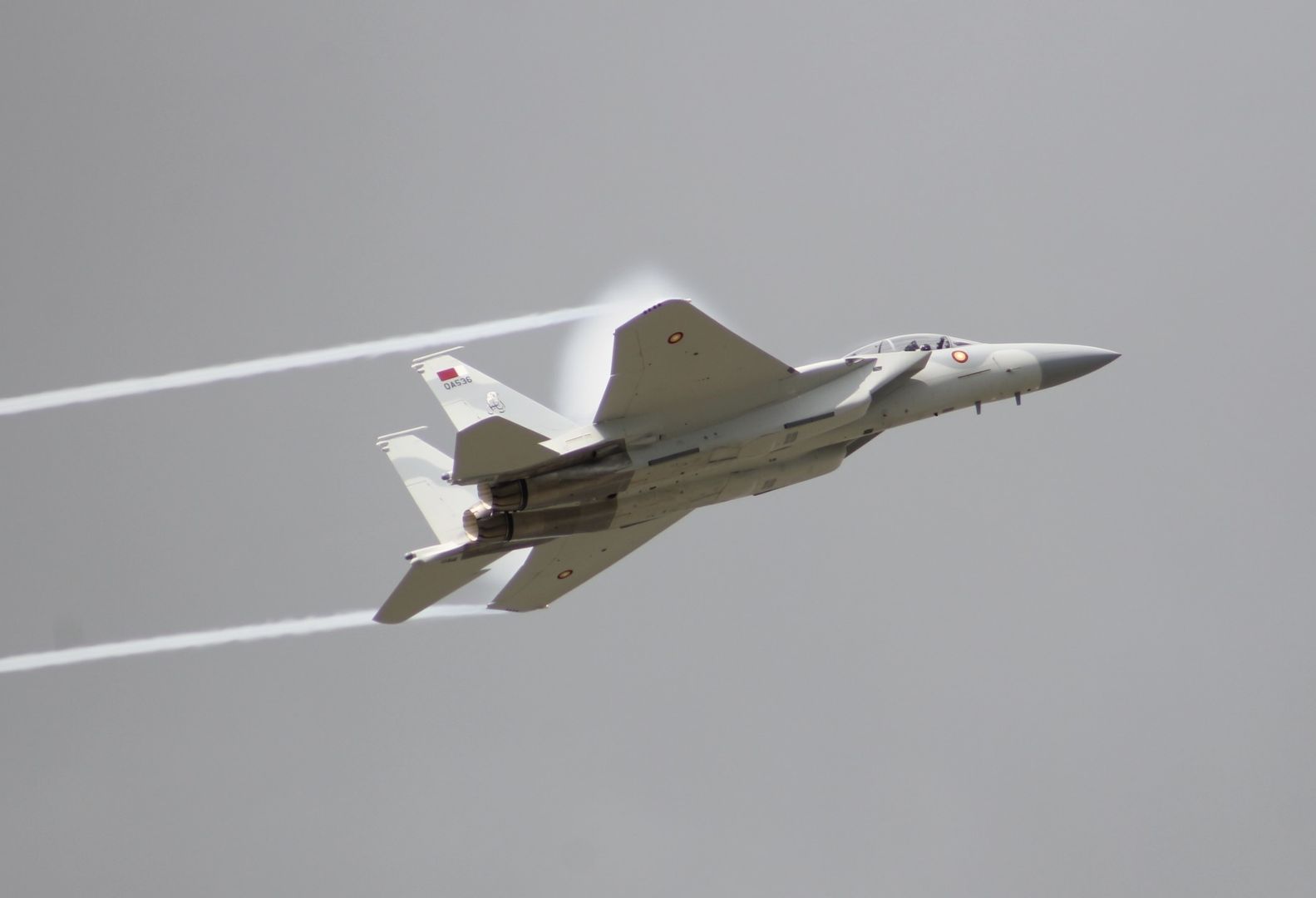
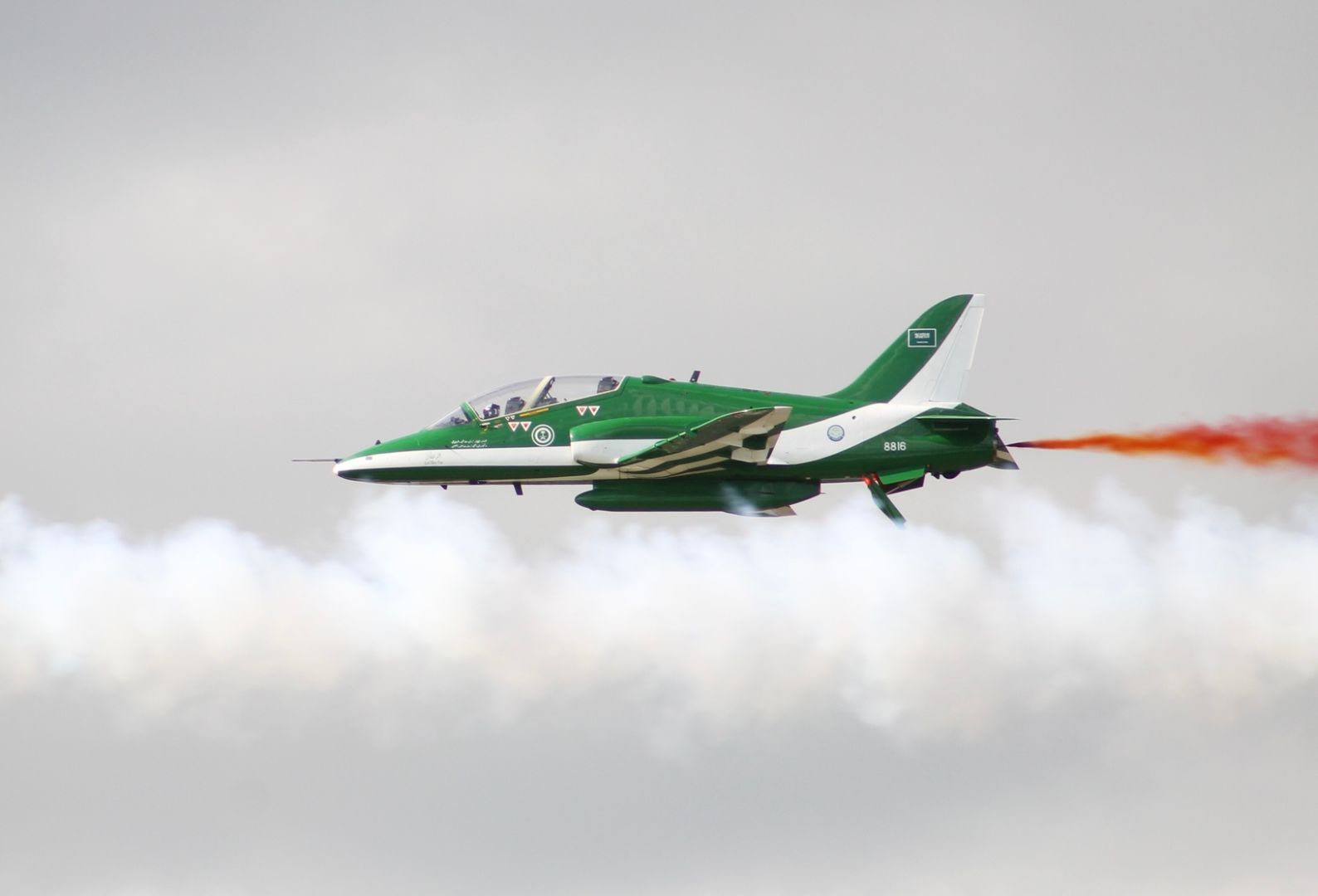
Battle of Britain Bunker
The Battle of Britain Bunker housed RAF Fighter Command’s No.11 Group Operations Room throughout the Second World War, the room from which most of the RAF Fighter Command’s side of the Battle of Britain was coordinated. Key decisions that would decide the fate of the nation were taken in the Bunker throughout 1940 and it was thanks to the tireless work of the plotters and controllers that the RAF’s fighter pilots managed to keep the Luftwaffe at bay. Our guided tour took us down 76 steps to see the original rooms and plotting table. Above ground is the state-of-the-art exhibition hall and two gate guardians, overlooked by the Sir Keith Park statue. Opposite the entrance to the bunker is the green gate though which Sir Keith would come from his cottage to the bunker, the cottage long gone to make way for a housing estate but the wall & gate remain in memory.
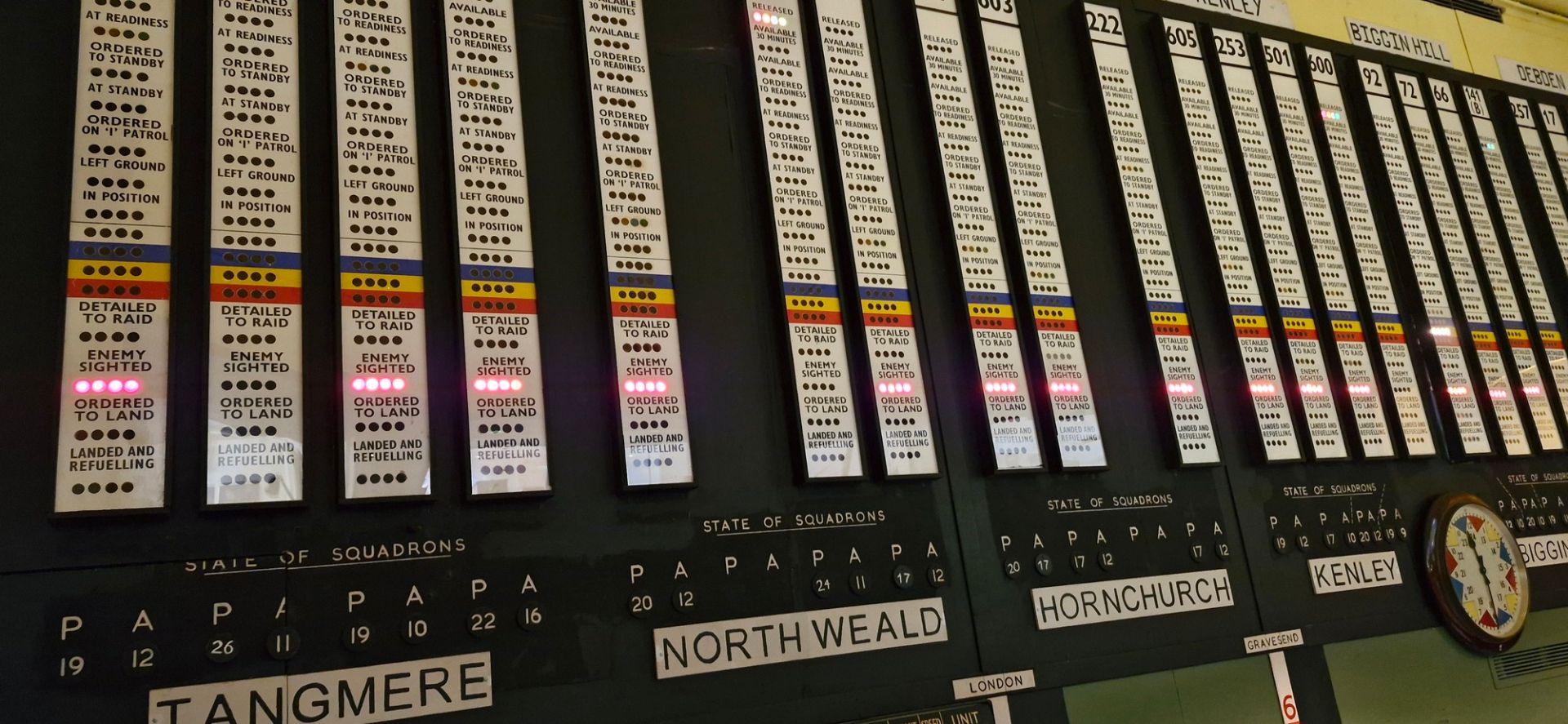
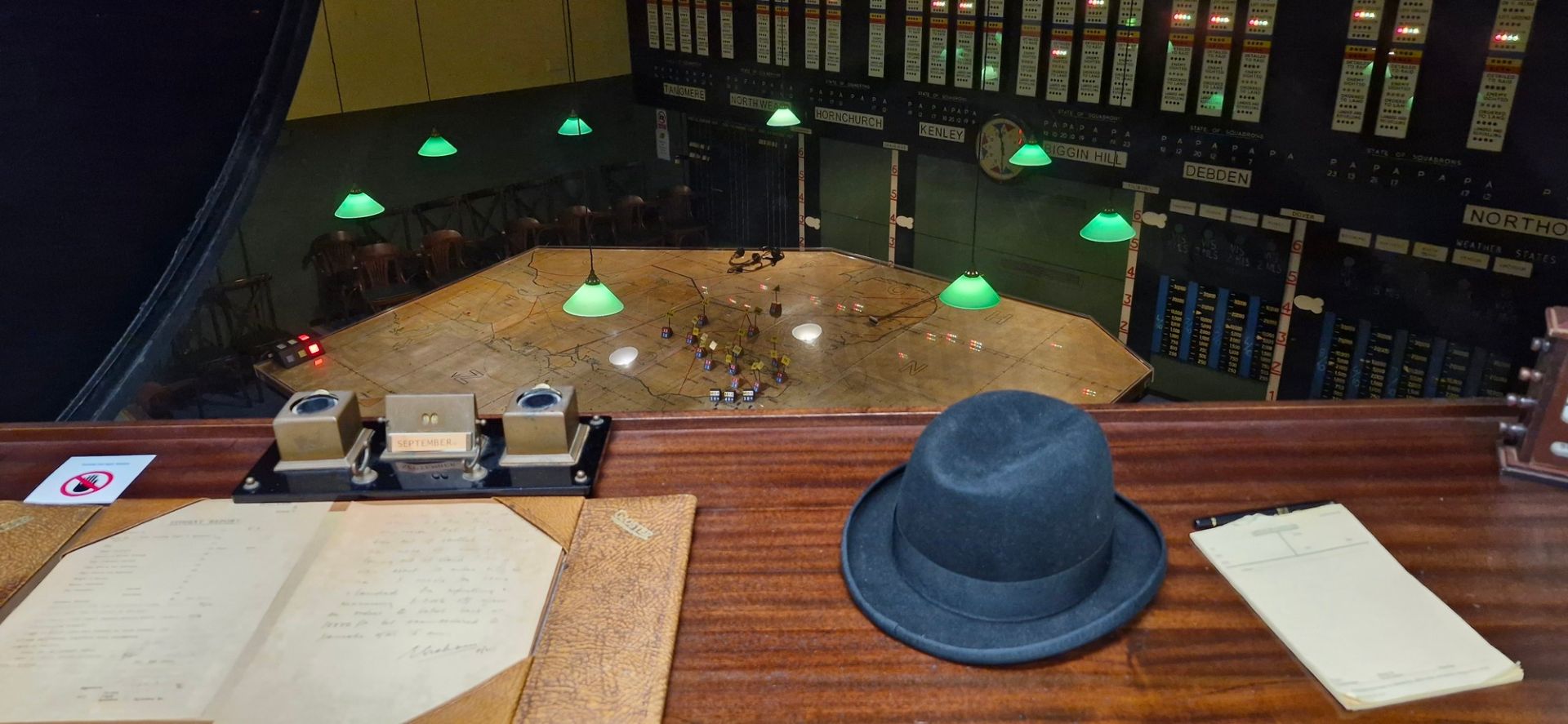
A chilling moment with all lights on "enemy sighted" and Churchill's room although he liked to be in the central window most of the time.
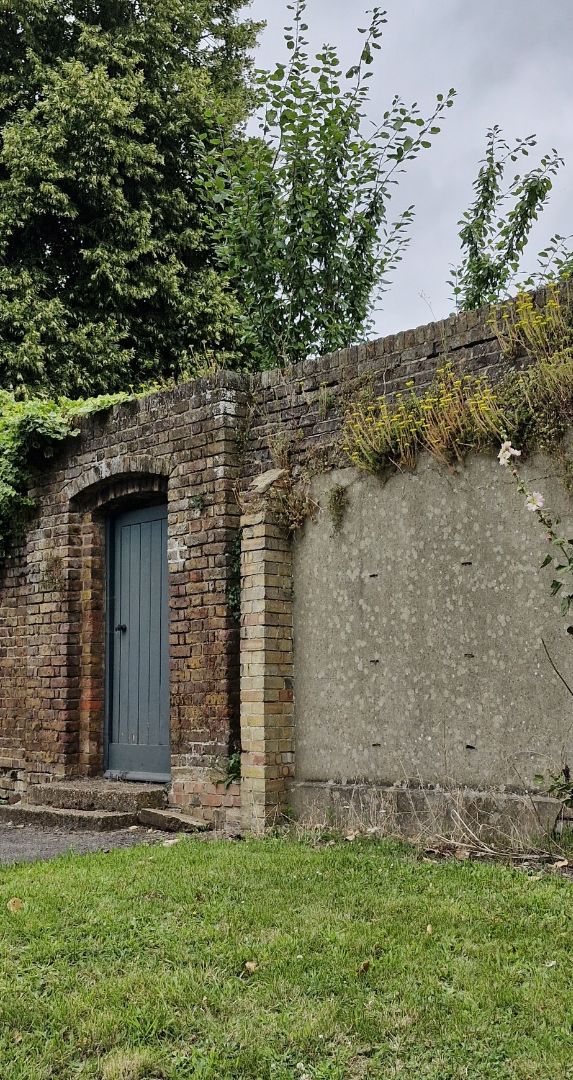
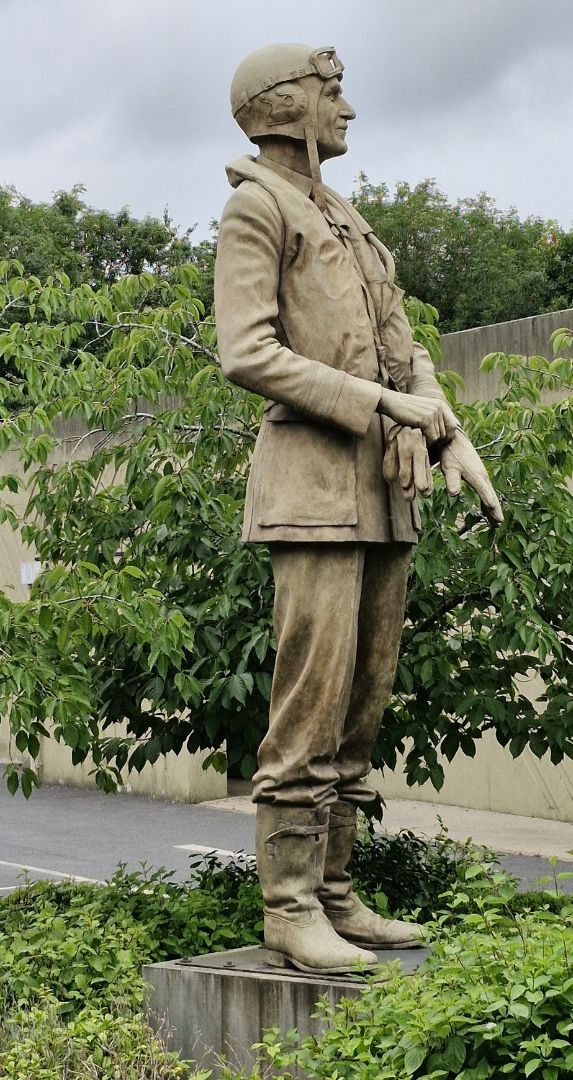
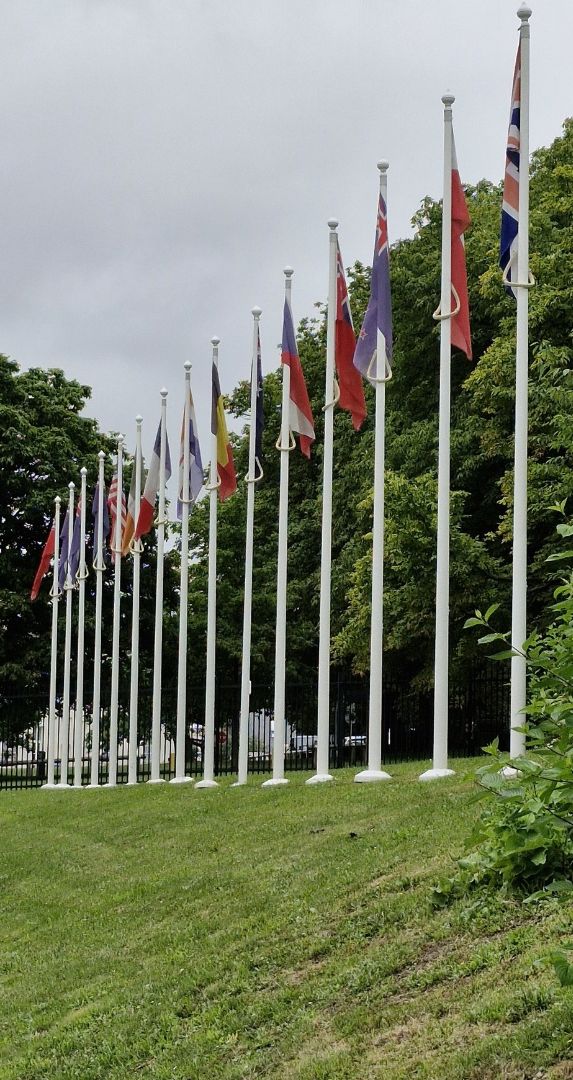
RAF Museum Hendon - The Cradle of Aviation
In 1909 a local company, Everett & Edgcombe, built an aeroplane. To accommodate it they built a shed in a field at the end of Colindale Avenue. By October 1910 a large area had been cleared and other organisations were using the airfield, including a school founded by Louis Bleriot, the first person to fly an aeroplane across the English Channel. And so began Hendon's long aviation history. The museum was opened in 1972 with 36 aircraft, the collection now increased to over 100 and contantly changing with aircraft moving between here & RAF Cosford or stored in the reserve collection.
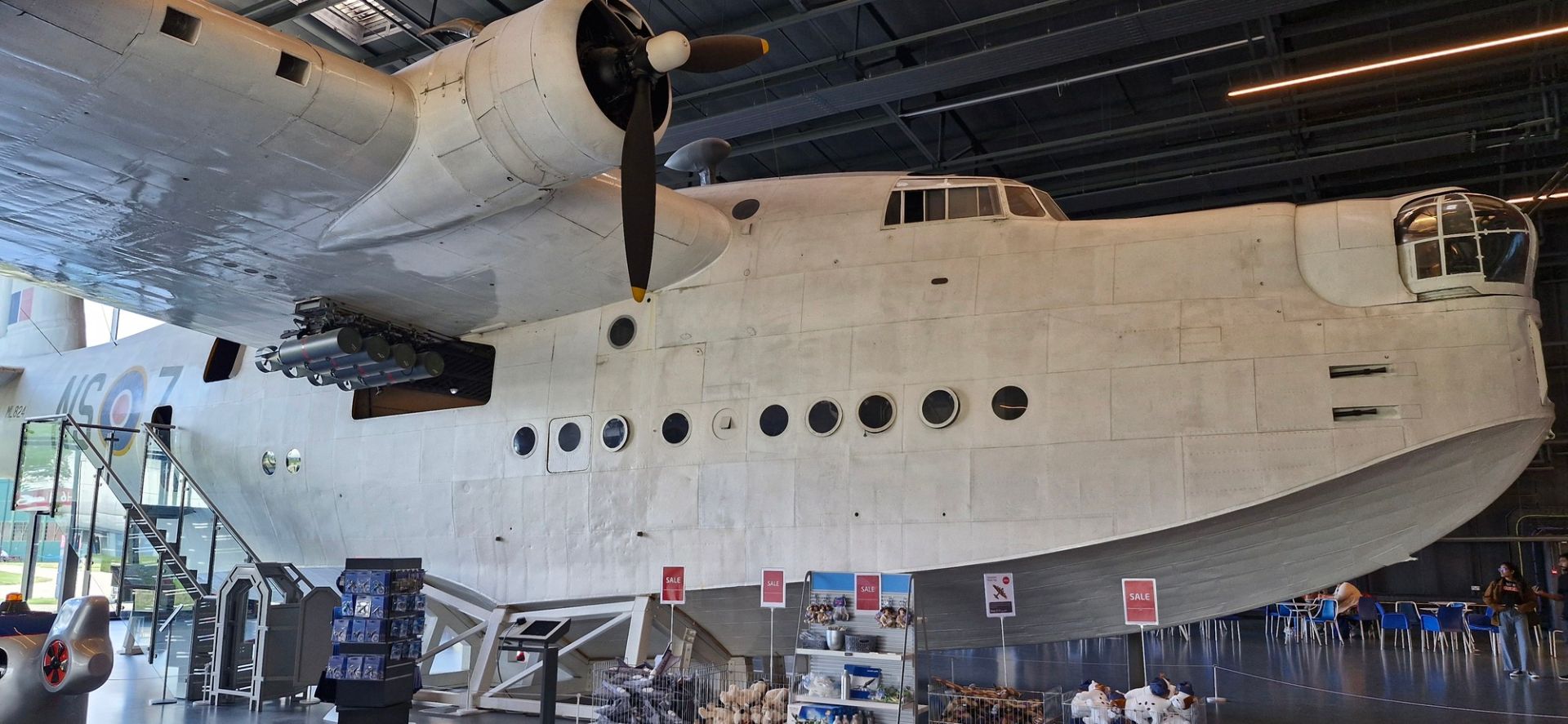
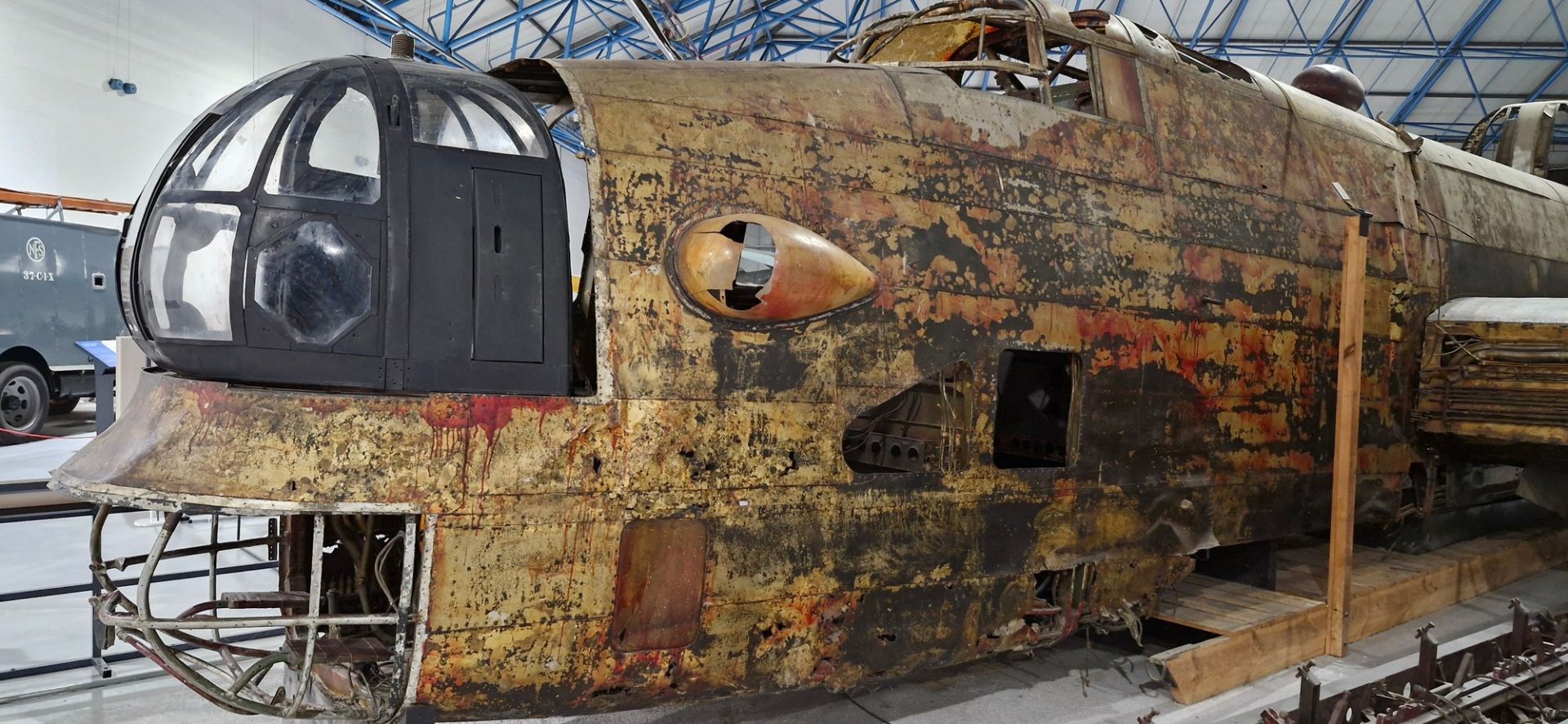
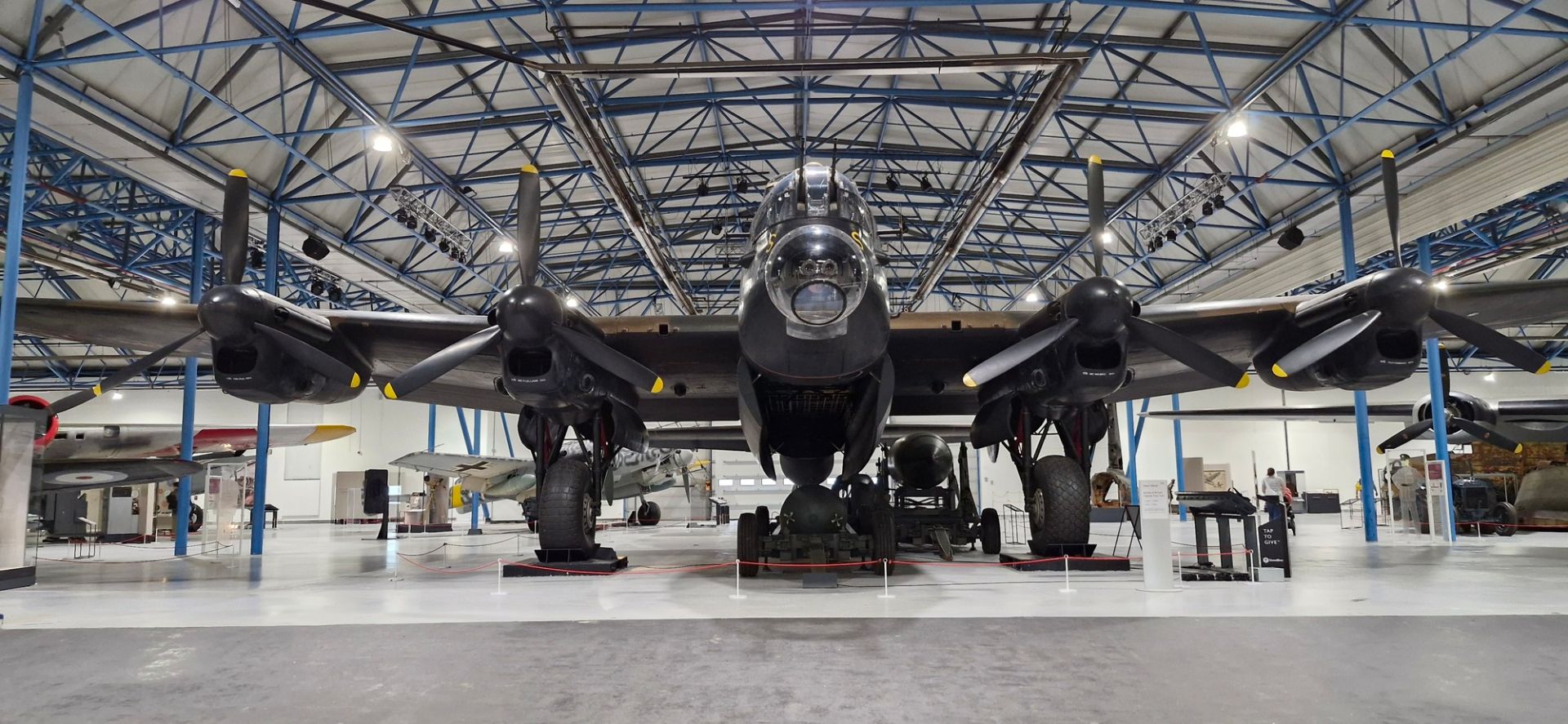
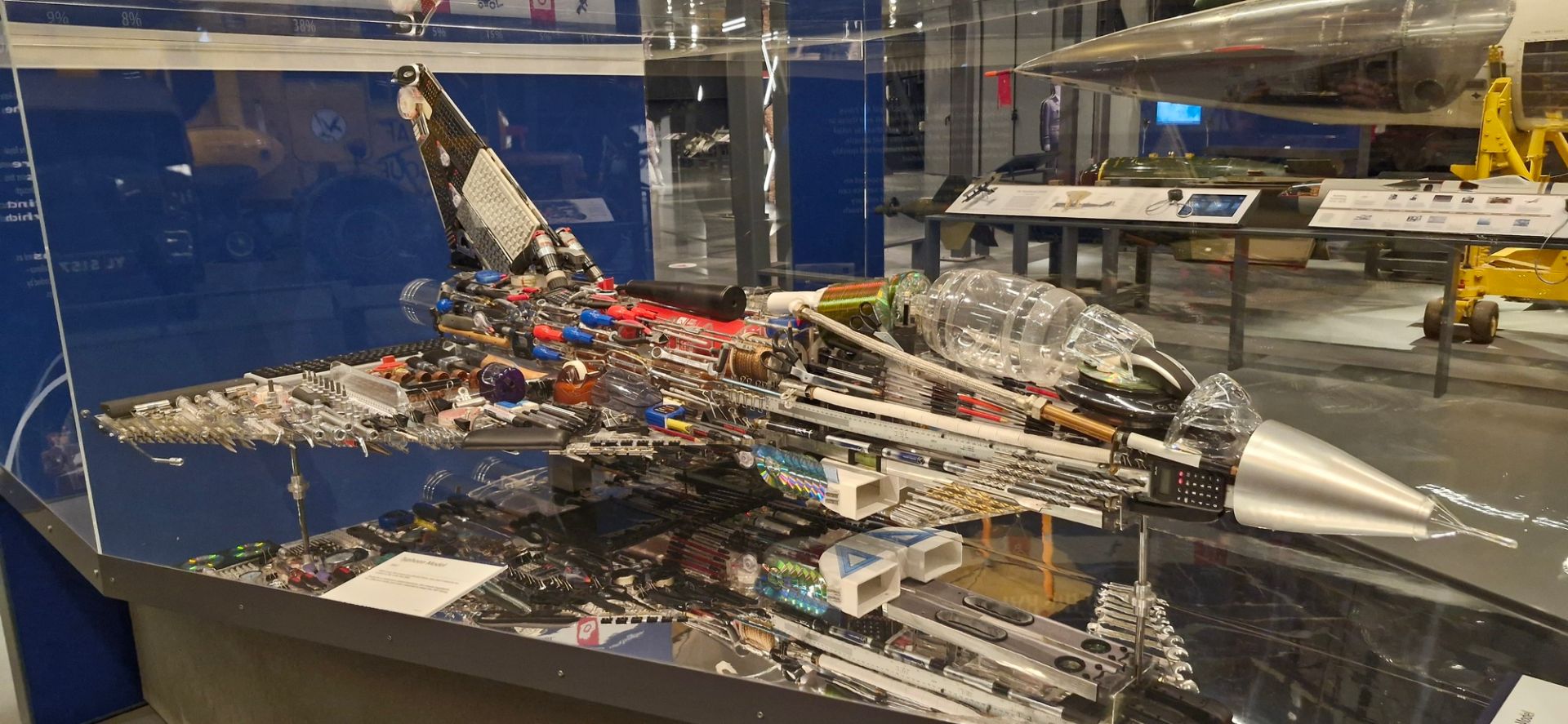
After our farewell dinner and a final good nights sleep, we parted company, some home and some continuing on their travels.
Our lovely travelling companions for 2024 at Lincs Aviation Heritage Centre
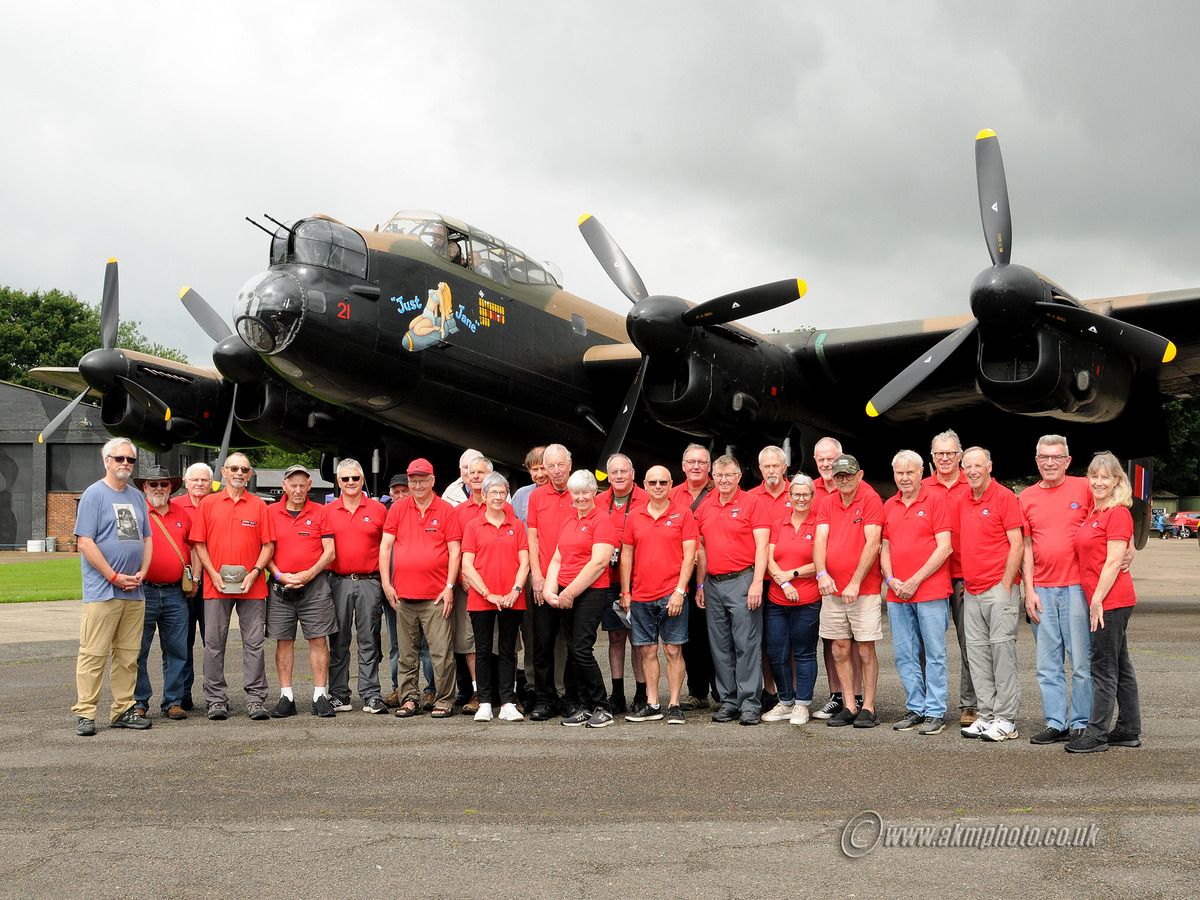
Thank you for choosing us to share your adventures, we hope to see you again soon.
Kev & Mel
For more pictures please see our Facebook Albums

